Knotless braids have surged in popularity as a go-to protective hairstyle, celebrated for their versatility and gentler touch on the roots compared to traditional braiding methods. However, as Valentine's Day approaches and many seek perfect, romantic hairstyles, a common question arises in beauty forums and salon conversations: "Why do knotless braids look scalpy?" This puzzling trend can be a concern, especially when aiming for a flawless look for such a special occasion. This article delves into the reasons behind the scalpy appearance of knotless braids and provides insight into achieving a fuller, more seamless look, ensuring your hairstyle is as stunning as your Valentine's Day plans.
Understanding Knotless Braids
Knotless braids are a variation of the classic box braids, as the name suggests, they begin without the small knot used to anchor traditional braids. Instead, hair is braided seamlessly with the natural hair, gradually feeding in synthetic braiding hair as the braid flows down, creating a smoother and more natural transition from the scalp. The benefits of this style include:
●Reduced tension on the scalp.
●Less risk of breakage.
●A more natural look as it moves with the wearer's natural hair.
Factors Contributing to the Scalpy Look
Several elements might lead to a scalpy appearance in knotless braids; recognizing them will help you get the ideal results.
Natural Spacing of Hair Follicles
Everyone's hair density differs; some have more hair follicles per square inch than others. Those with naturally lower hair density may notice their knotless braids appear more scalpy because less hair covers the scalp.
Hair Density and Braid Size
The interplay between hair density and braid size is pivotal. Larger braids on sparse hair will inevitably show more scalp, as there's less hair to distribute across the braid's base. Conversely, braids that are too small can also exacerbate the issue by creating more part lines, which reveals more scalp.
Influence of Tension and Technique
The braiding process itself can also affect the finished look. Too tight braids can cause the hair to recede slightly from the hairline, exposing more of the scalp. Moreover, uneven tension while feeding in additional hair can create gaps that make the braids look scalpy. Thus, a consistent technique is critical.
Maintenance Habits
Maintaining their knotless braids can lead to a scalpy appearance over time. For instance, frequent washing without proper care can lead to frizz and loosen the braids, making the parts appear wider.
You May Also Like: How to wash knotless braids >>
How to Minimize the Scalpy Look in Knotless Braids
Minimizing the scalpy look in knotless braids is crucial for achieving a look as aesthetically pleasing as comfortable. Here are detailed steps and considerations to ensure your knotless braids are full and natural-looking:
Selecting the Right Braid Size for Hair Density
When it comes to braiding, one size does not fit all. Smaller braids can highlight the scalp if your hair is thin. However, larger braids may appear heavy and unnecessarily spaced out. A skilled stylist can help you select a braid size that complements the density of your hair, ensuring that each braid is proportionate and provides enough coverage. At JALIZA Wig Store, we understand the importance of variety and authenticity when it comes to choosing the right wig. Our knotless braid wigs are a perfect fusion of traditional braiding methods and modern aesthetics, ensuring a seamless, natural appearance that aligns with the latest trends.
Mastering Parting Techniques
How your hair is parted before braiding can significantly impact the final look. Here are some parting strategies:
● Brick-Layer Pattern* As mentioned, parting the hair in a staggered pattern so that each braid falls between the parts of the row above can help cover the scalp effectively.
● Triangle Parts* Another stylish option is triangle parts, which can offer a unique look while still providing ample scalp coverage.
● Curved Parts* Curved parts follow the shape of the head more naturally, which can help distribute the hair more evenly and prevent a scalp appearance.
You May Also Like: How to part medium knotless braids >>
Balancing Tension
Tension is a difficult balance with knotless braids. Too little, and the braids may slip; too much, you risk hair breakage and a scalpy appearance. The goal is to keep the base of the braid secure while not straining on the scalp. It's a technique that can be refined with practice or by hiring an experienced braider.
The Role of Extensions
The type and quality of braiding hair used can also affect the look of your braids. Higher-quality hair may be less prone to frizzing and maintain a smoother, more uniform appearance, which helps keep the braids looking less scalpy.
Handling New Growth
New growth is inevitable, but how it's managed can affect the longevity of your braids' appearance. Gentle detangling and applying a light gel to new growth can temporarily tame flyaways and keep braids looking neat.
Professional Styling Tips
Stylists often have their tips and tricks to prevent a scalpy look:
● Feathering the Ends of Extensions* This involves tapering the ends of the braiding hair so that as it is fed into the braid, it creates a more natural, graduated effect, which can help make the overall style appear fuller.
● Using a Mirror* Check the appearance of your braids from all angles with a handheld mirror as you go. This can help ensure that the parts are evenly spaced and that the braids cover the scalp as intended.
Scalp Care
Finally, maintaining a healthy scalp improves the overall appearance of your braids. Regular cleansing with a gentle shampoo, followed by a soothing scalp oil, will keep the skin beneath your braids healthy, boosting hair development and naturally minimizing the scalp appearance as your hair grows thicker.
Creating knotless braids that minimize scalp visibility is about strategic planning and ongoing care. From the initial parting to the final maintenance, each step significantly ensures your braids are beautiful, comfortable, and flattering. With patience and attention to detail, you can achieve a set of knotless braids that look as good as they feel without worrying about them appearing scalpy.
You May Also Like: How to do boho knotless braidss >>
The Impact of Hair Type and Scalp Health
Different hair types influence the appearance of knotless braids. For example, those with highly curled or coiled hair may find that their braids appear less scalpy since their natural hair offers greater volume at the roots. Furthermore, maintaining a healthy scalp with frequent cleansing and moisturizing helps increase hair growth, resulting in fuller-looking braids. The braid wigs available at JALIZA are a testament to our dedication to versatility and style, allowing you to effortlessly switch up your look without compromising on comfort or quality.
Conclusion
Knotless braids are a fashionable and protective hairstyle that can look great on anyone when done correctly. A scalpy appearance can result from various factors, including hair density, braid size, technique, and maintenance. You can achieve a beautiful, non-scalpy finish by selecting the right braid size, using proper parting techniques, balancing tension, and performing routine maintenance. JALIZA Wig Store stands as a beacon of excellence in the world of premium wig products, catering specifically to the beauty and style needs of black women. In addition to our knotless braided wigs, we take pride in our selection of braided boho wigs. Our comprehensive collection is carefully designed to meet the unique preferences of black women, offering an array of braided boho wigs that capture the essence of bohemian chic with an effortless charm.
Always discuss your needs with an experienced hairdresser who can provide individualized guidance and help you understand the choices that will work best for your hair and scalp. With their expertise, you can enjoy the full benefits of knotless braids and wear them confidently.


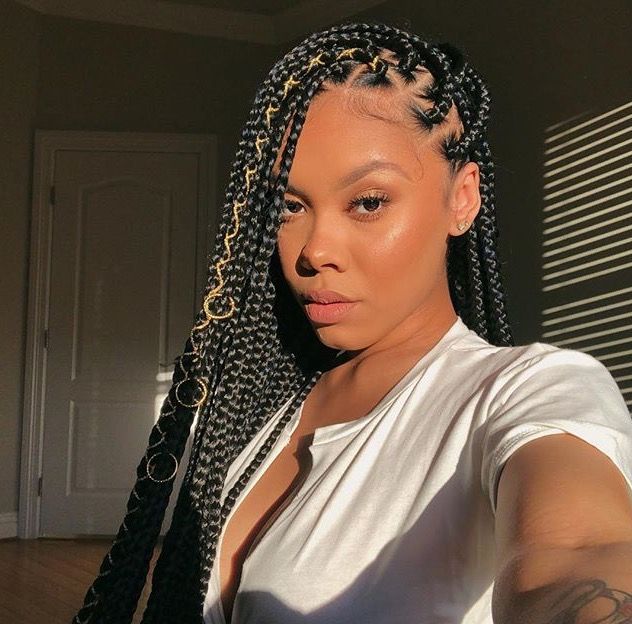
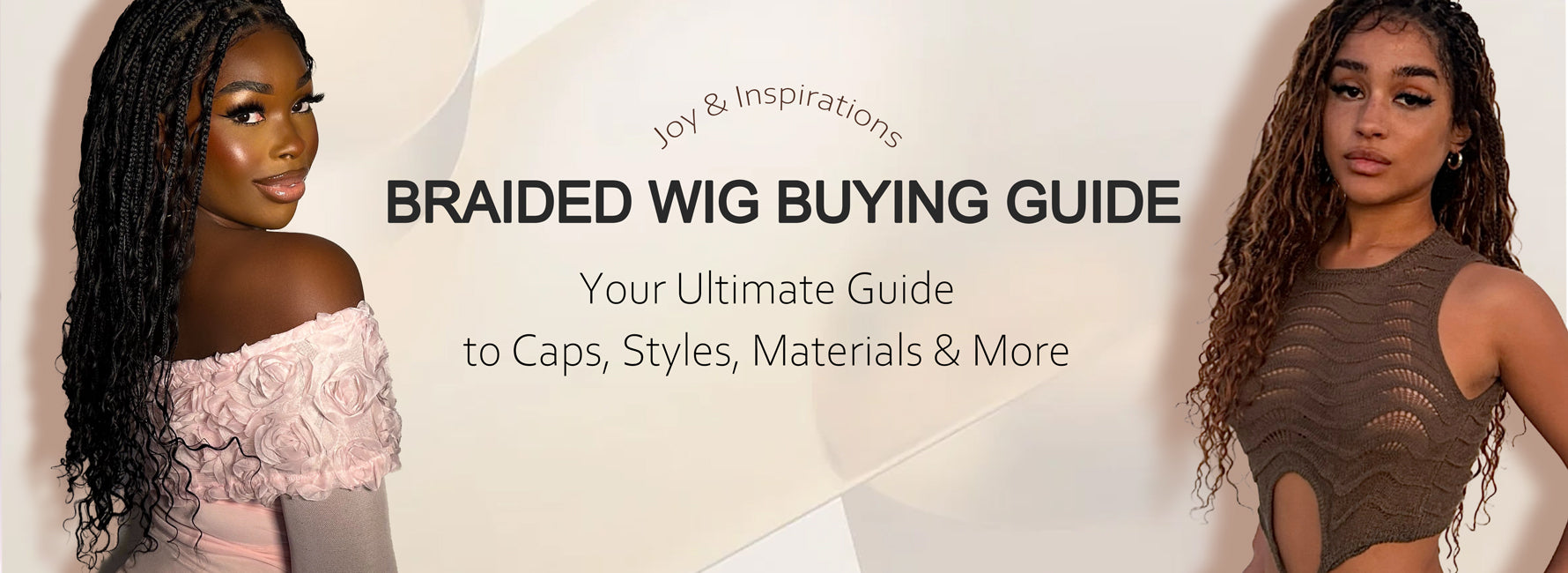
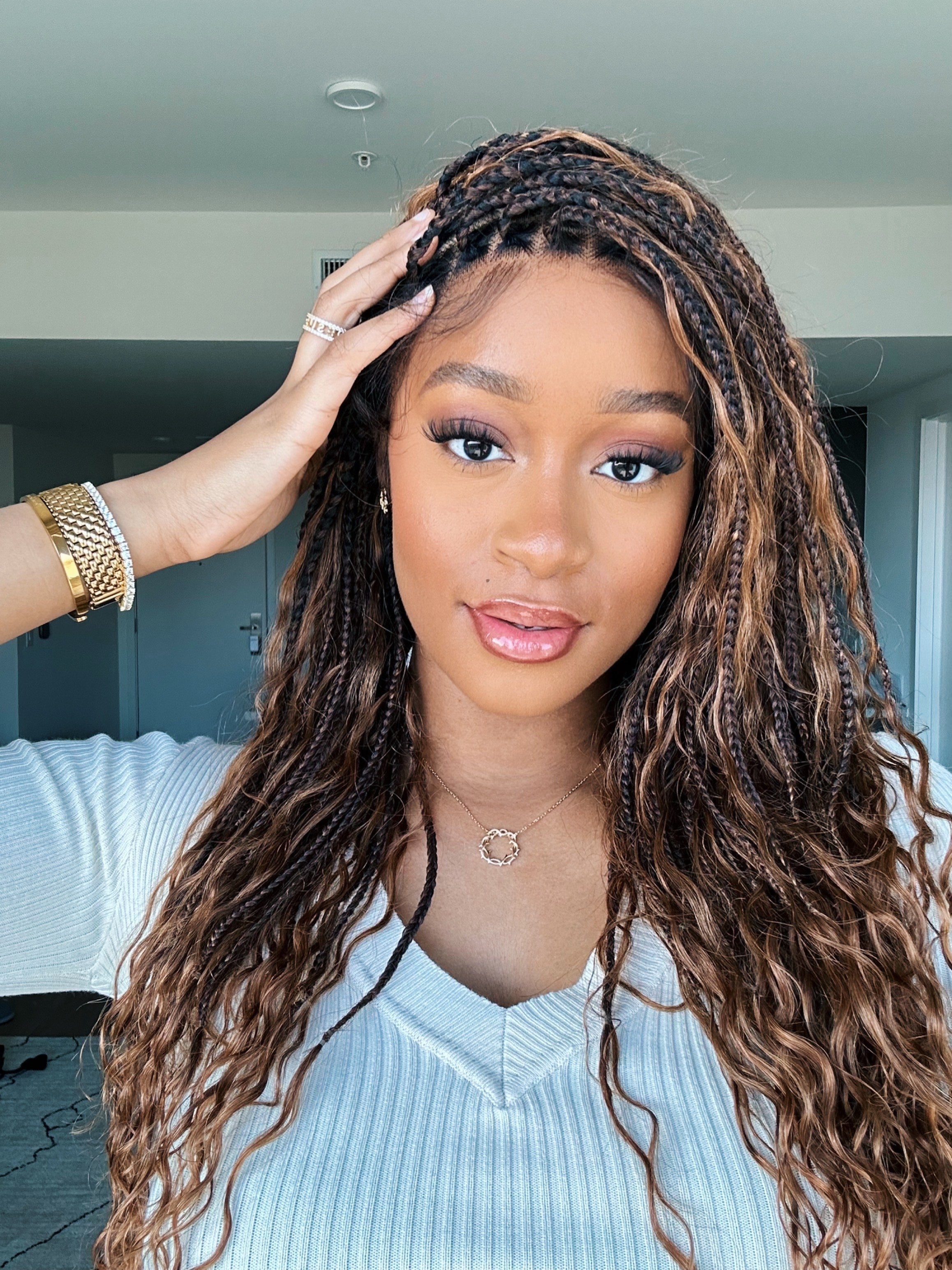

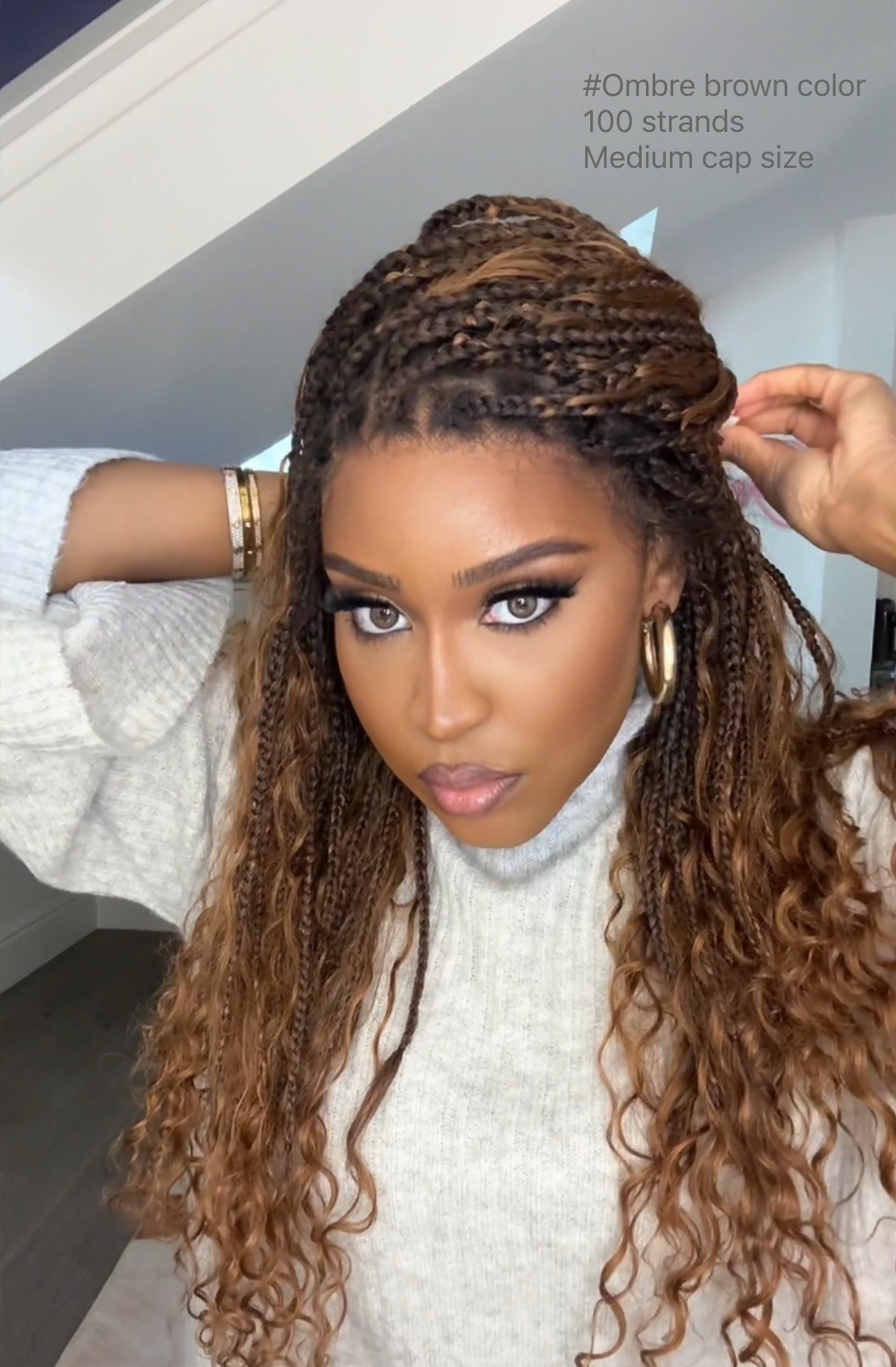
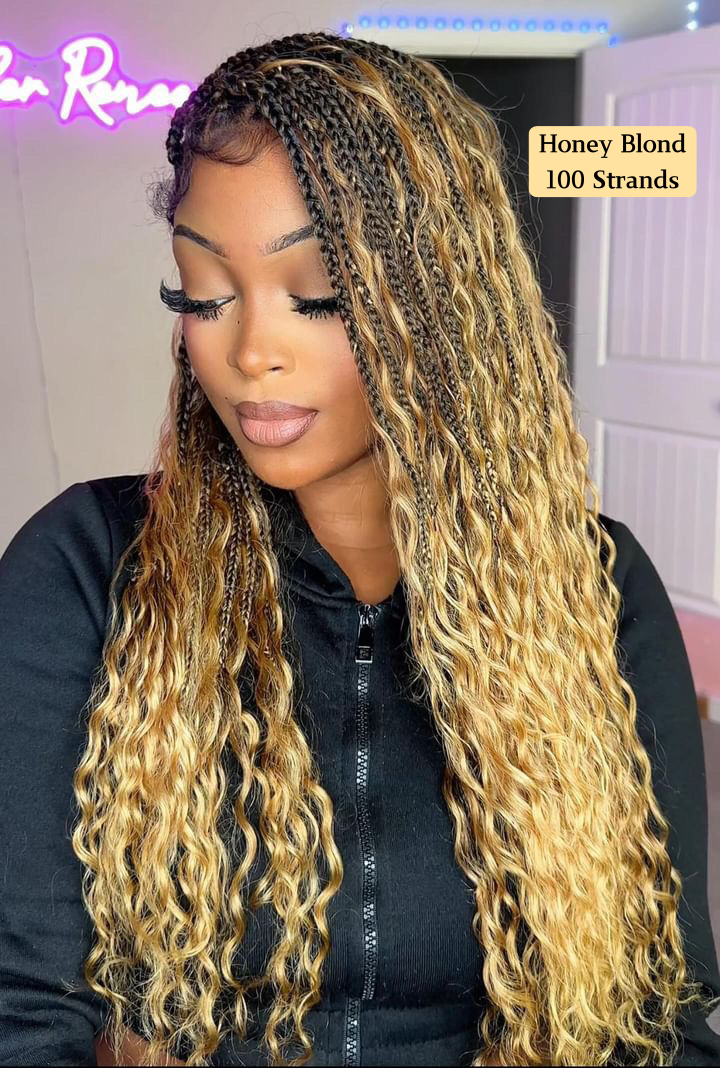
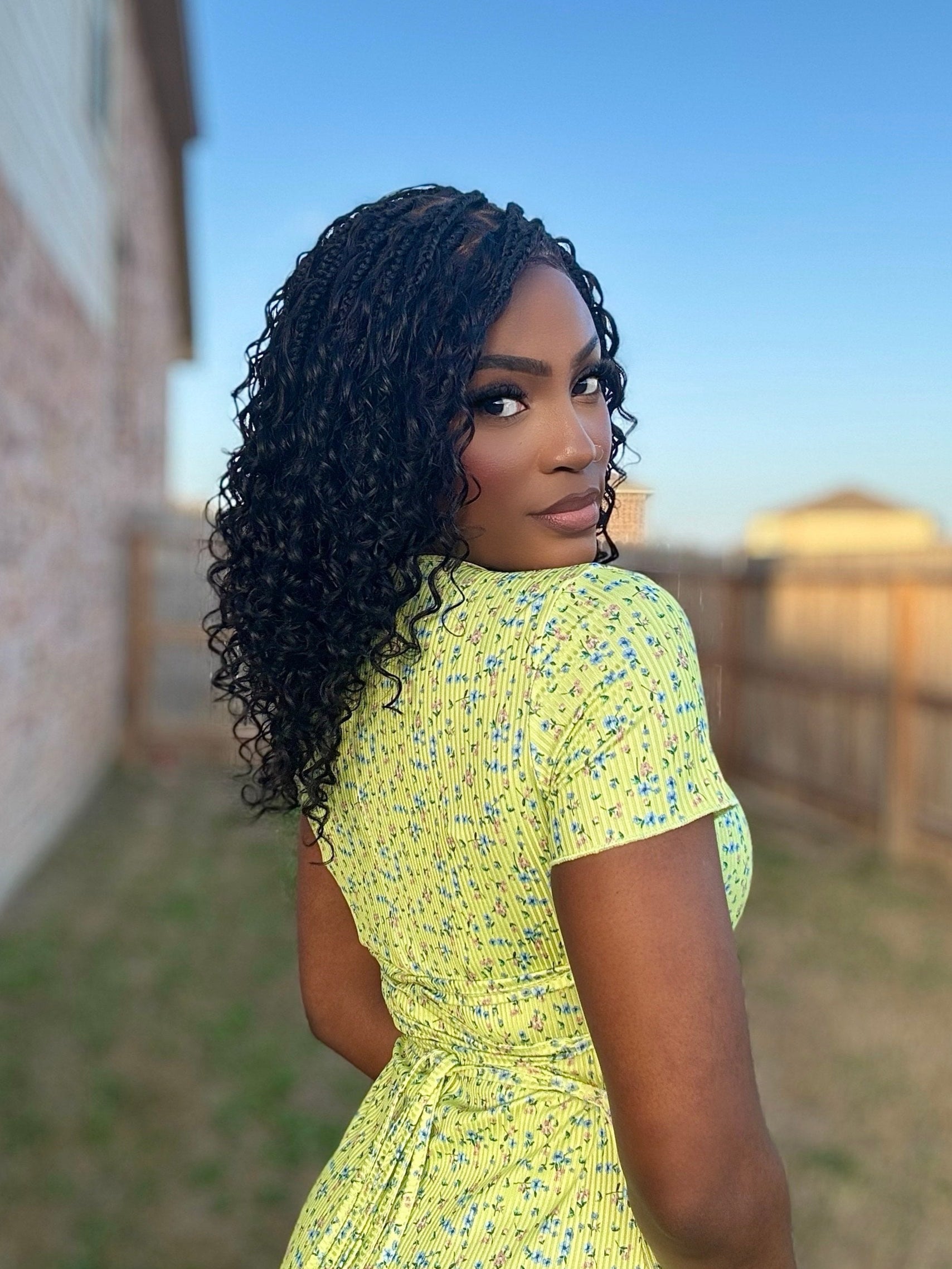
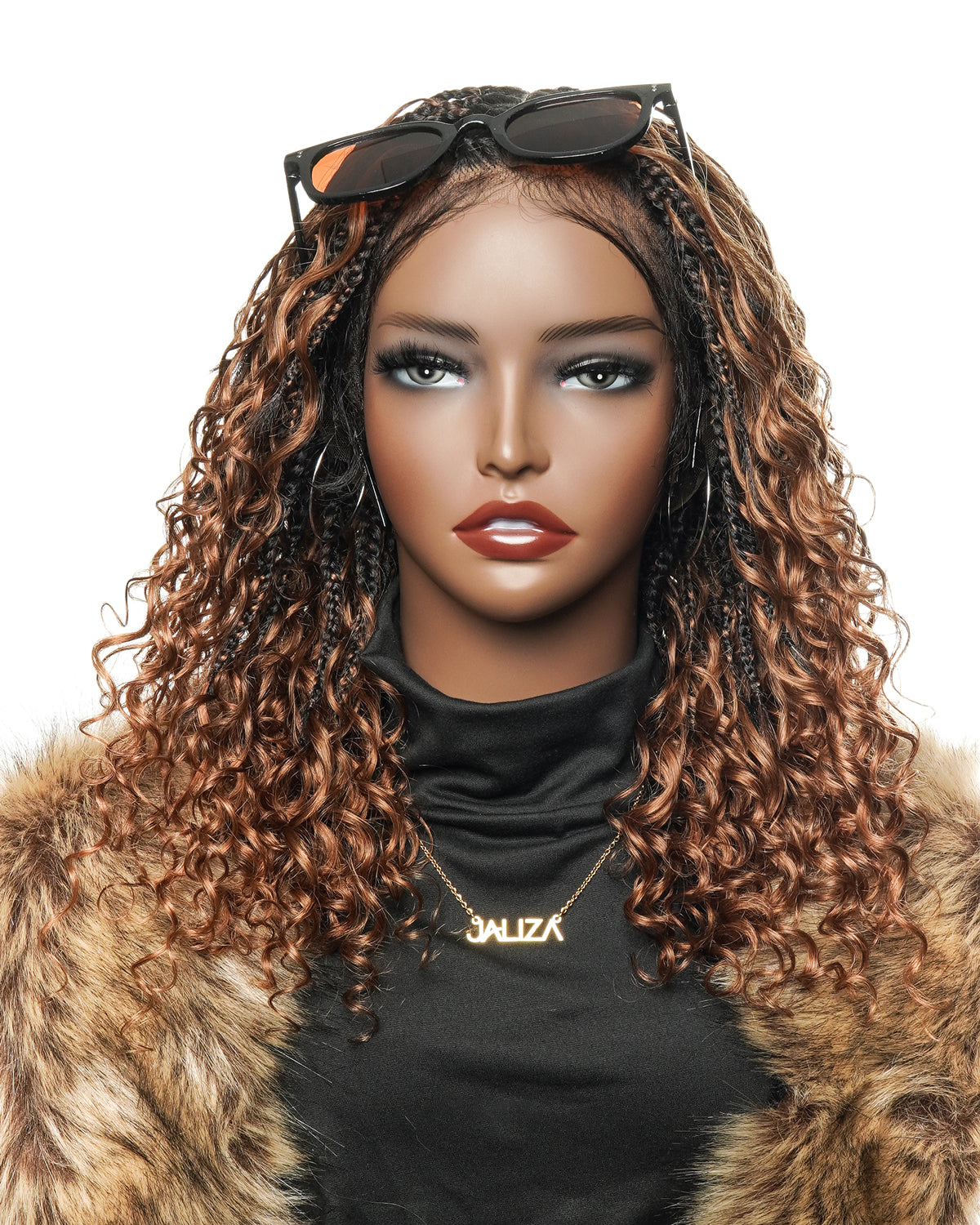
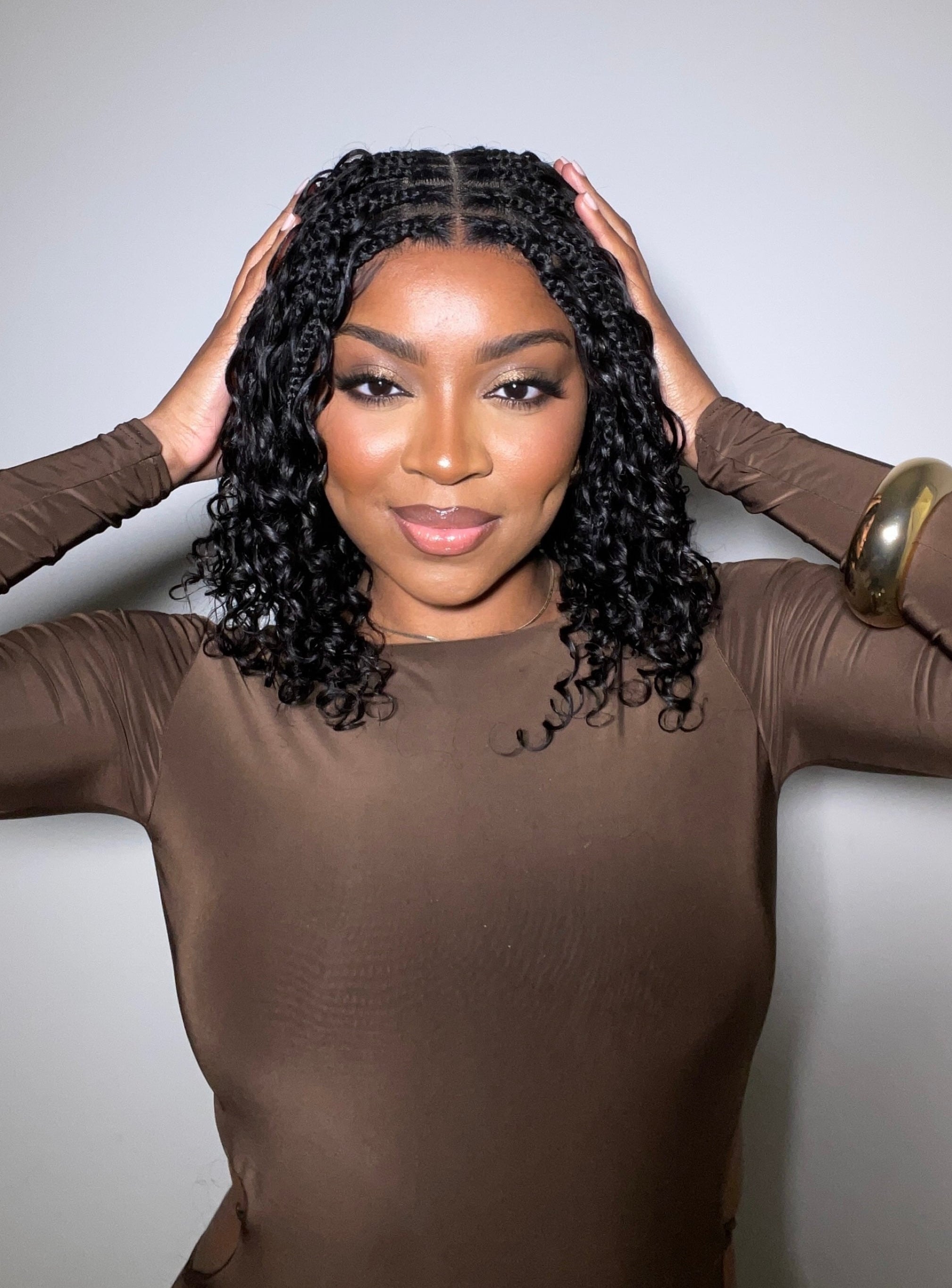
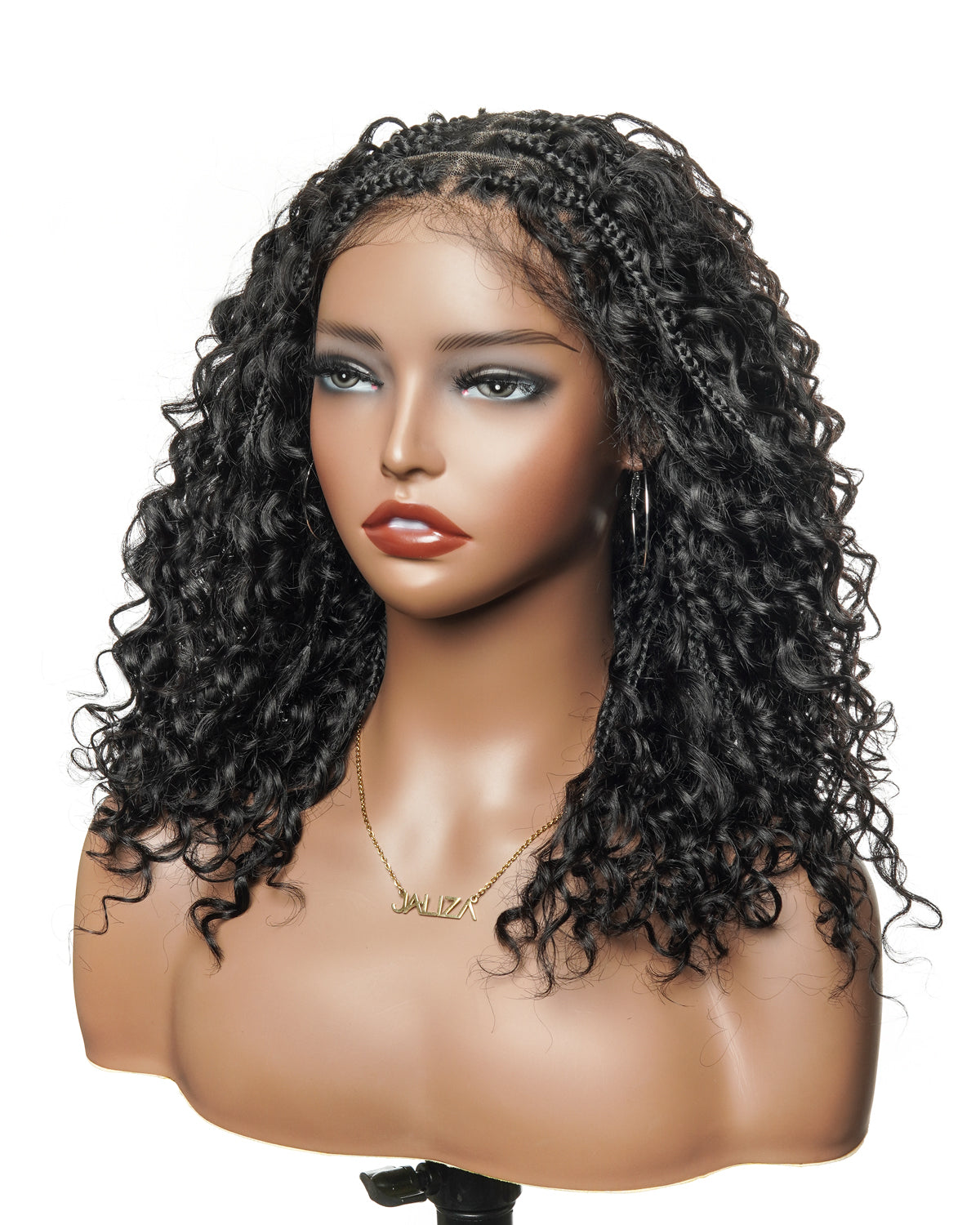




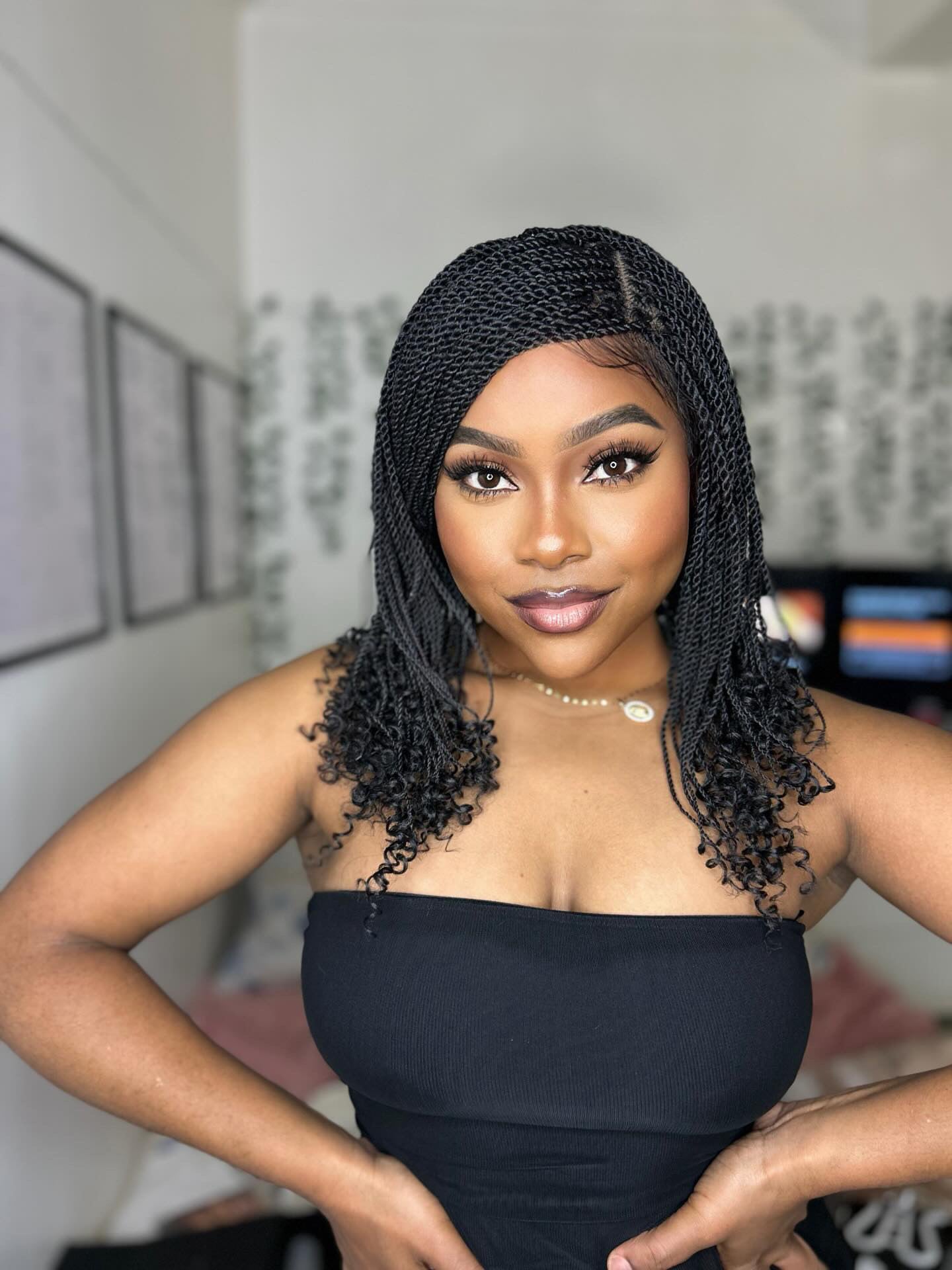
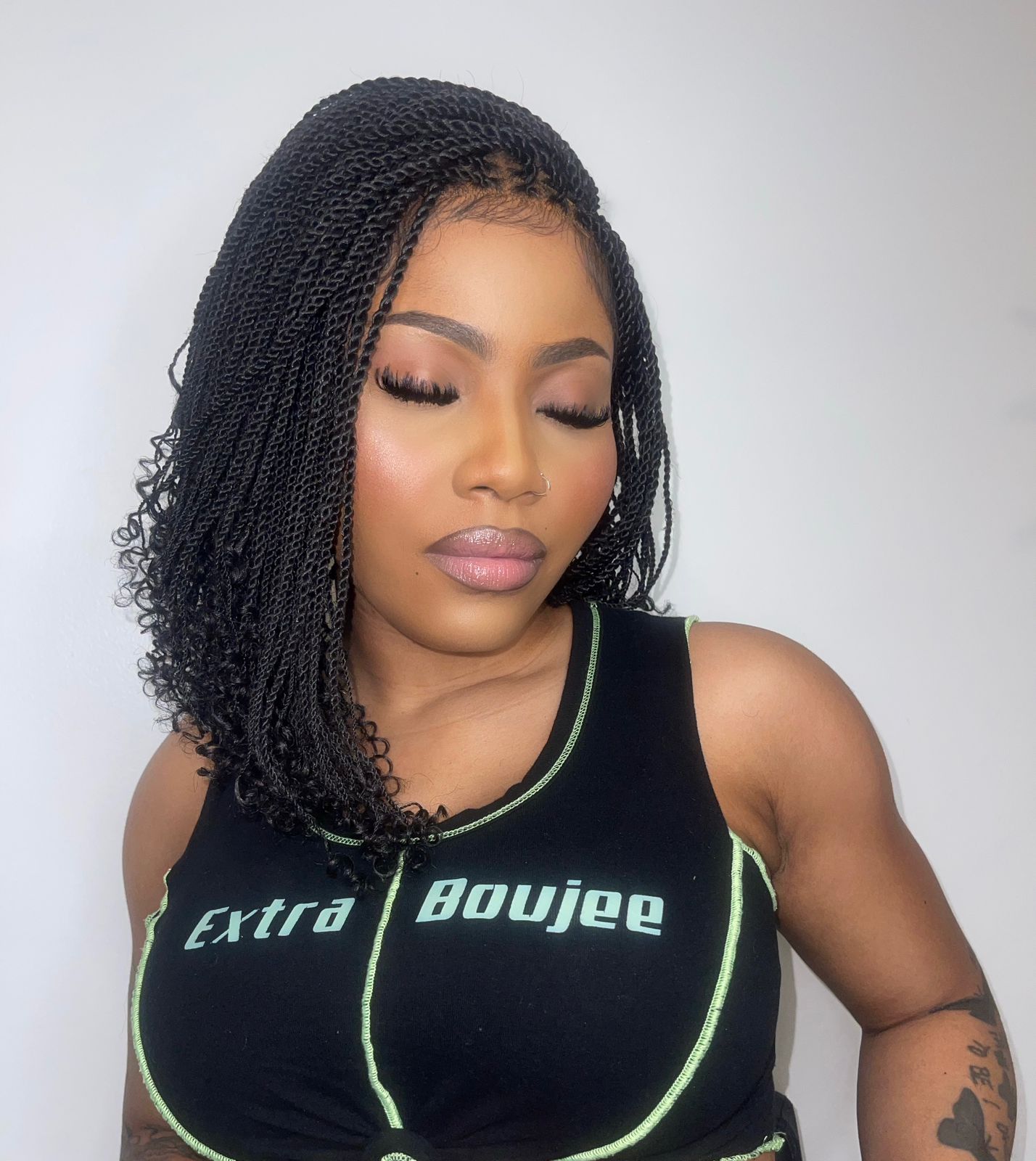
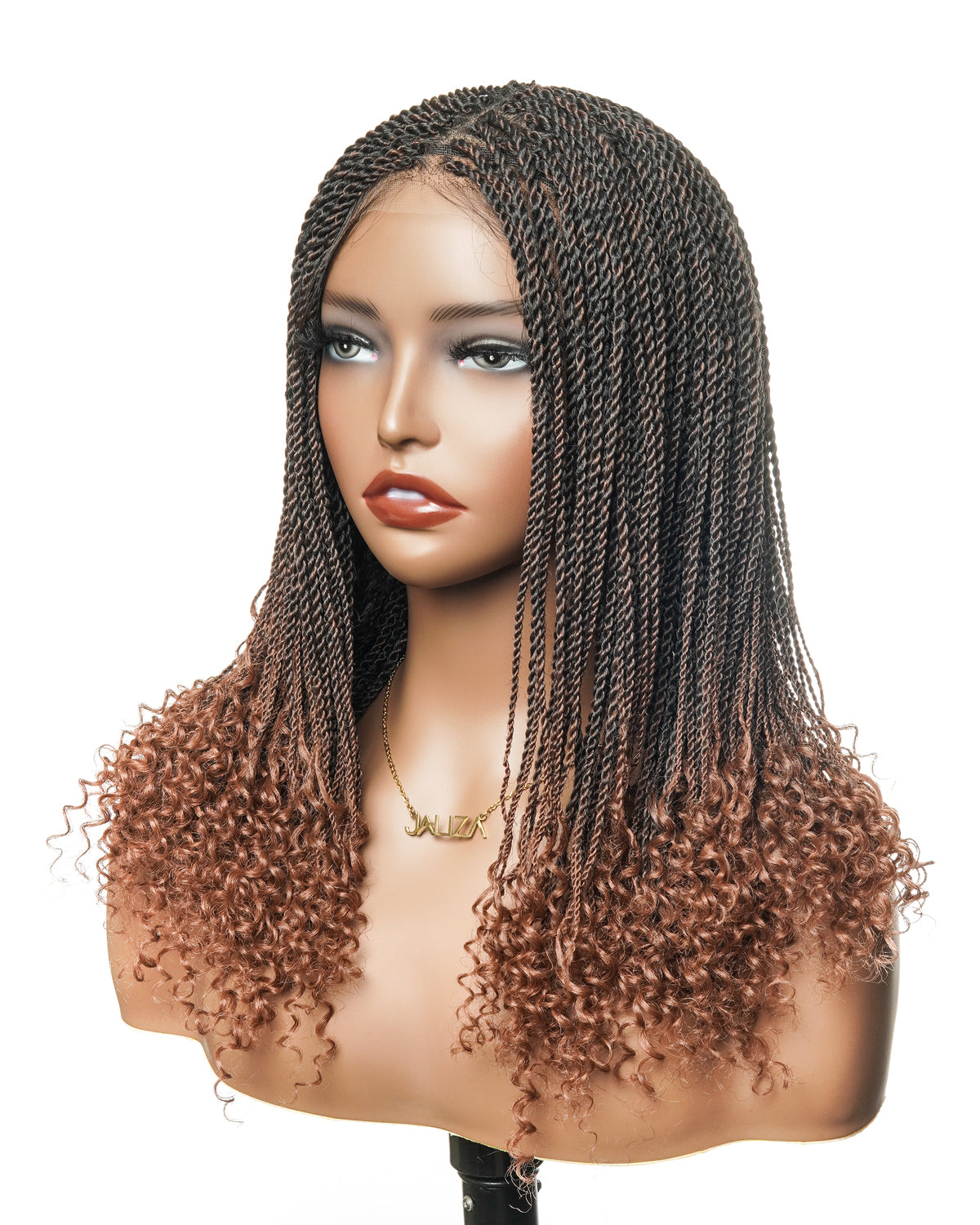
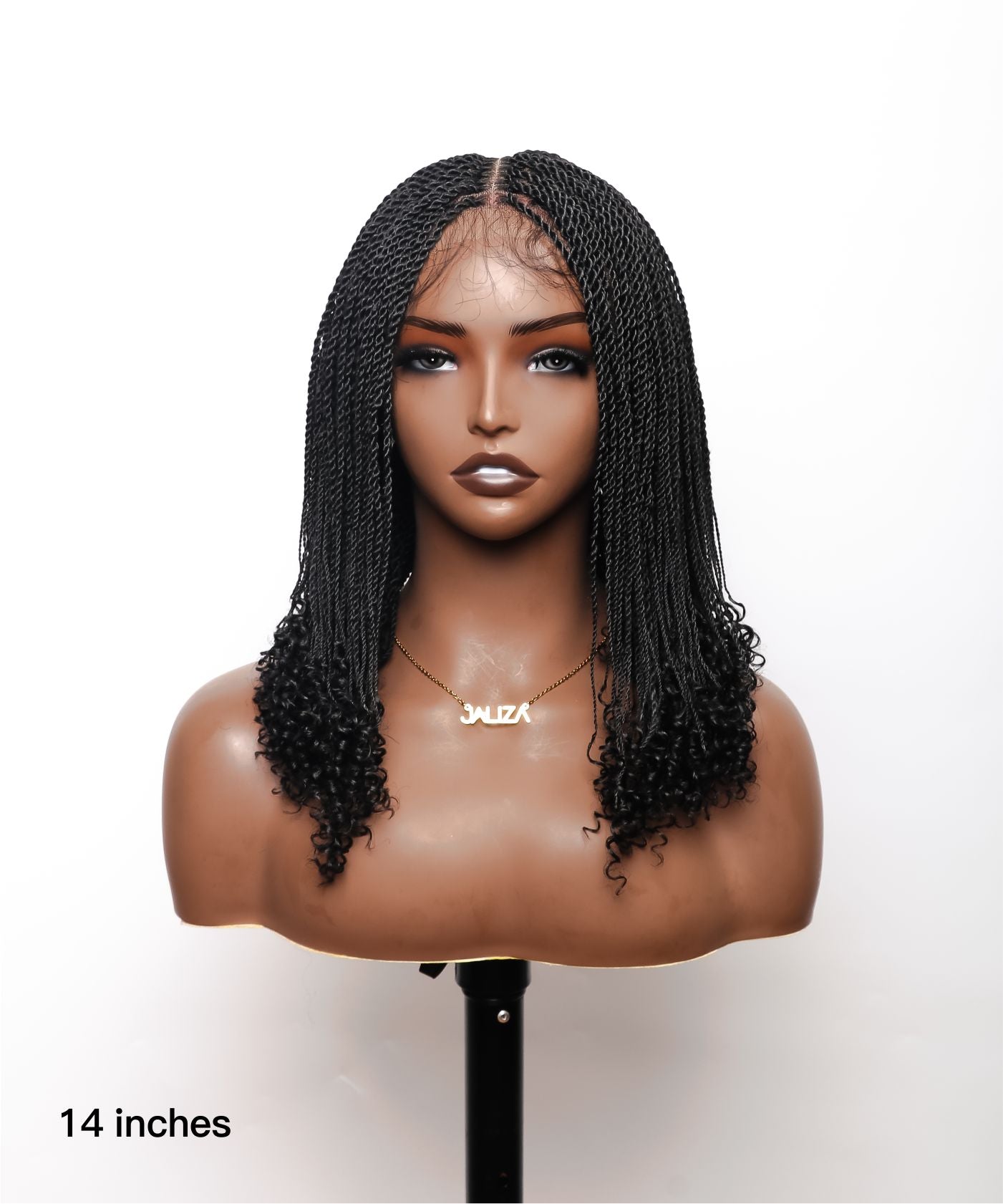
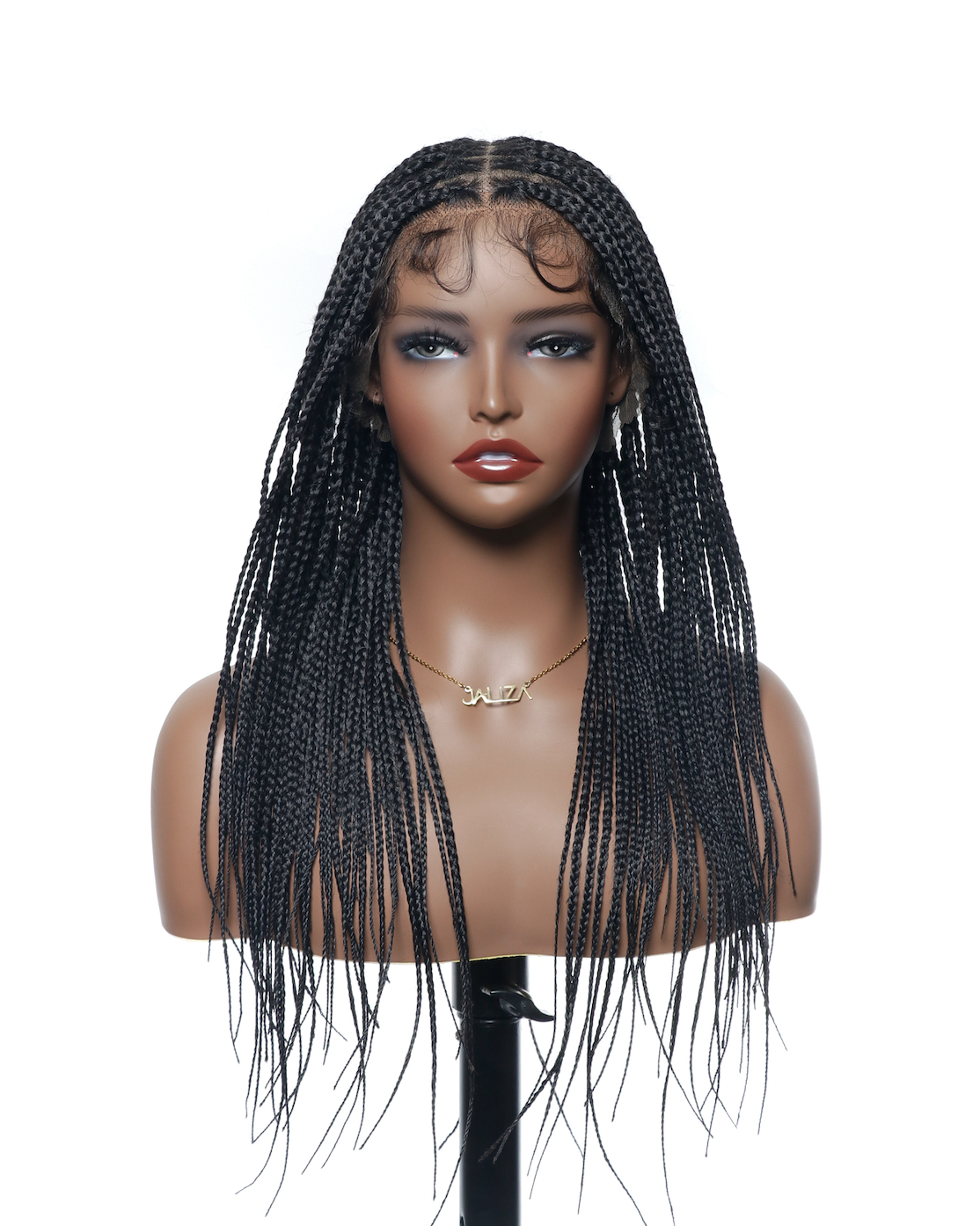
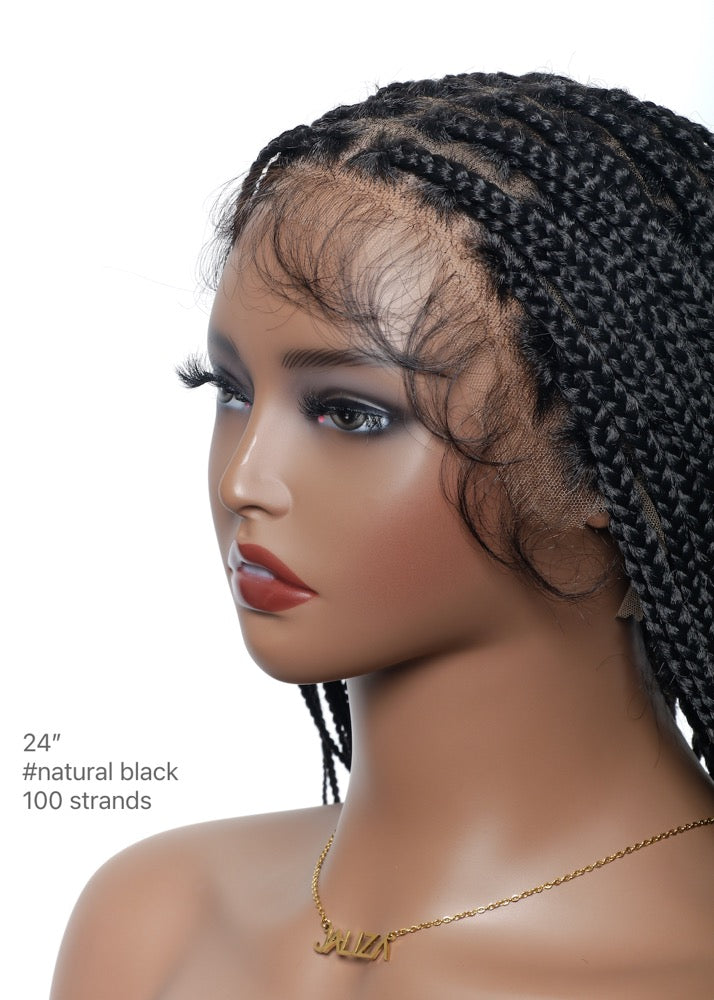

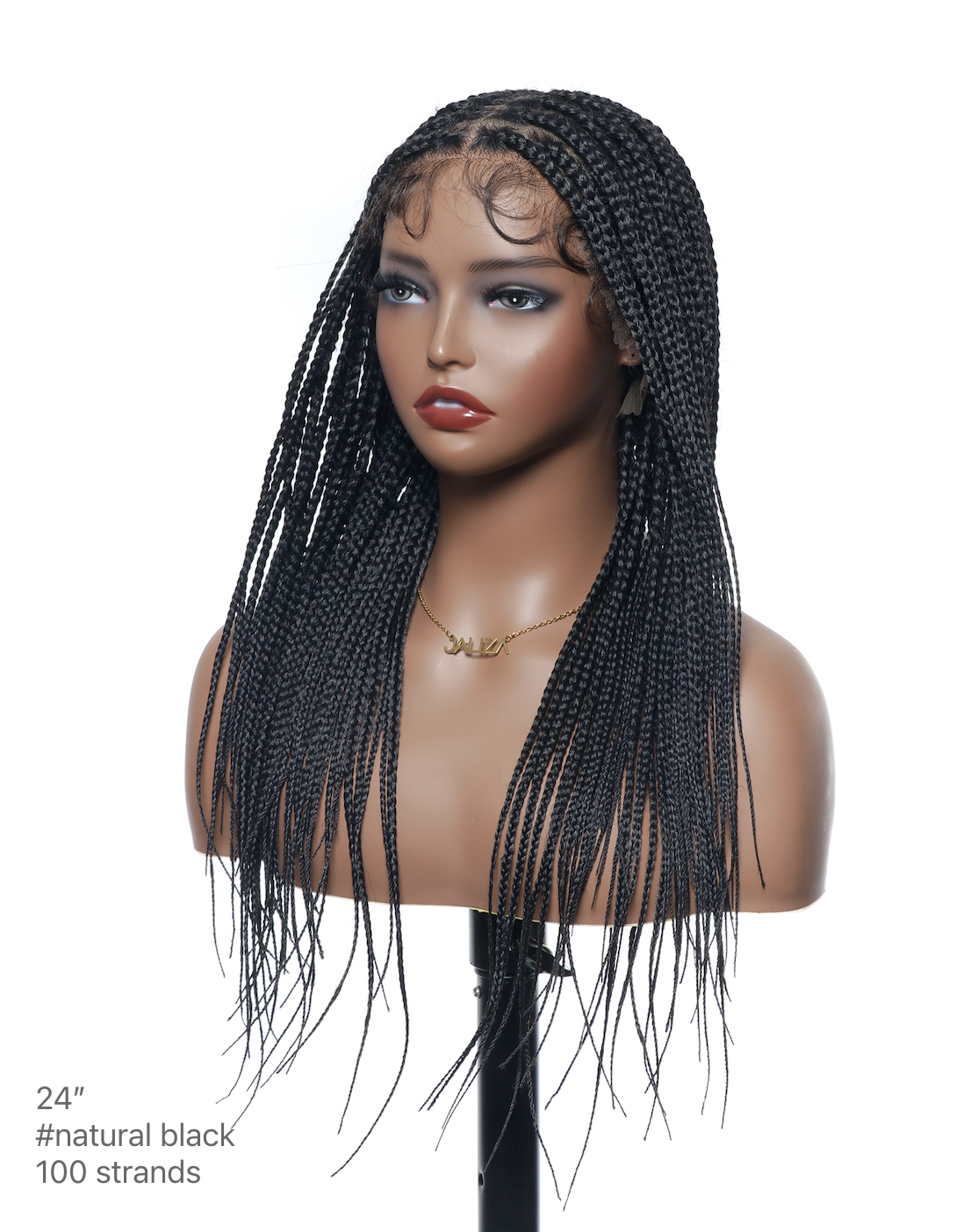
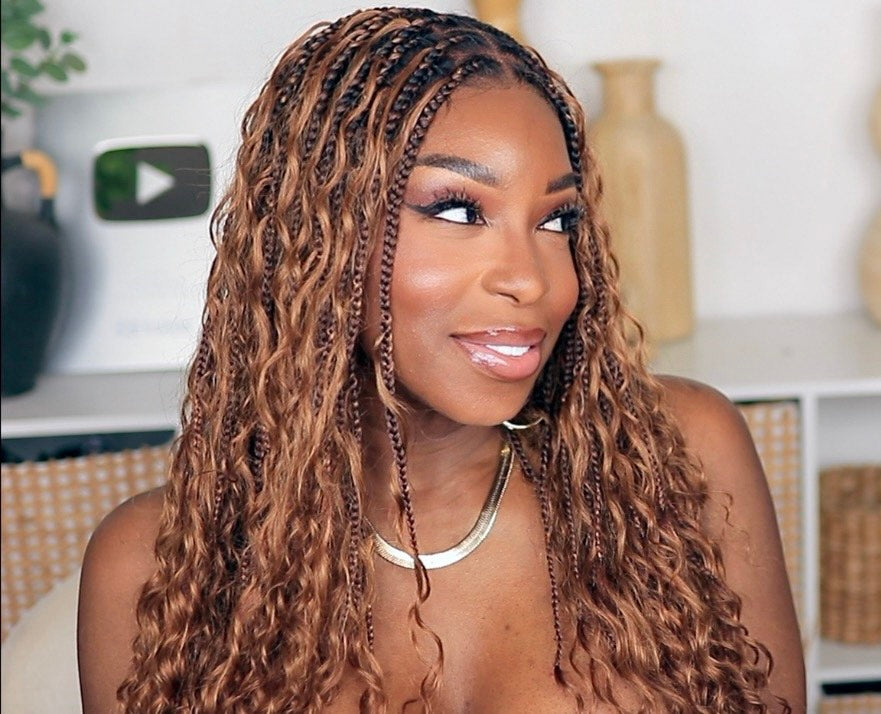
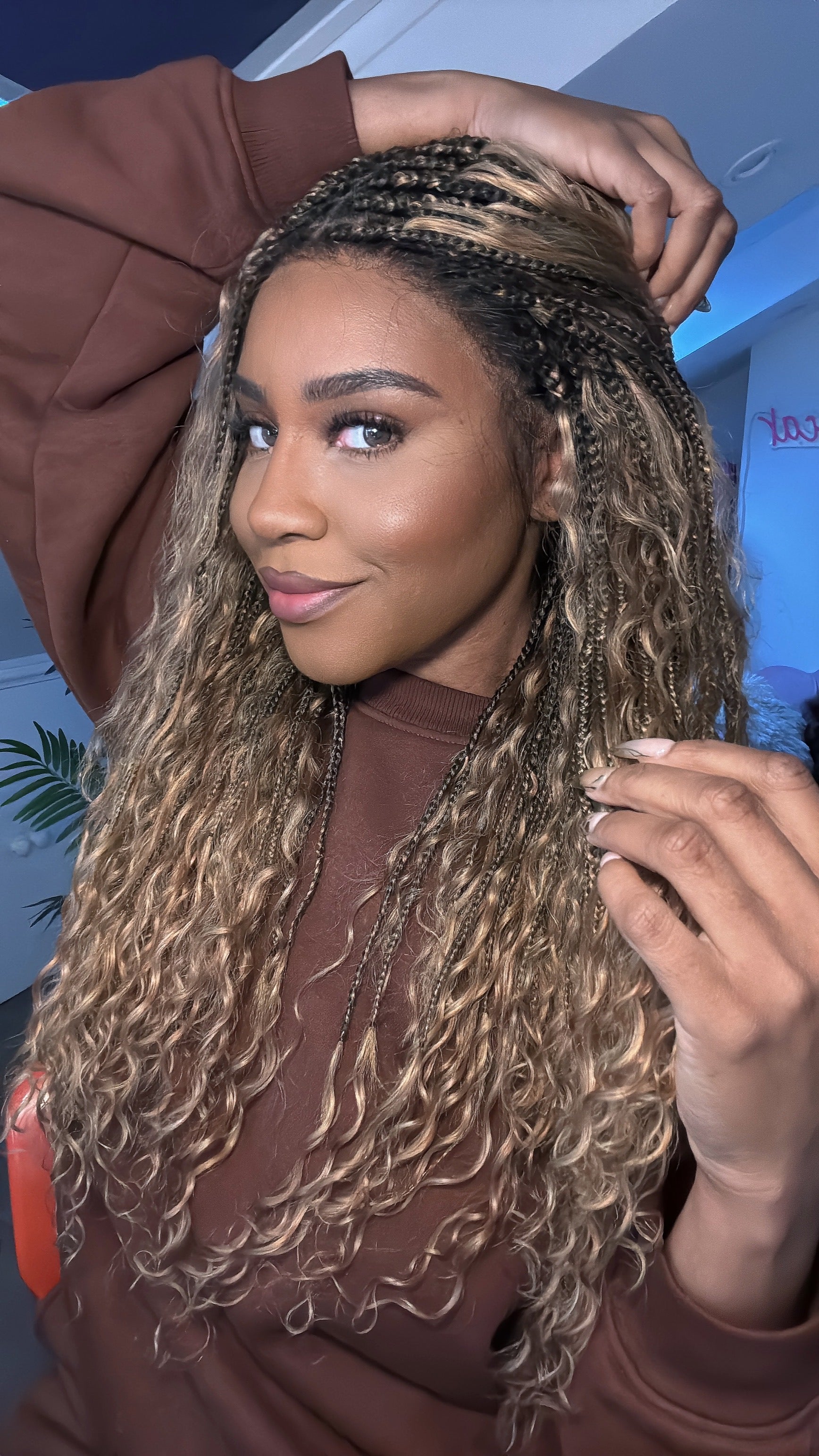
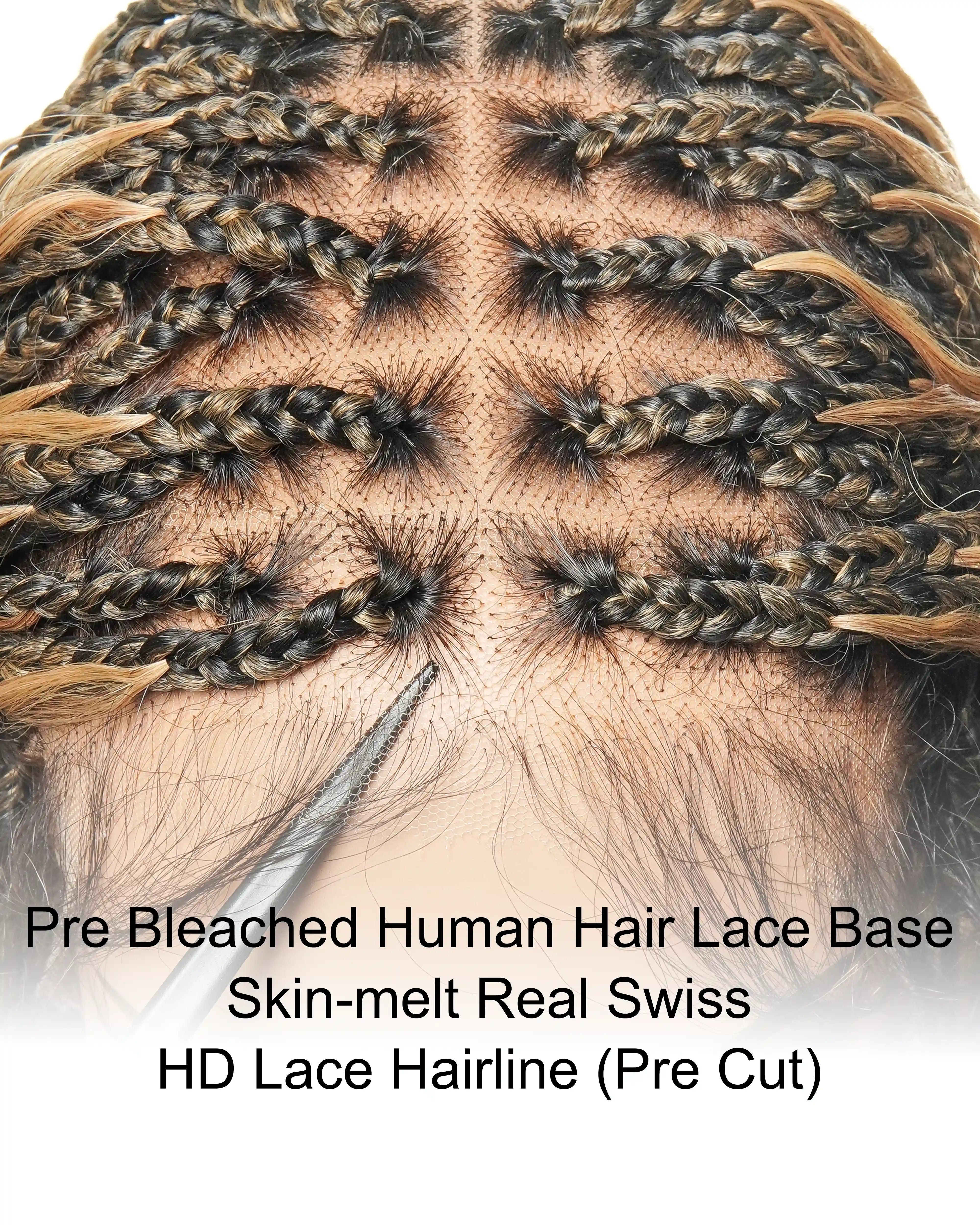




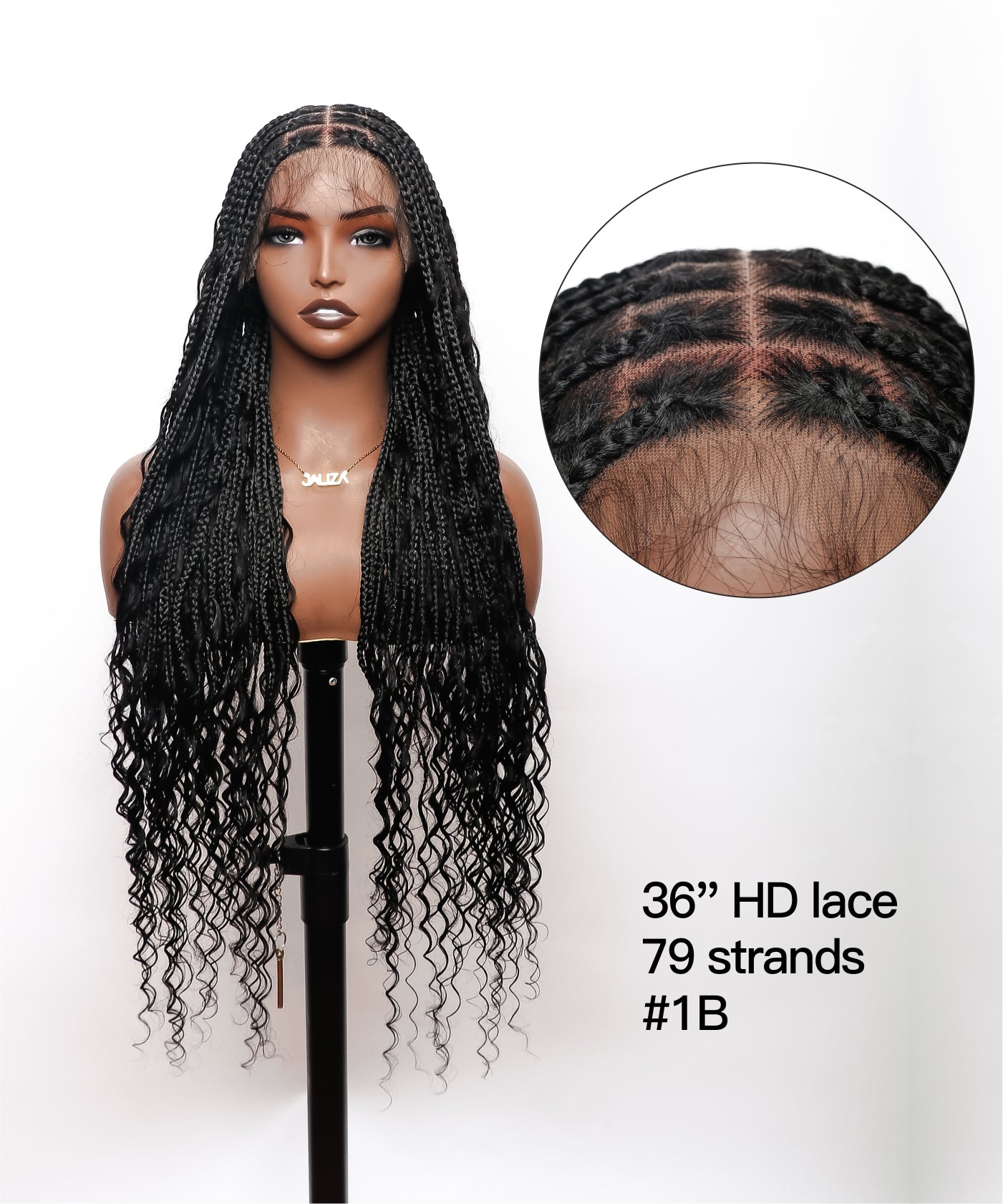
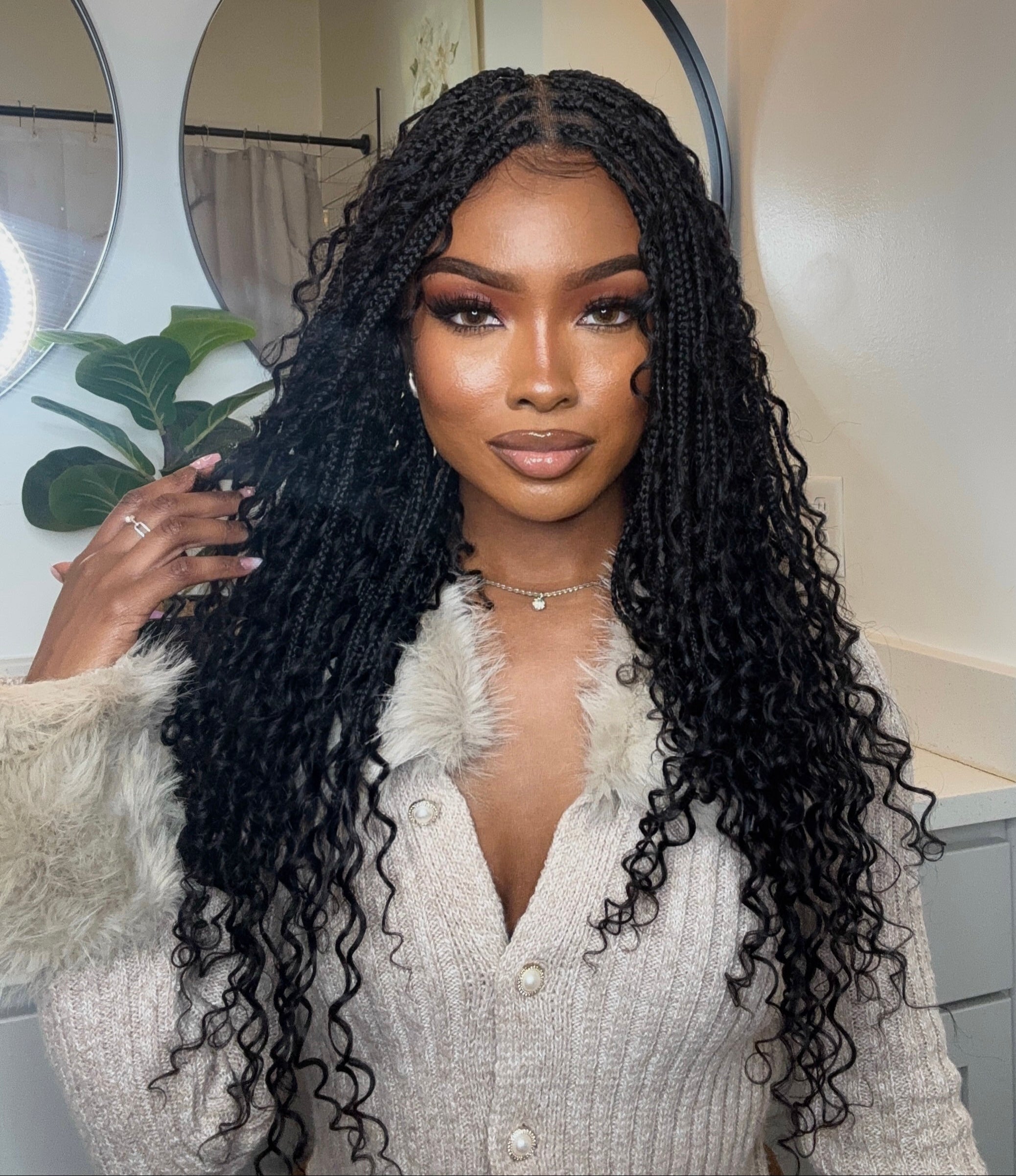
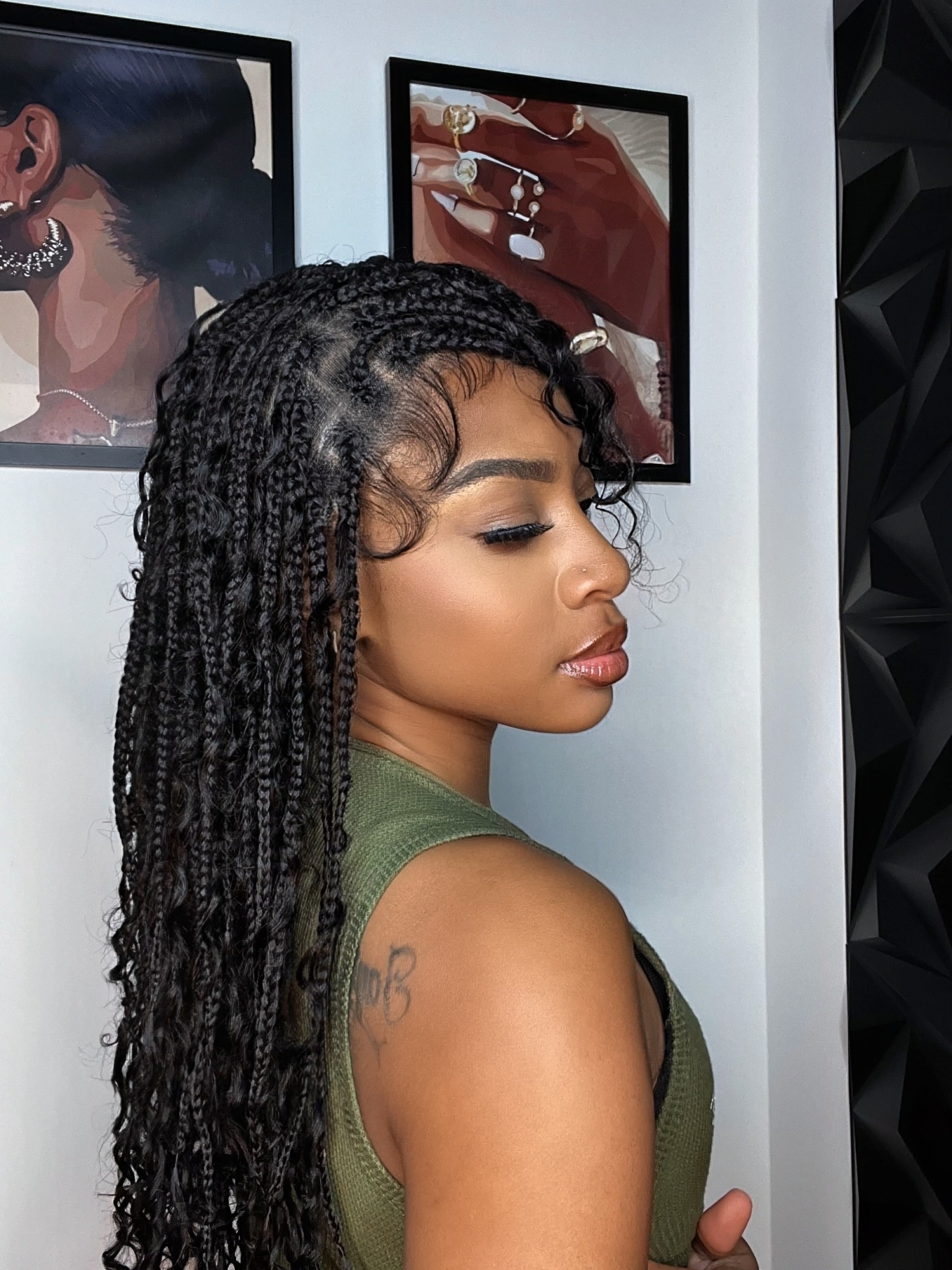
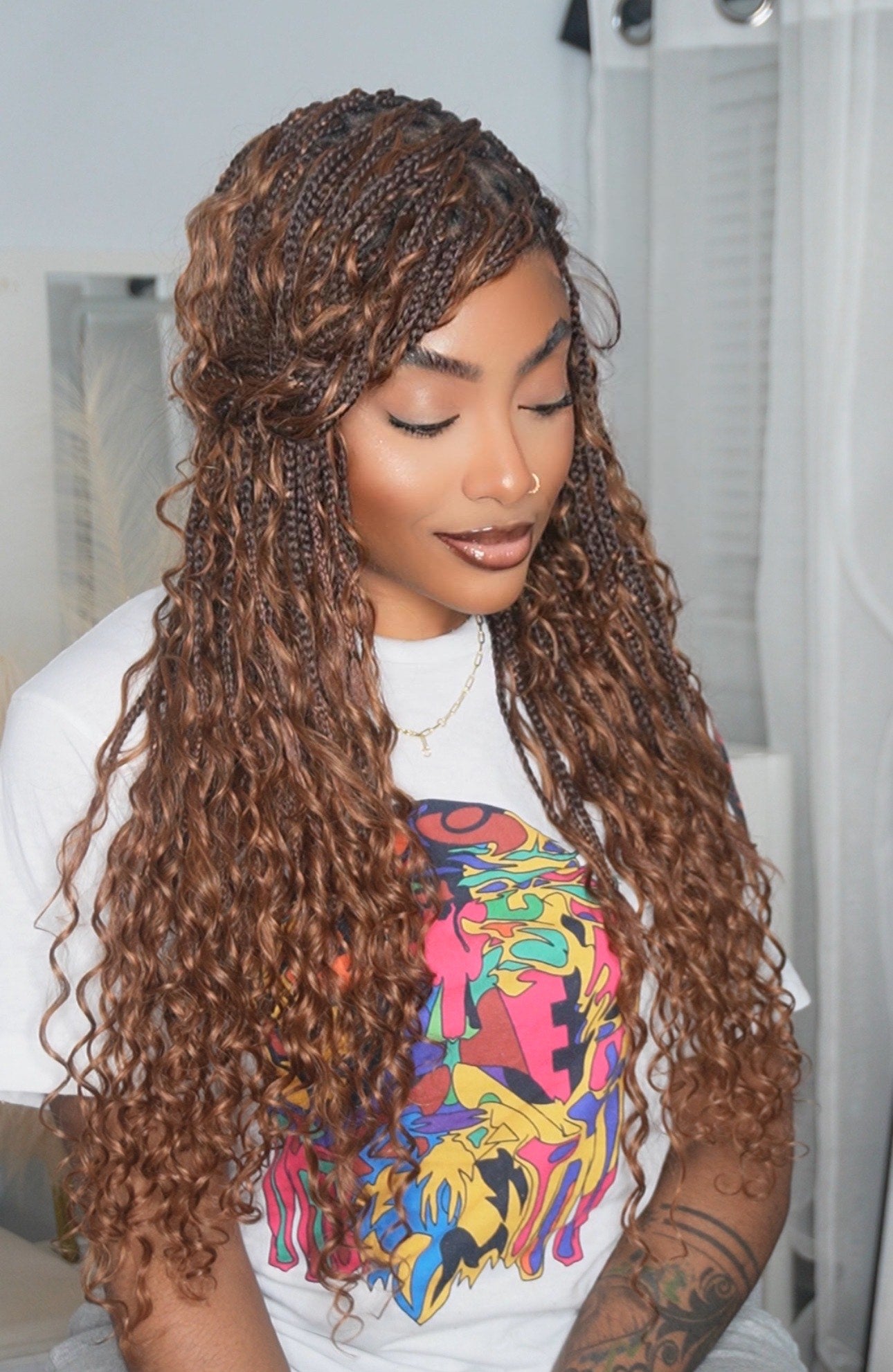
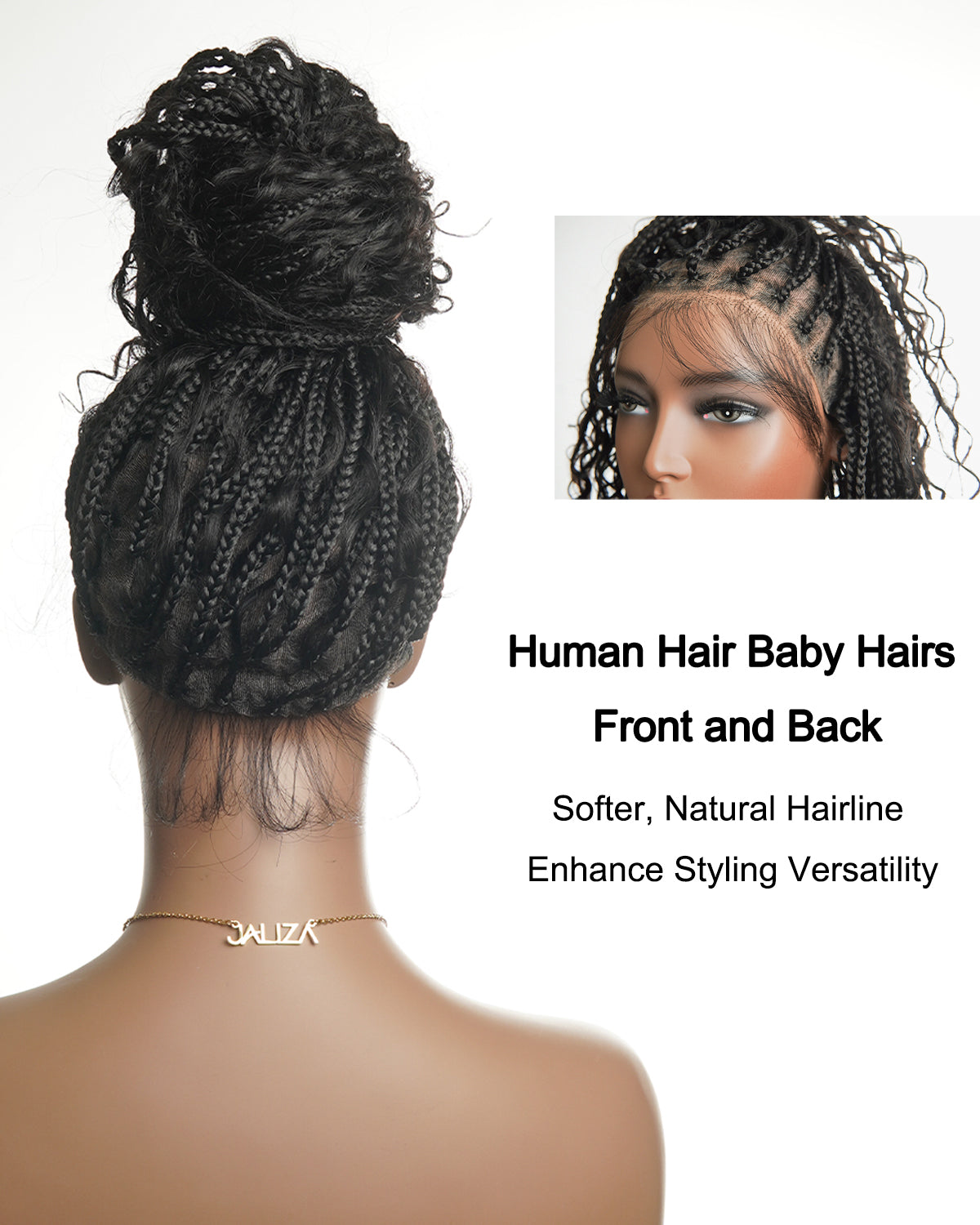
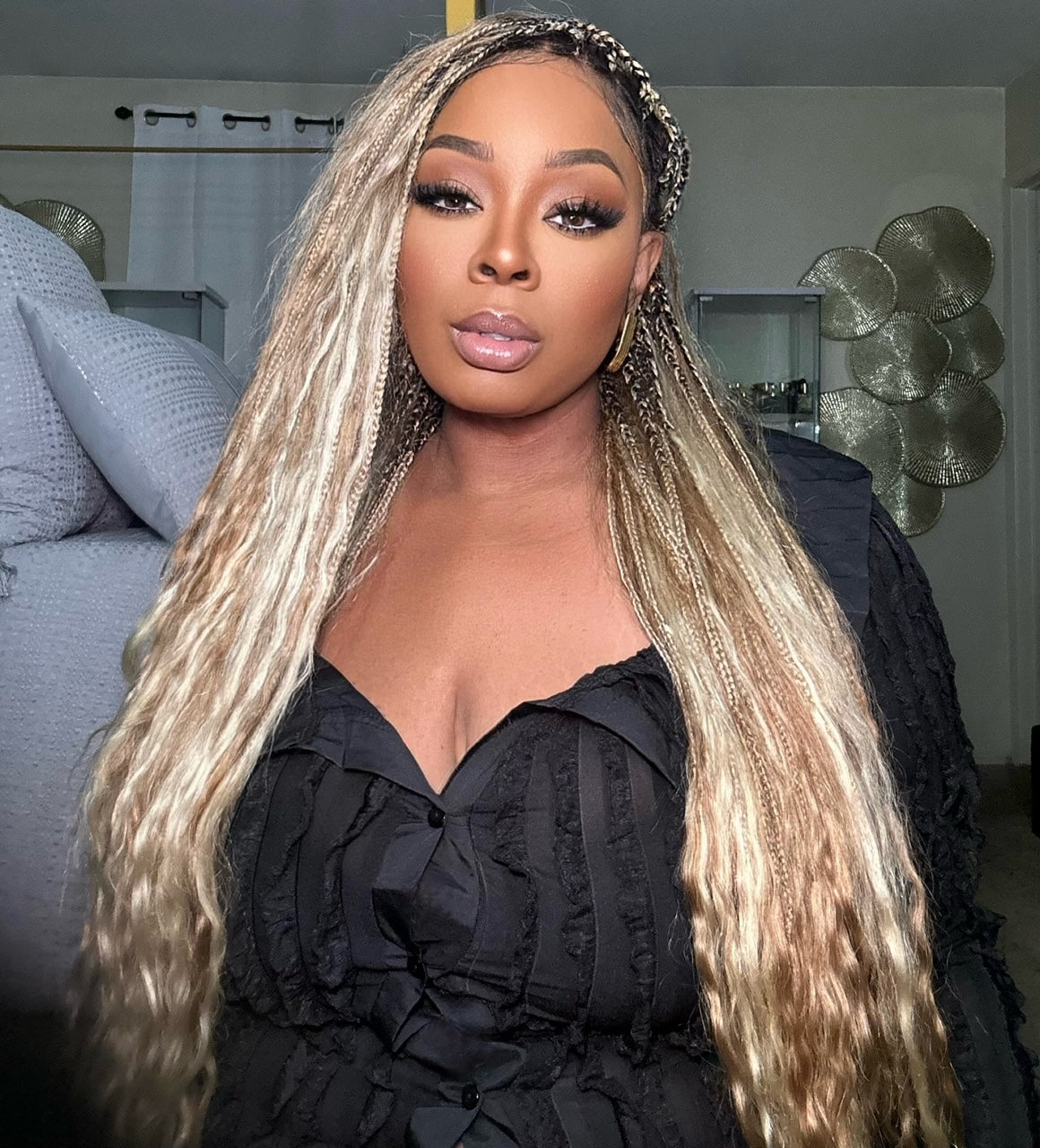

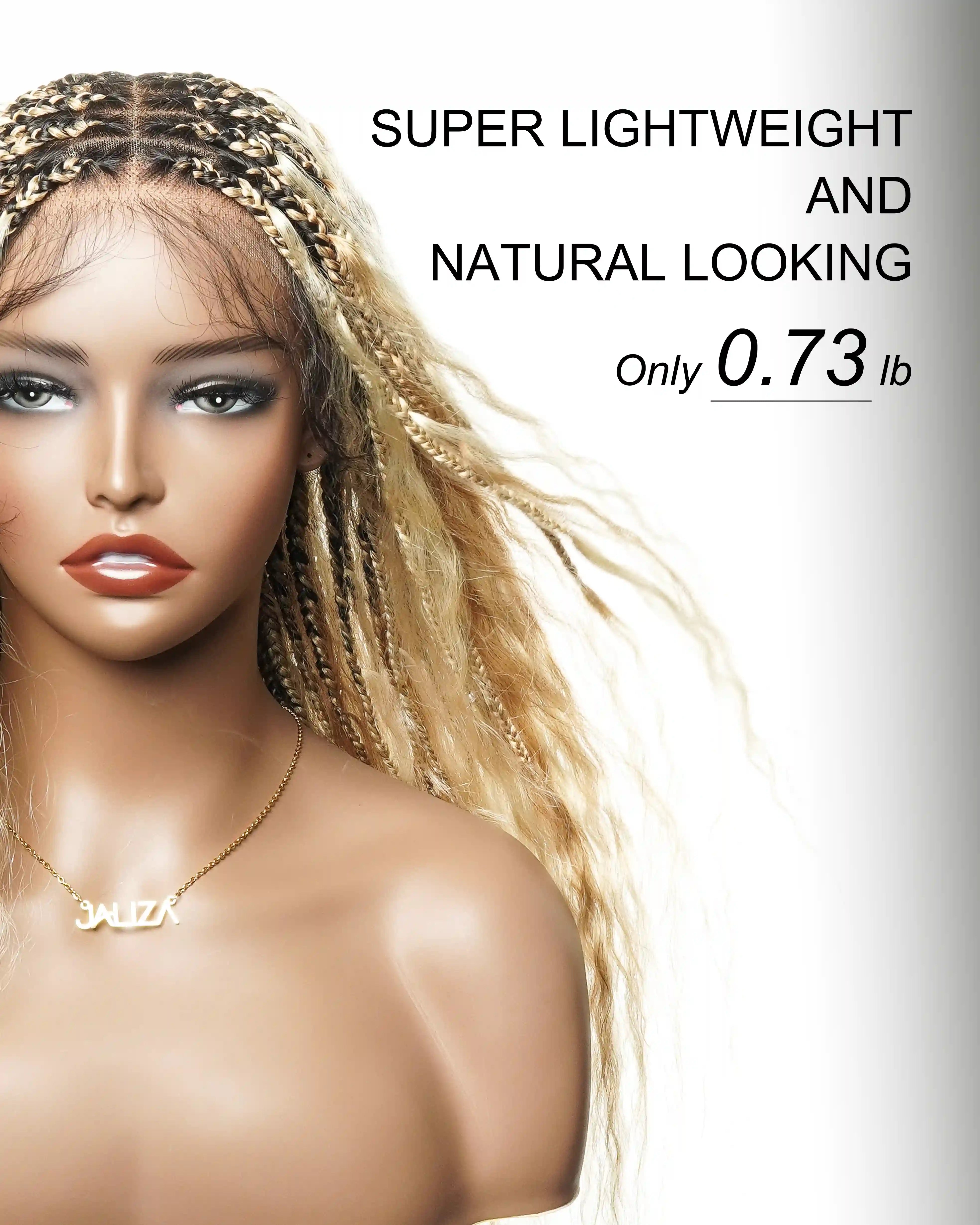
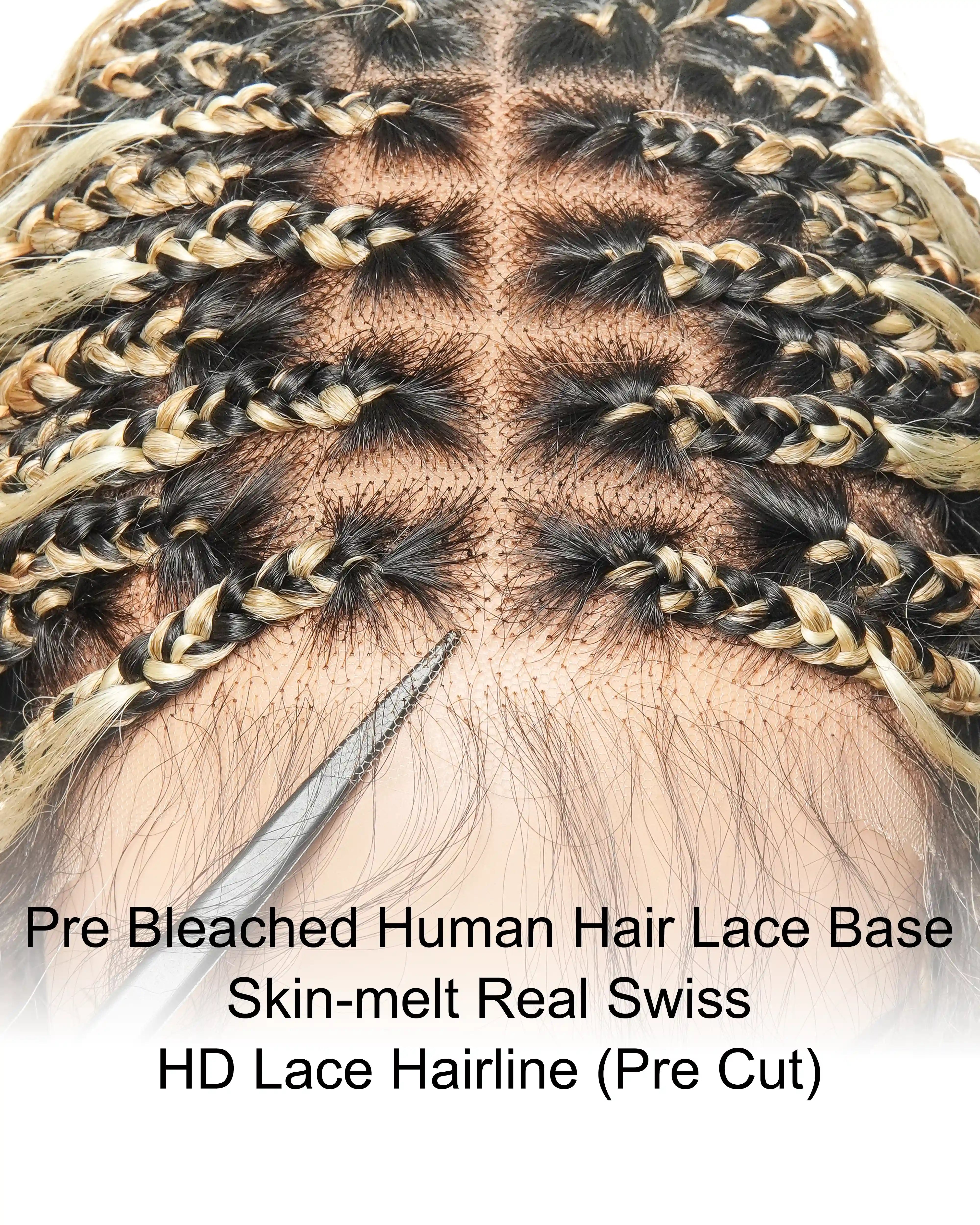




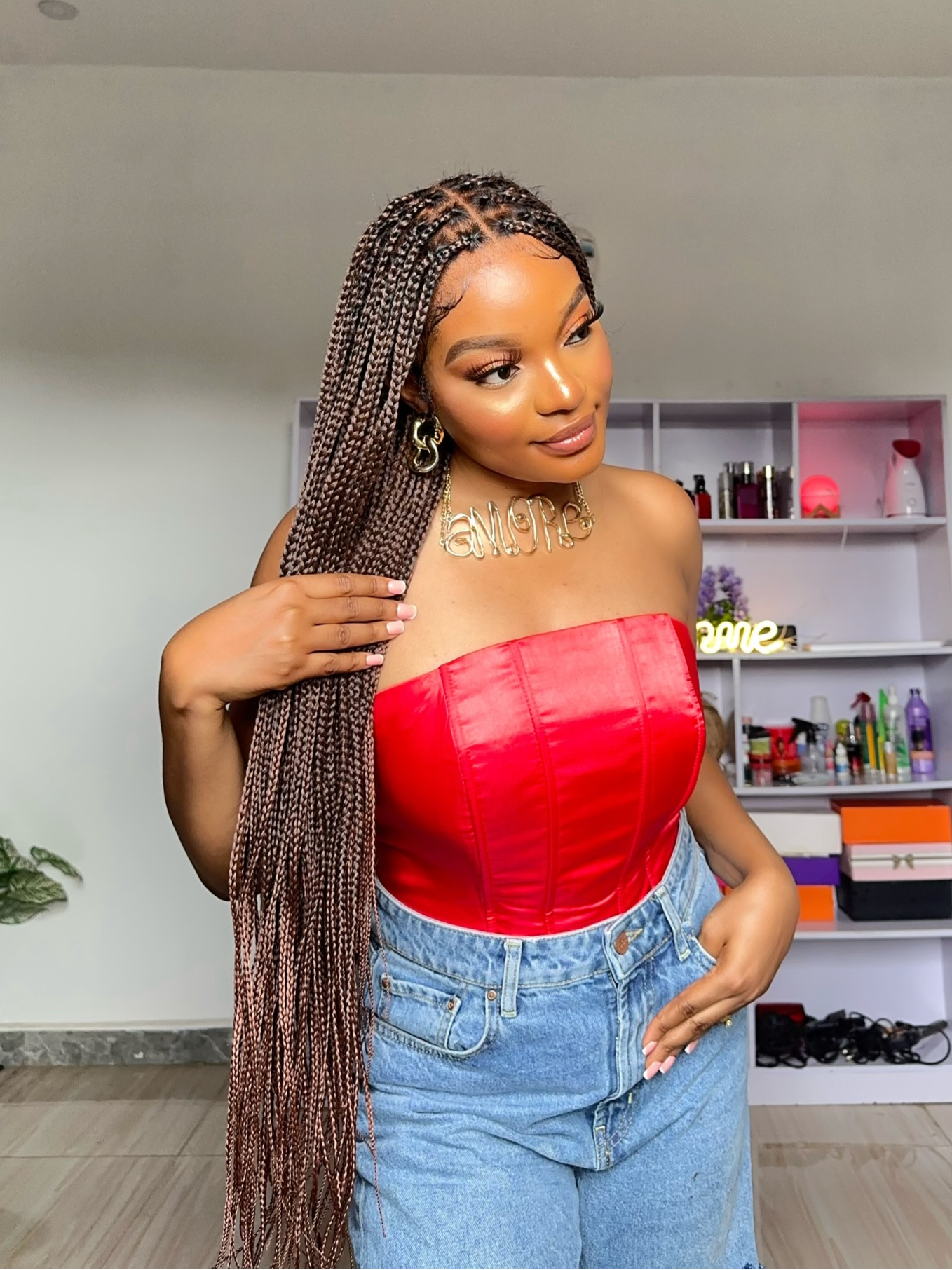

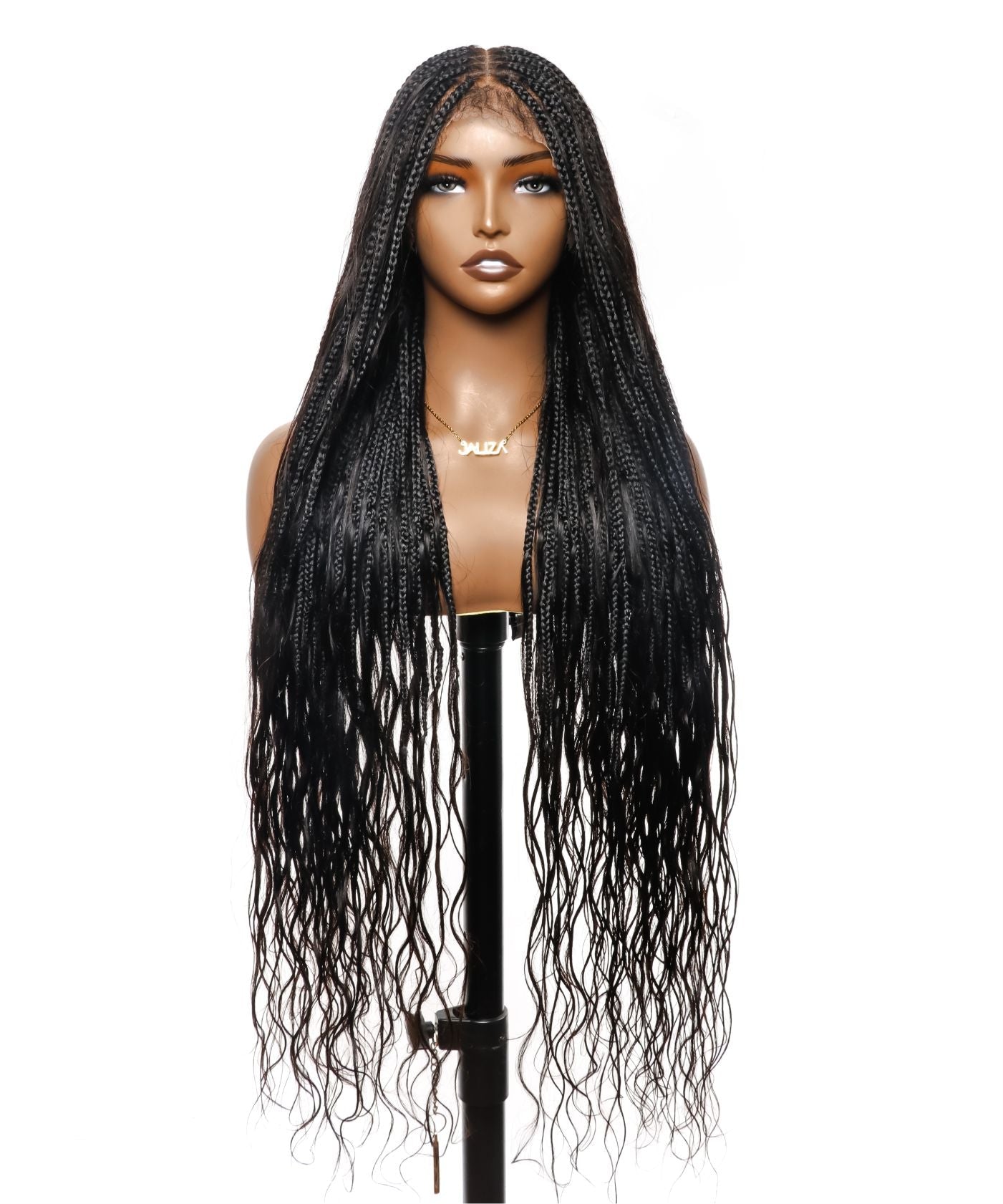
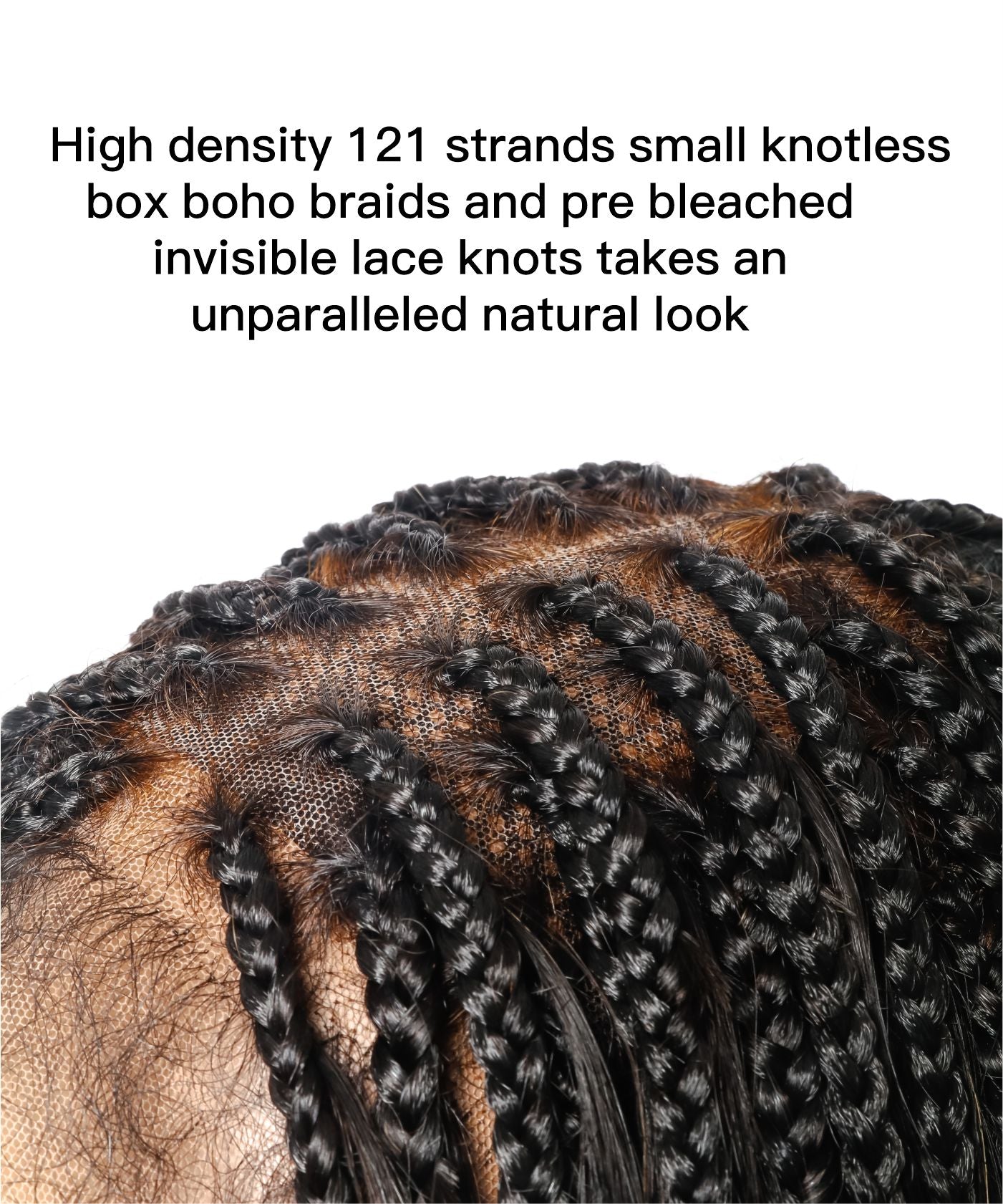
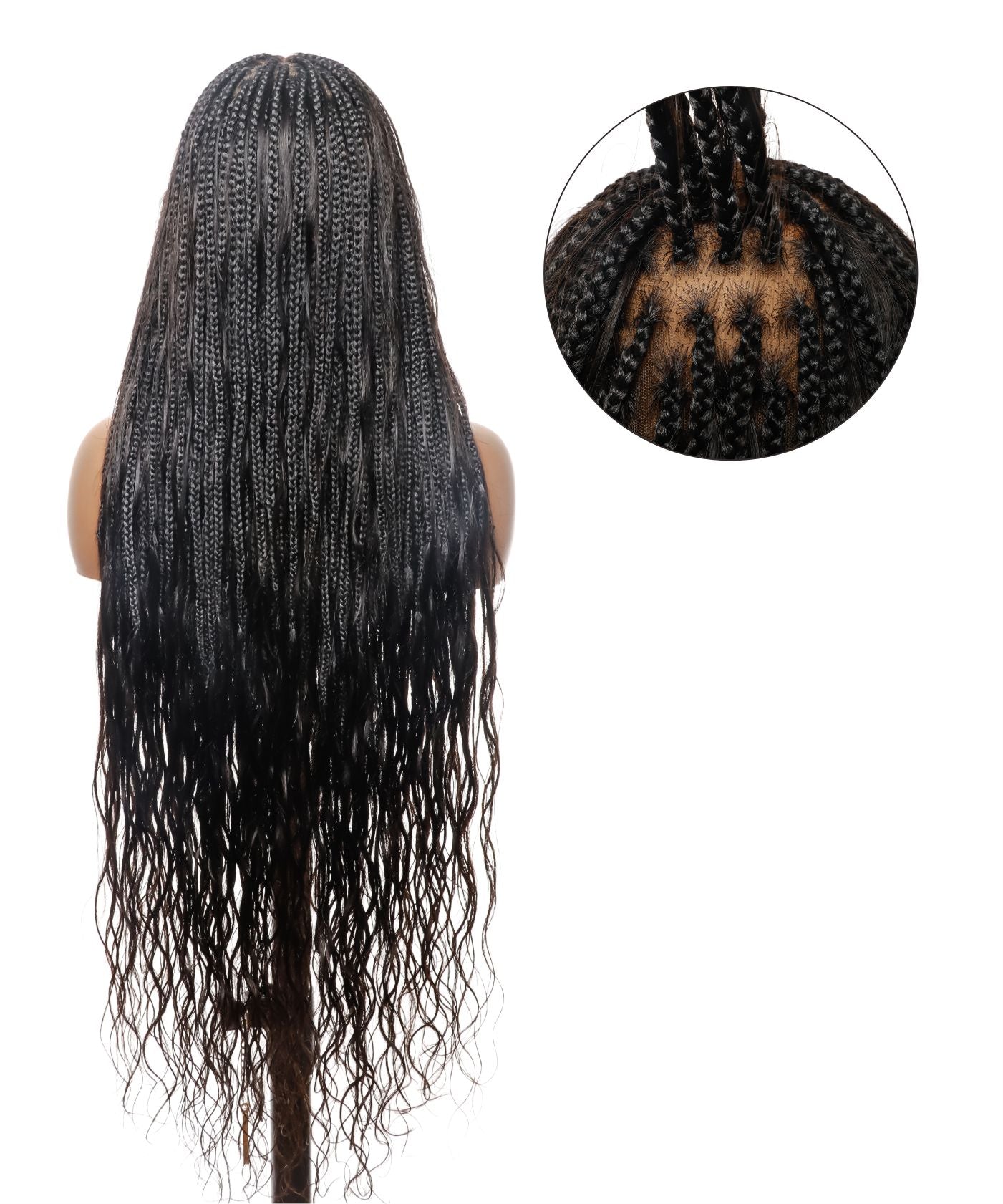
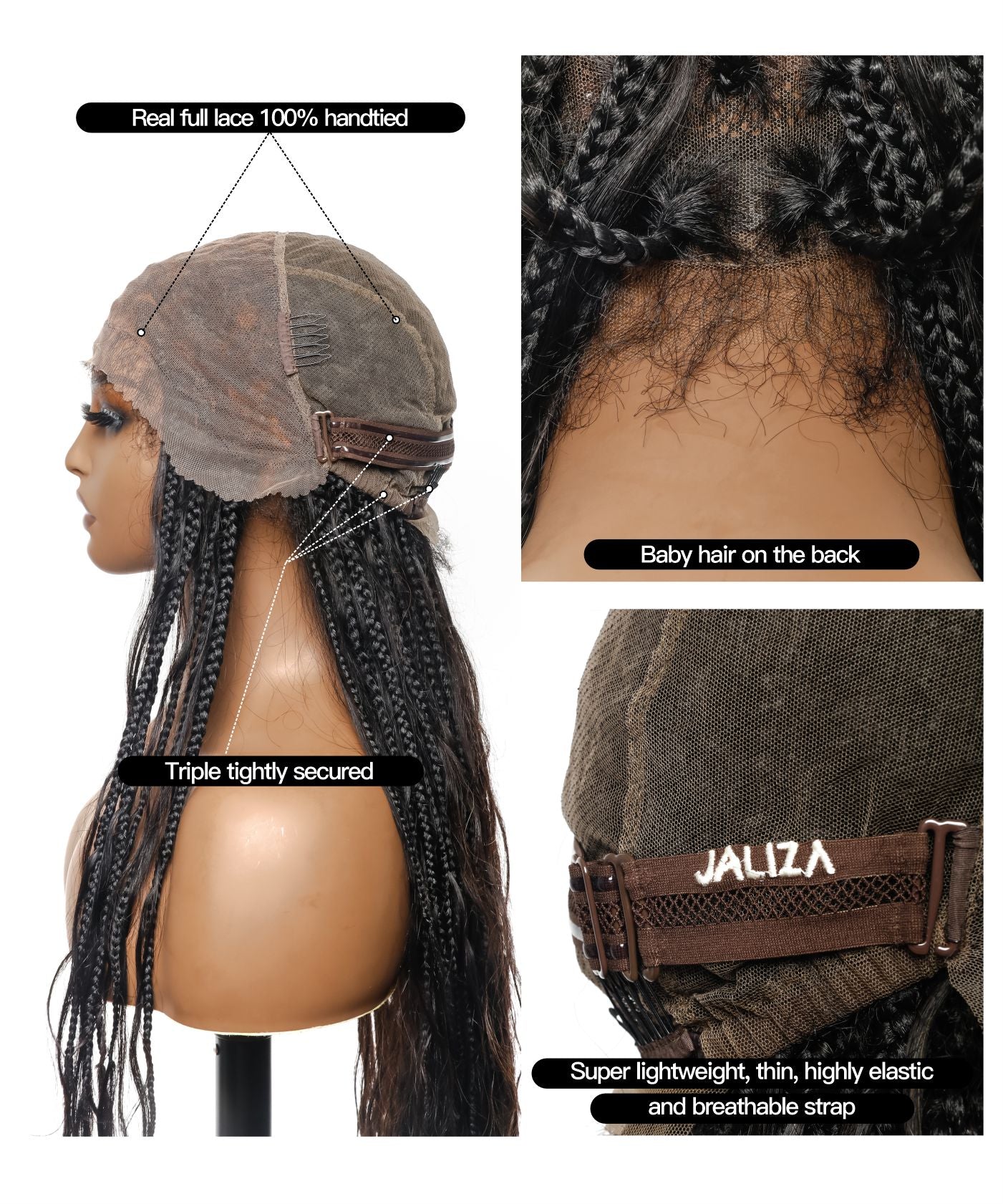
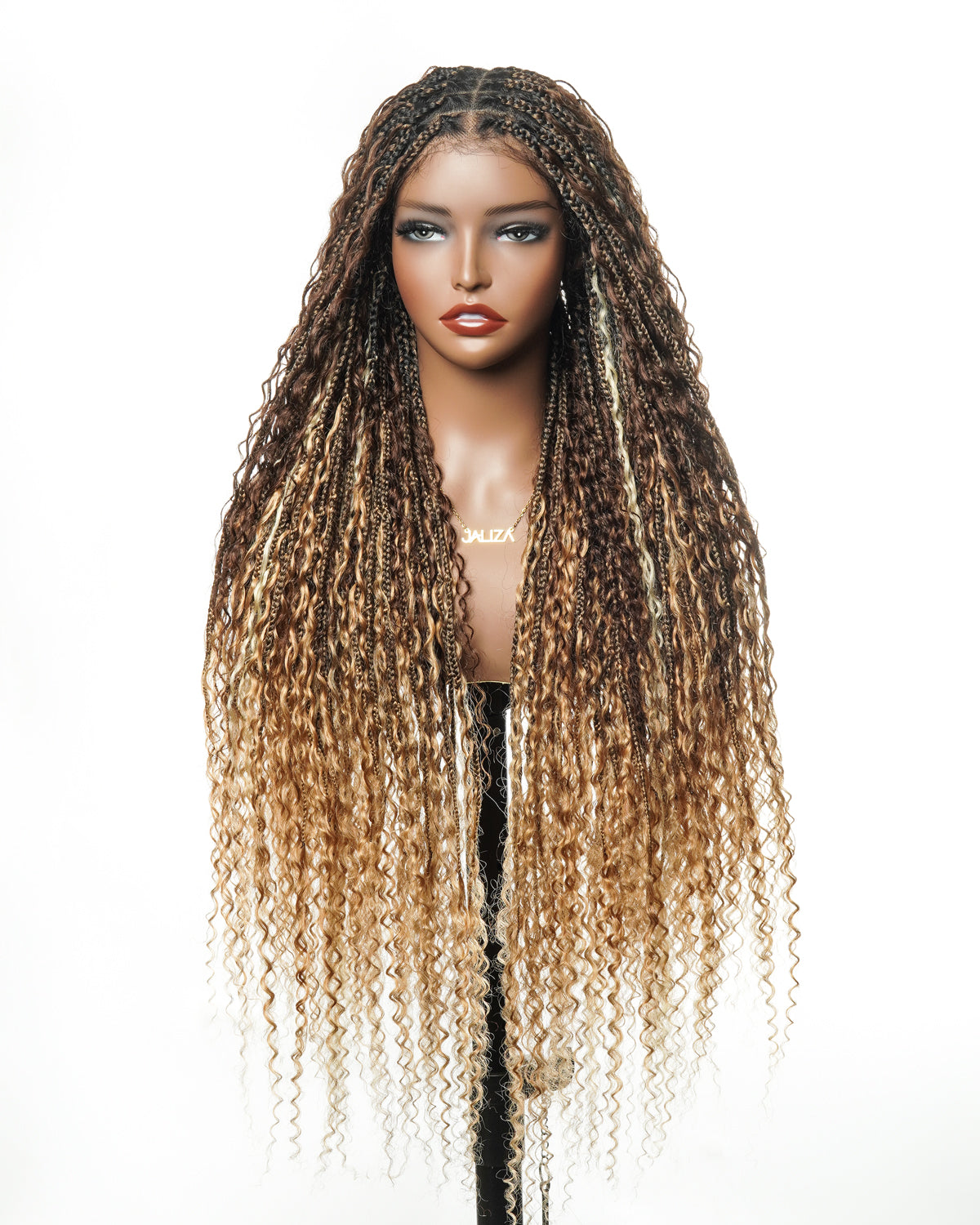
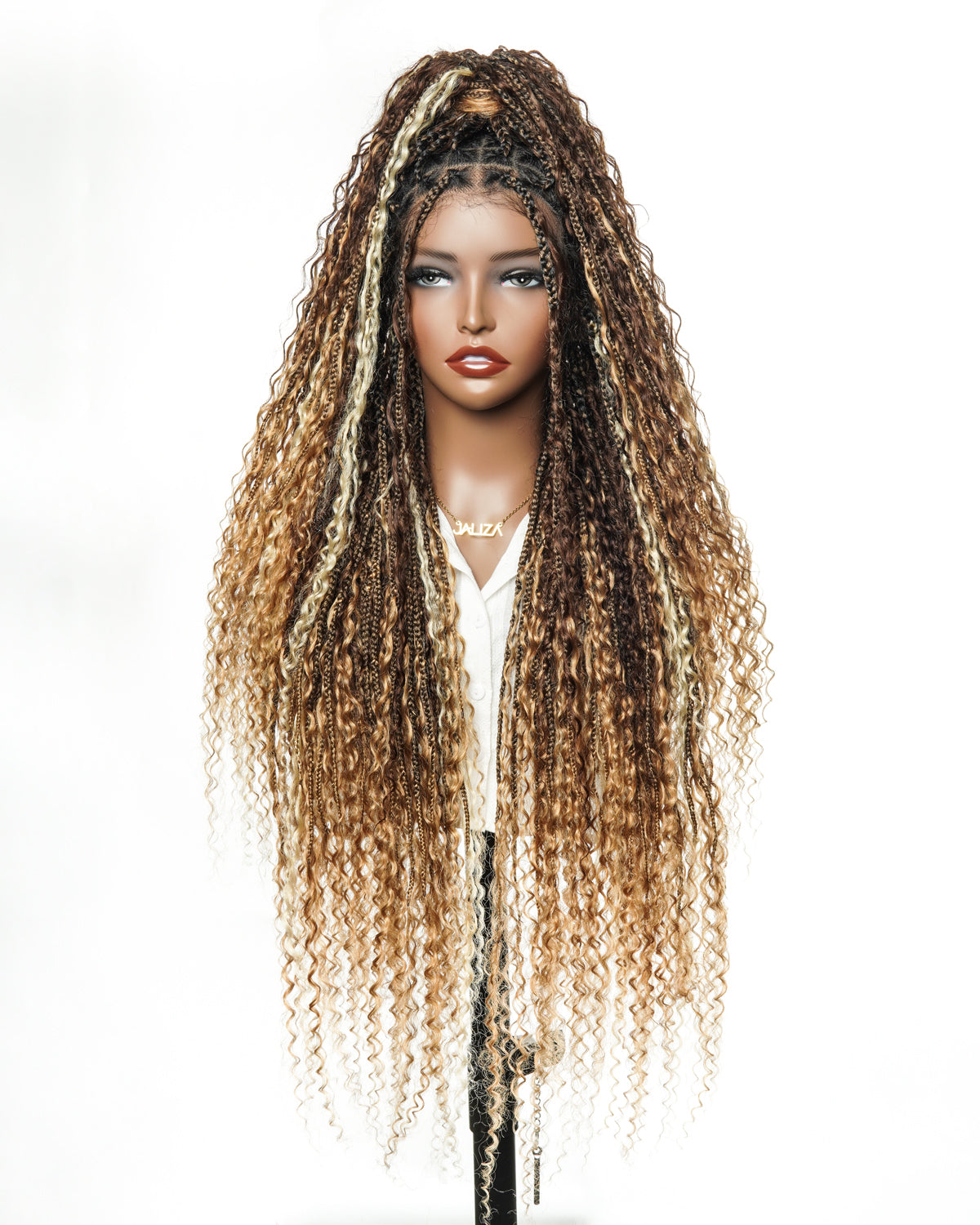
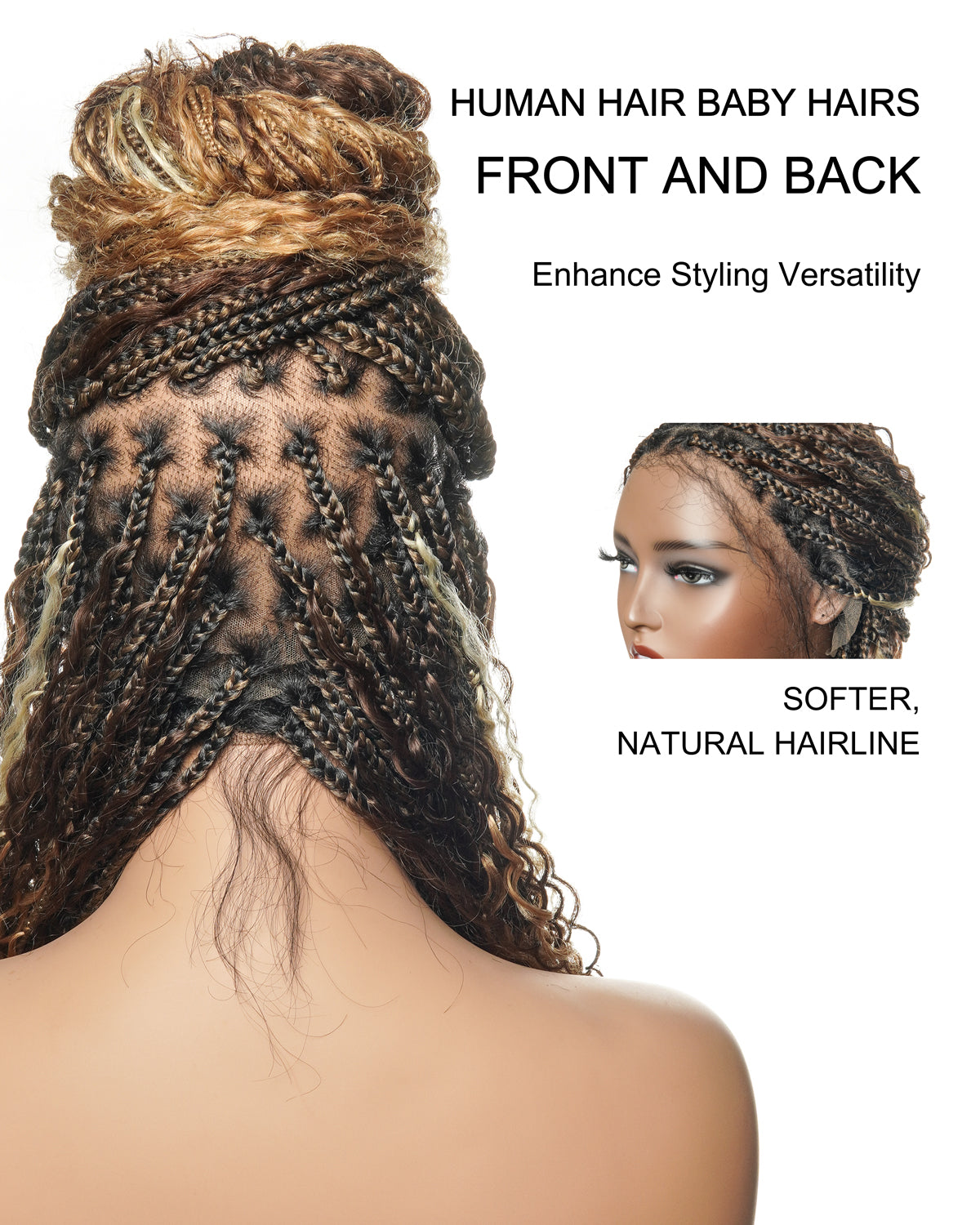
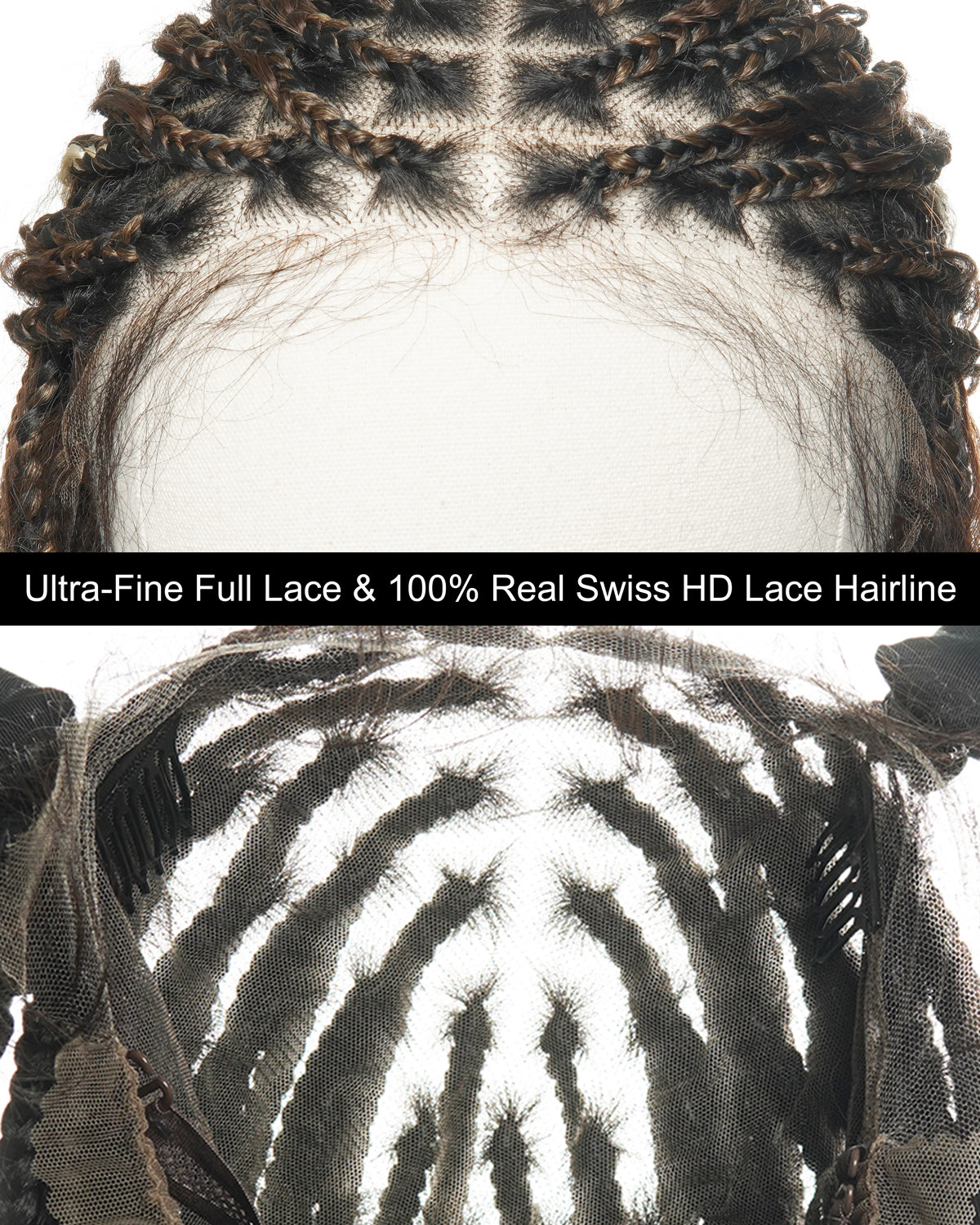
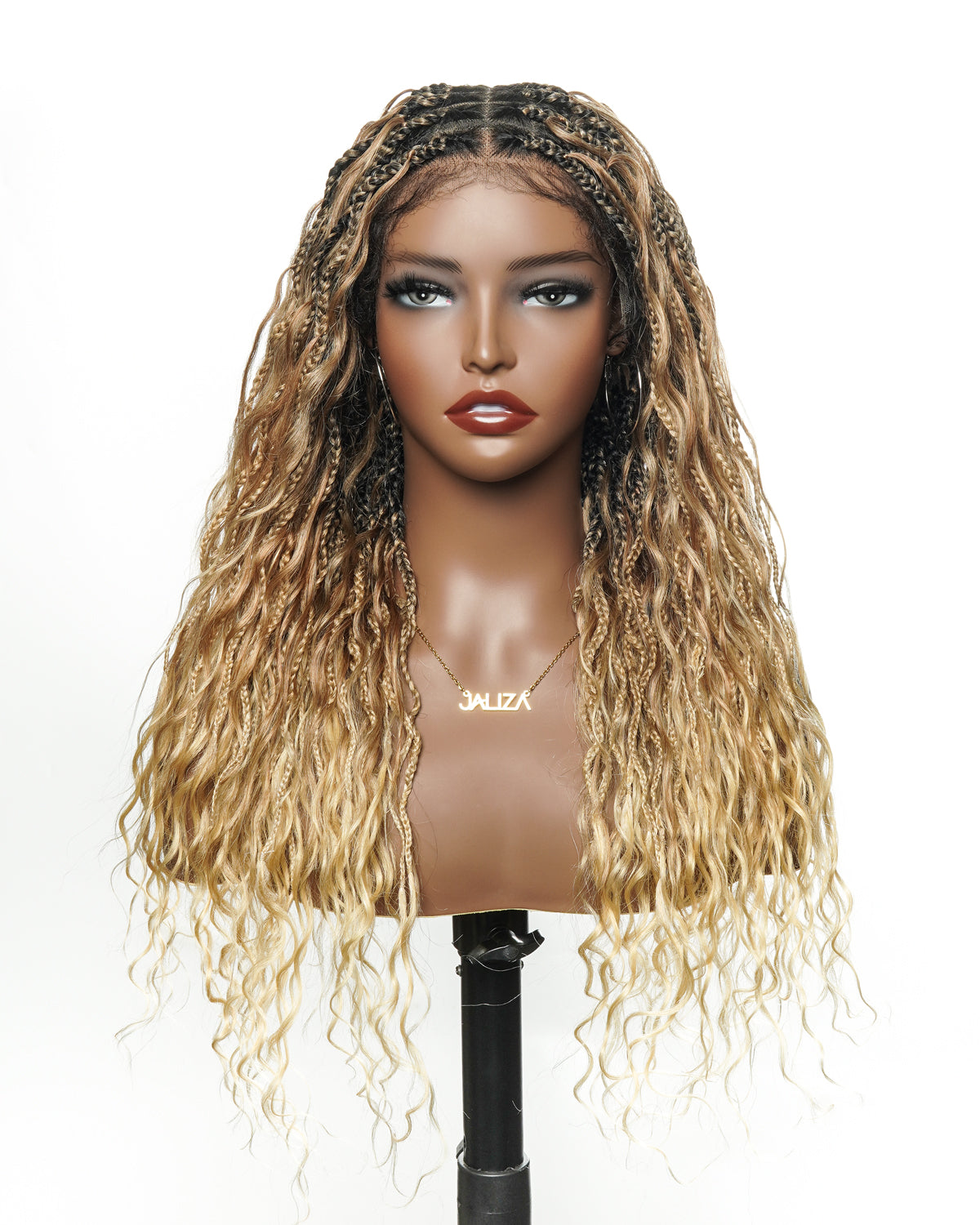

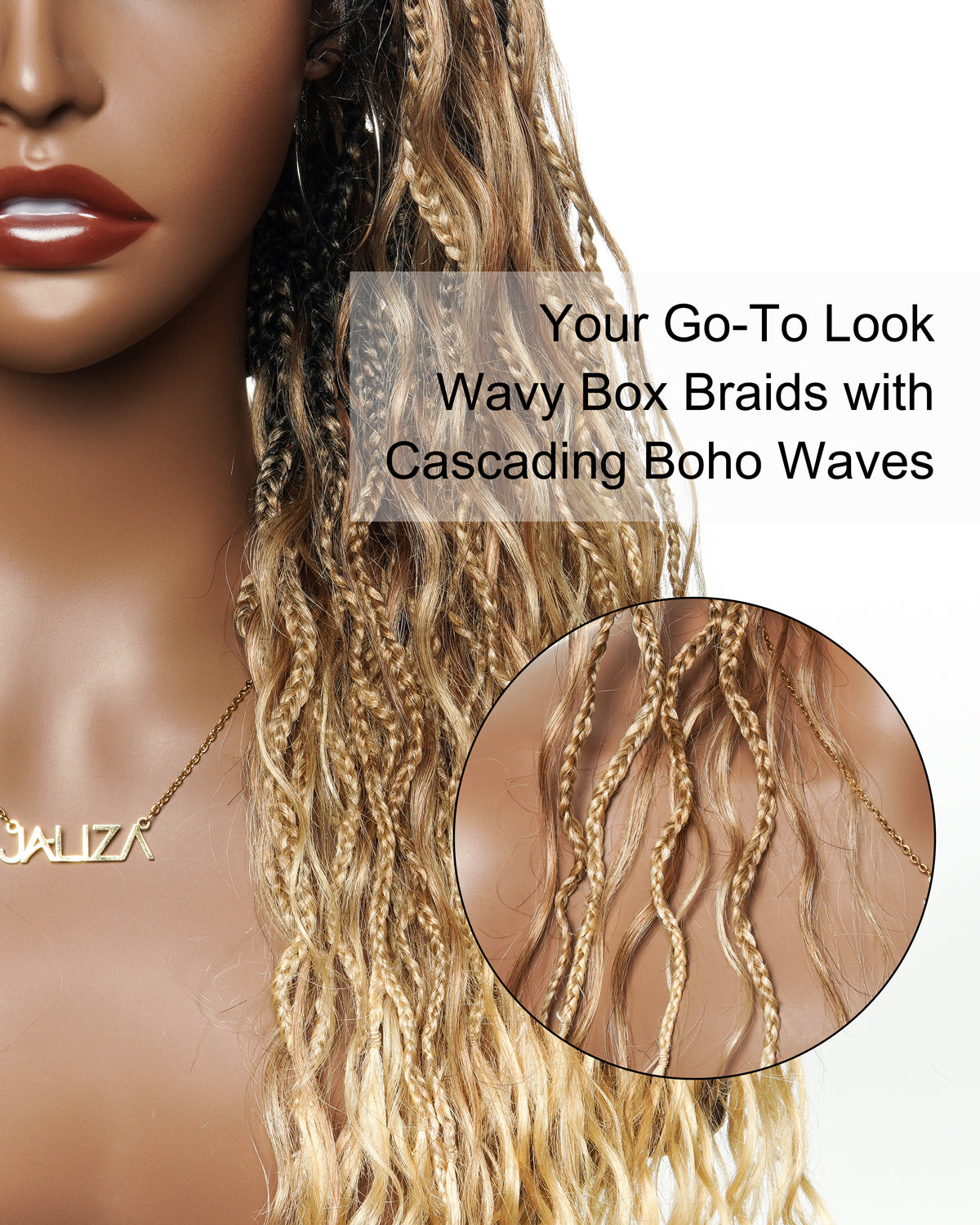
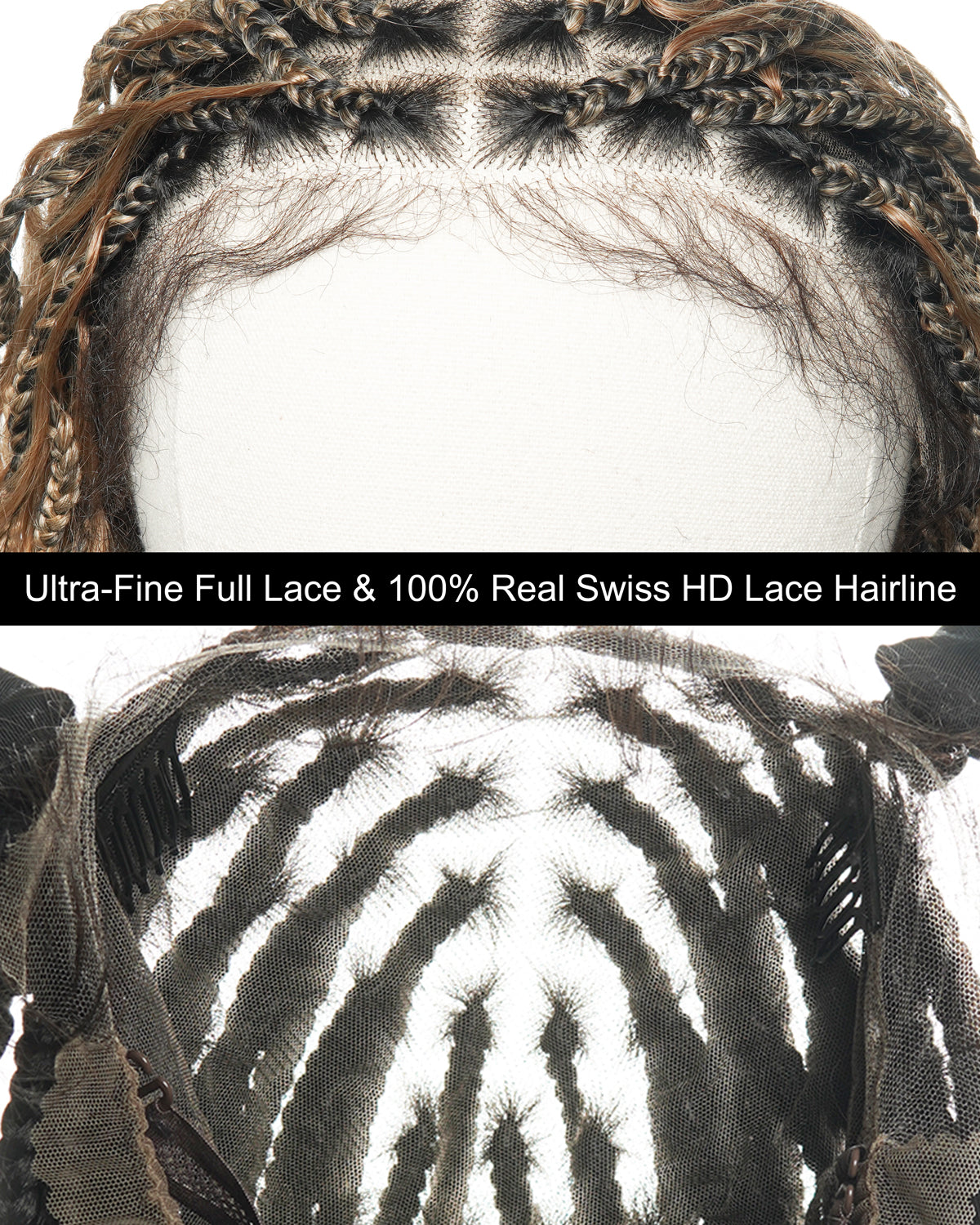
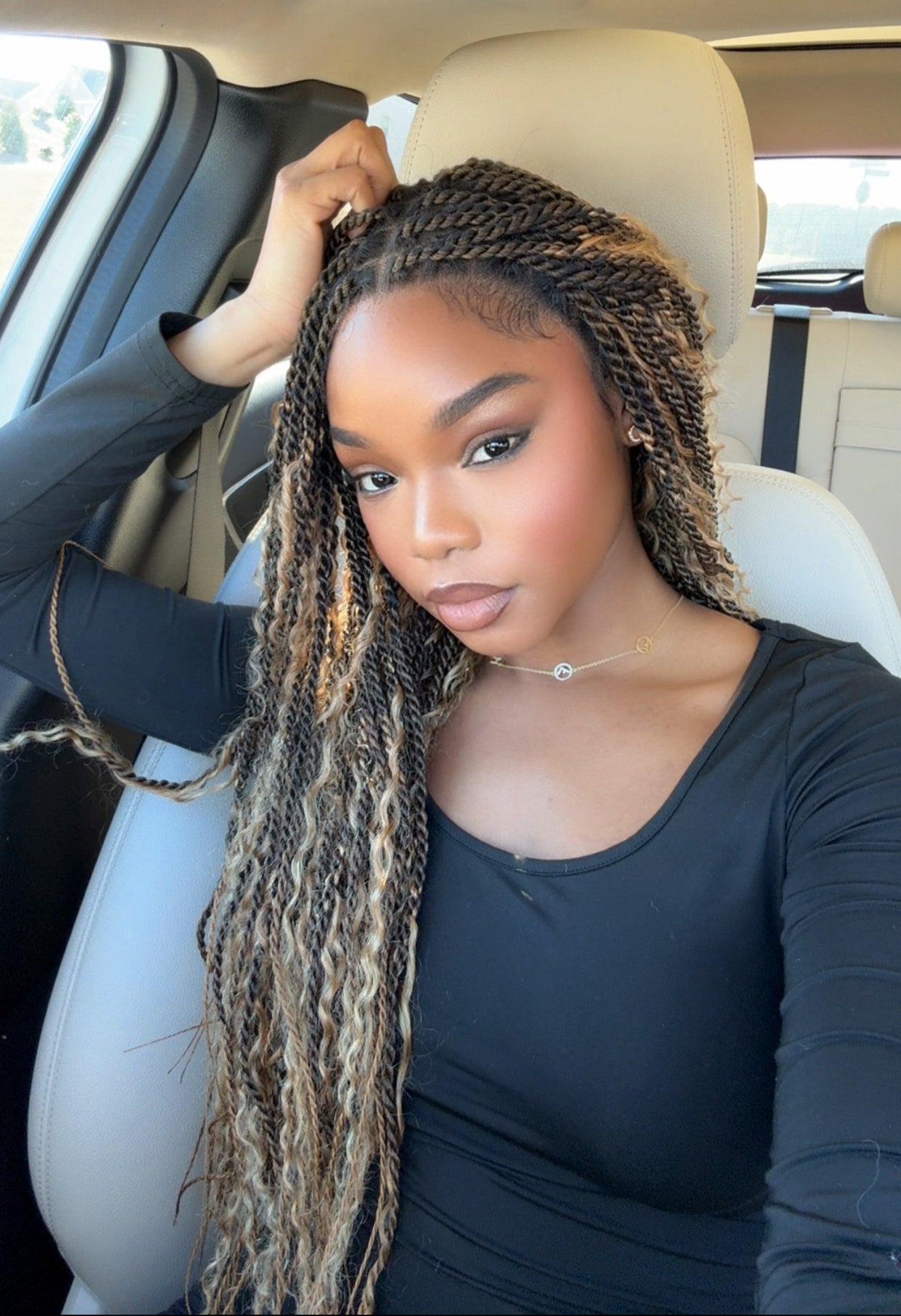

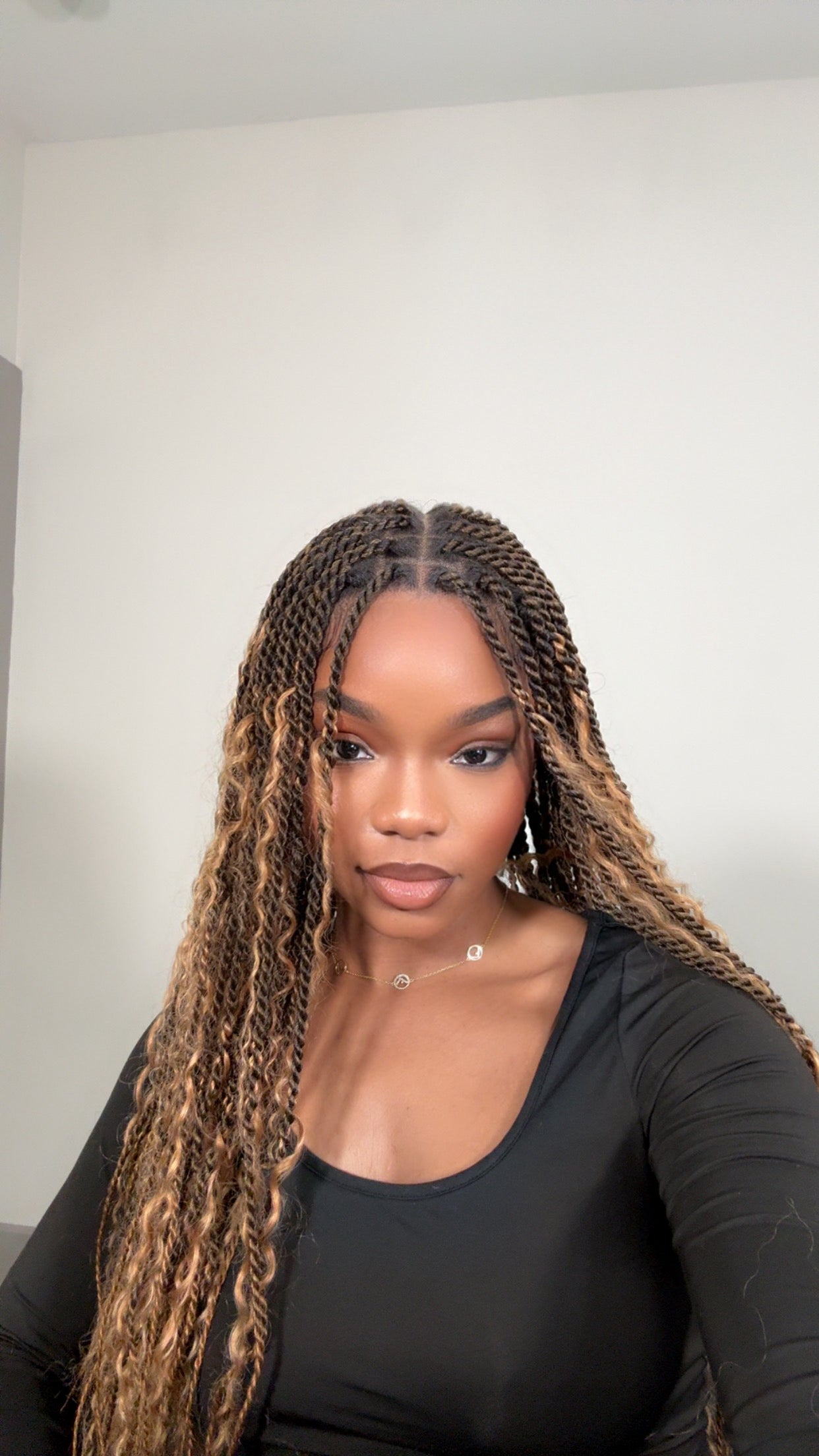

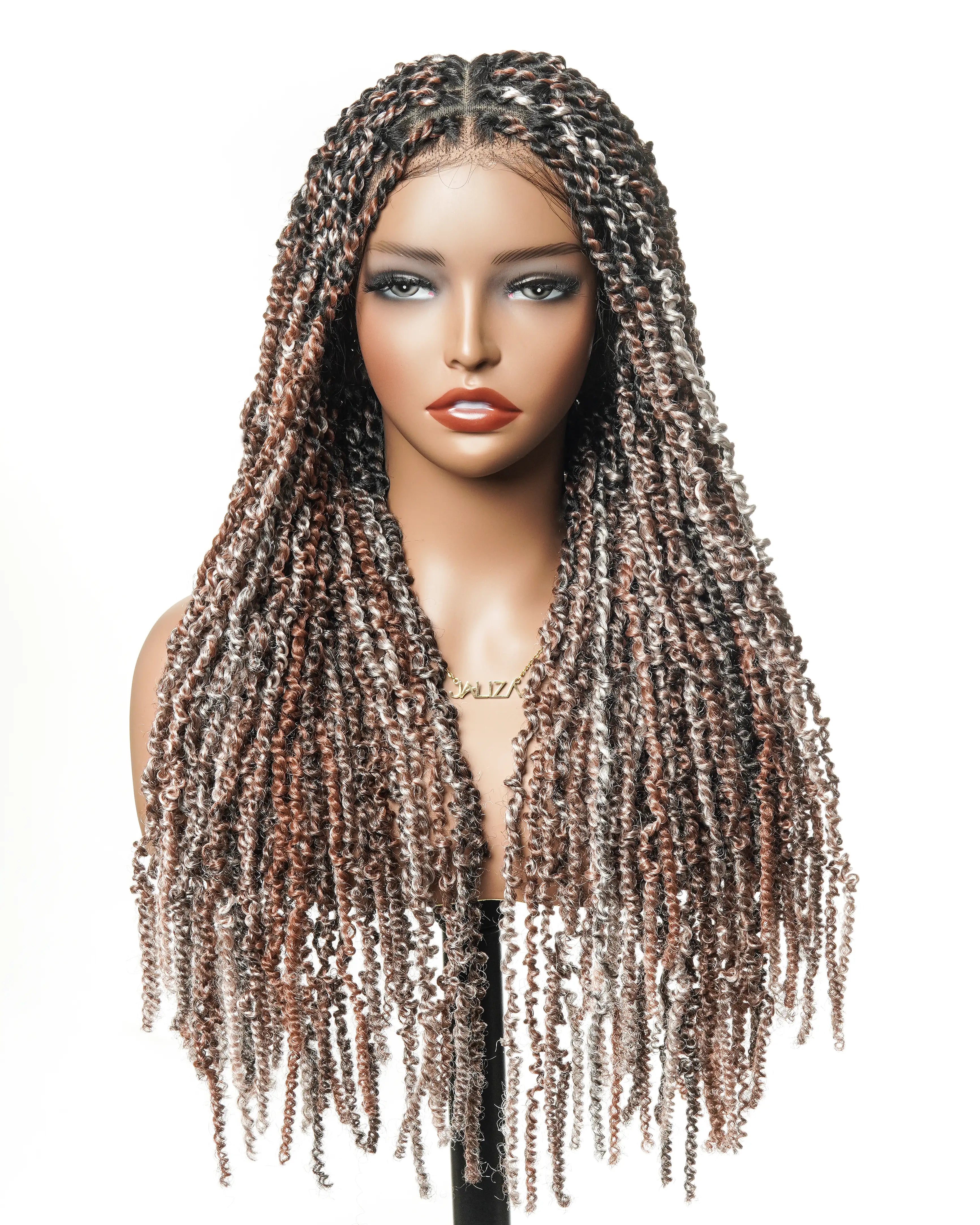
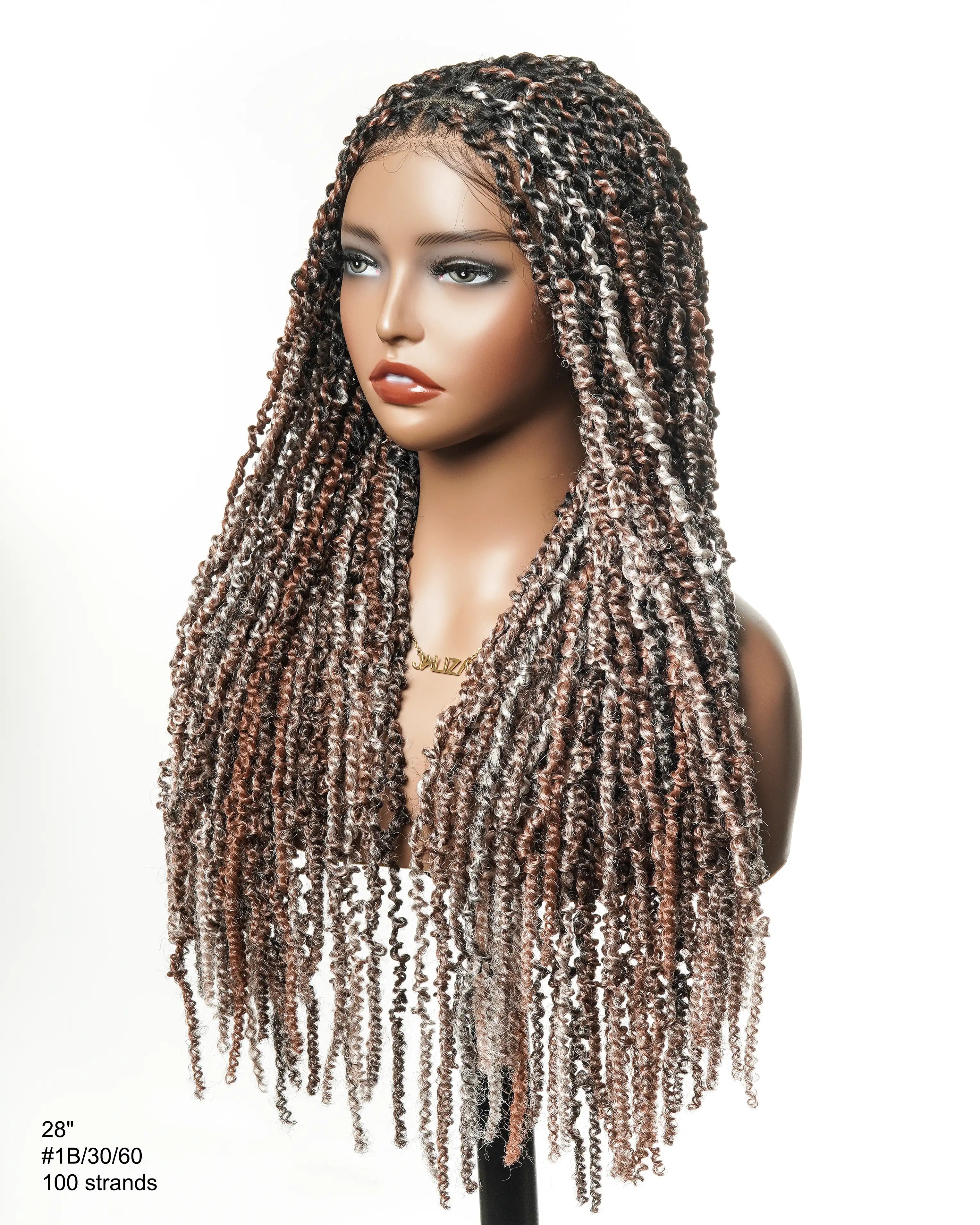
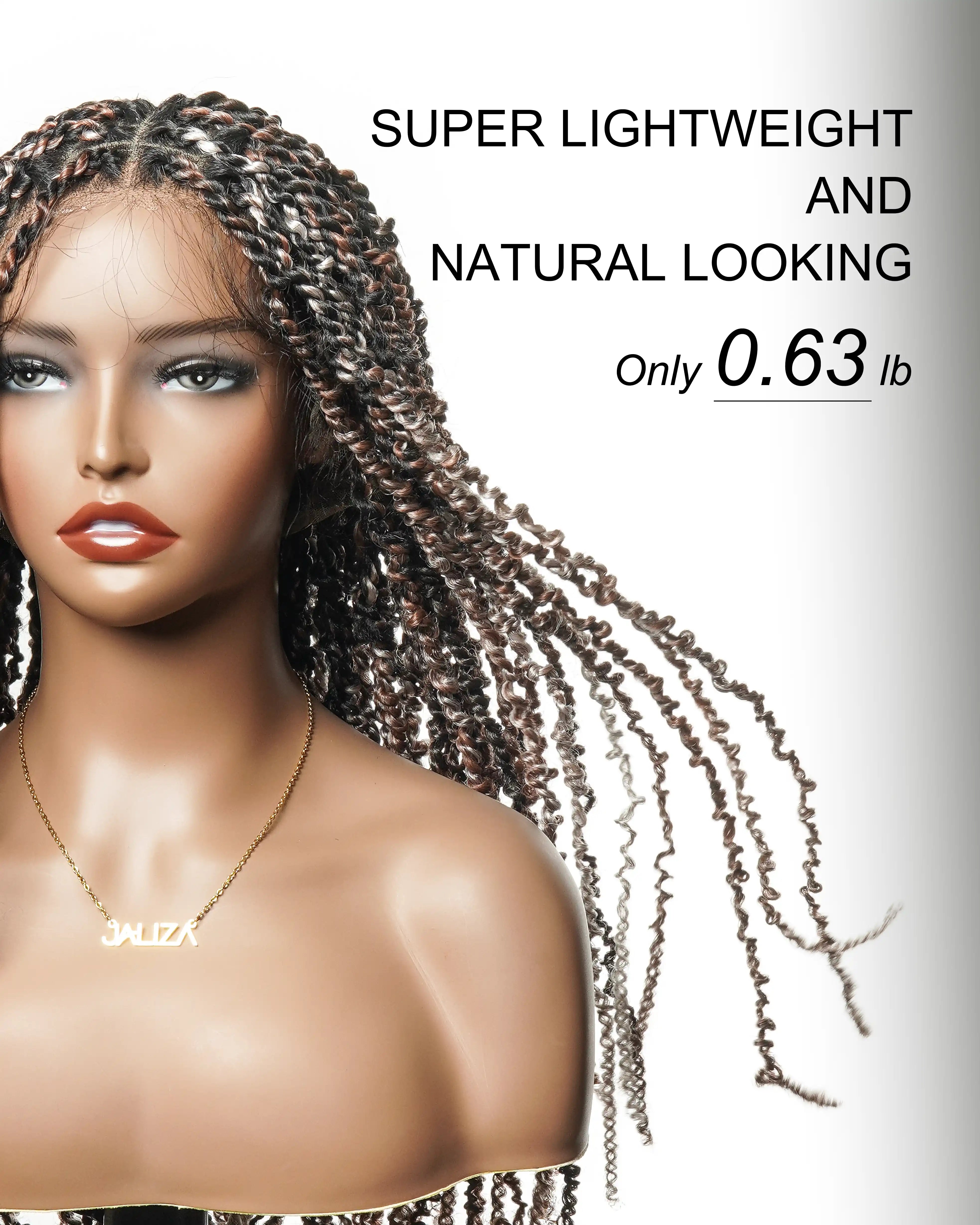
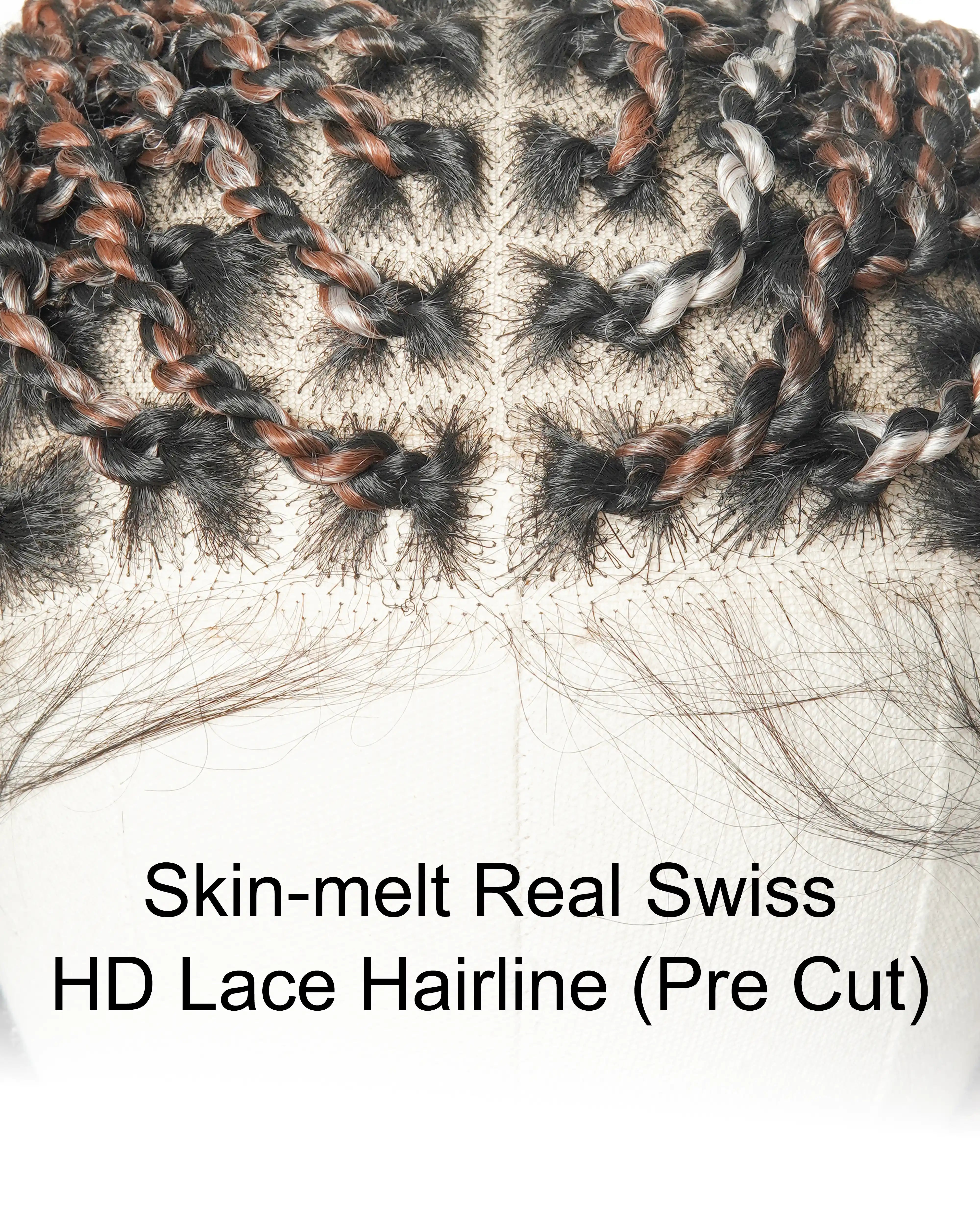
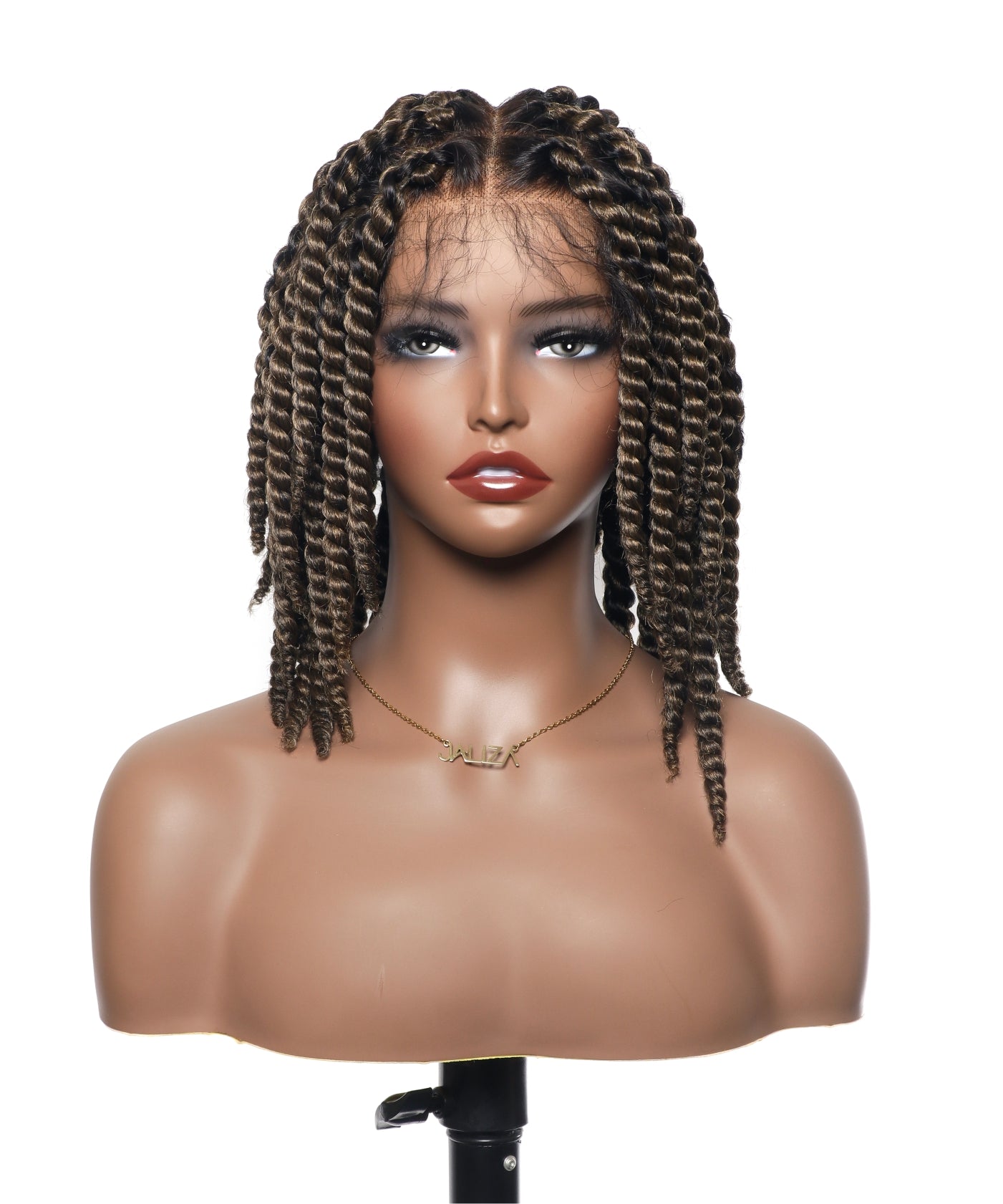
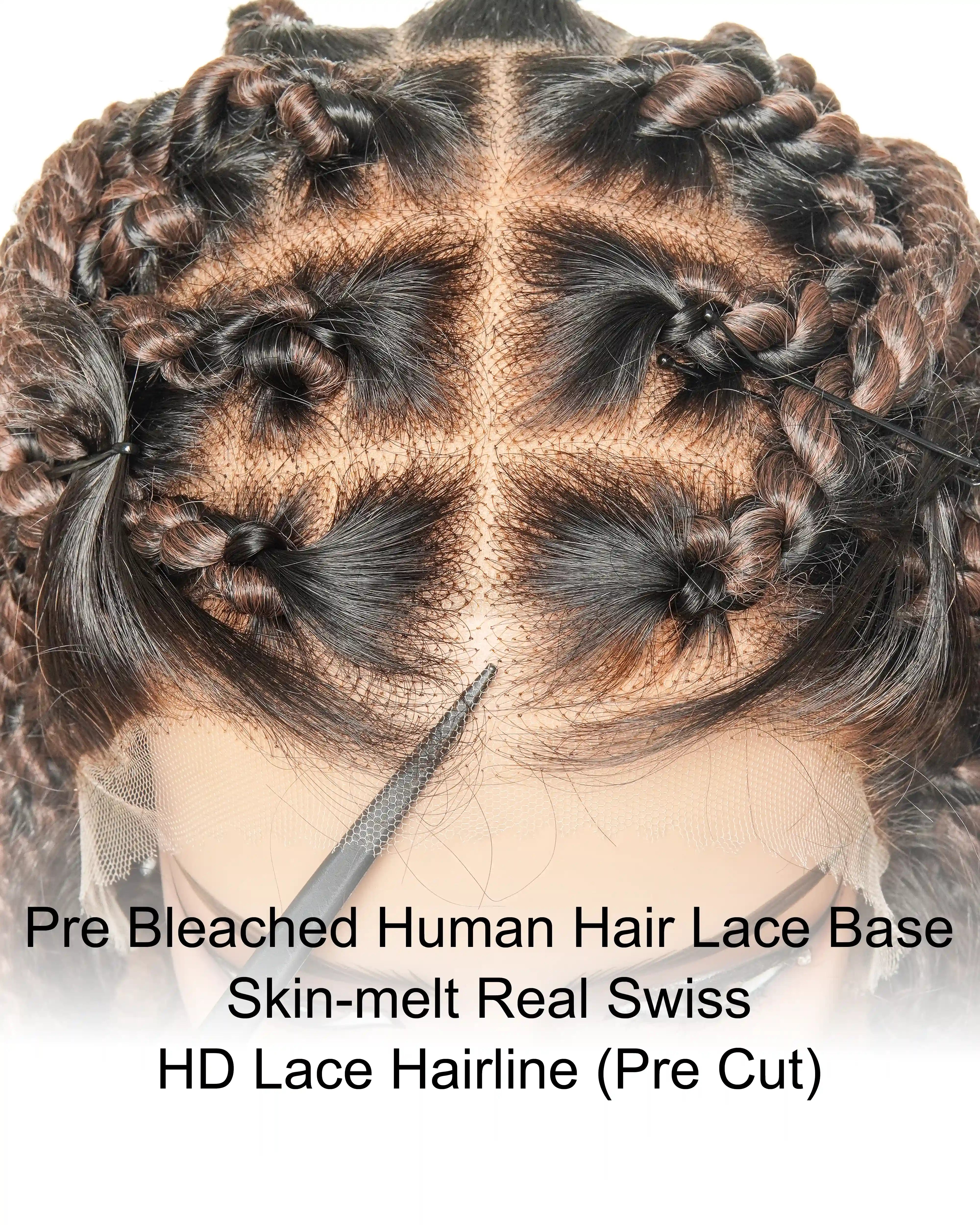
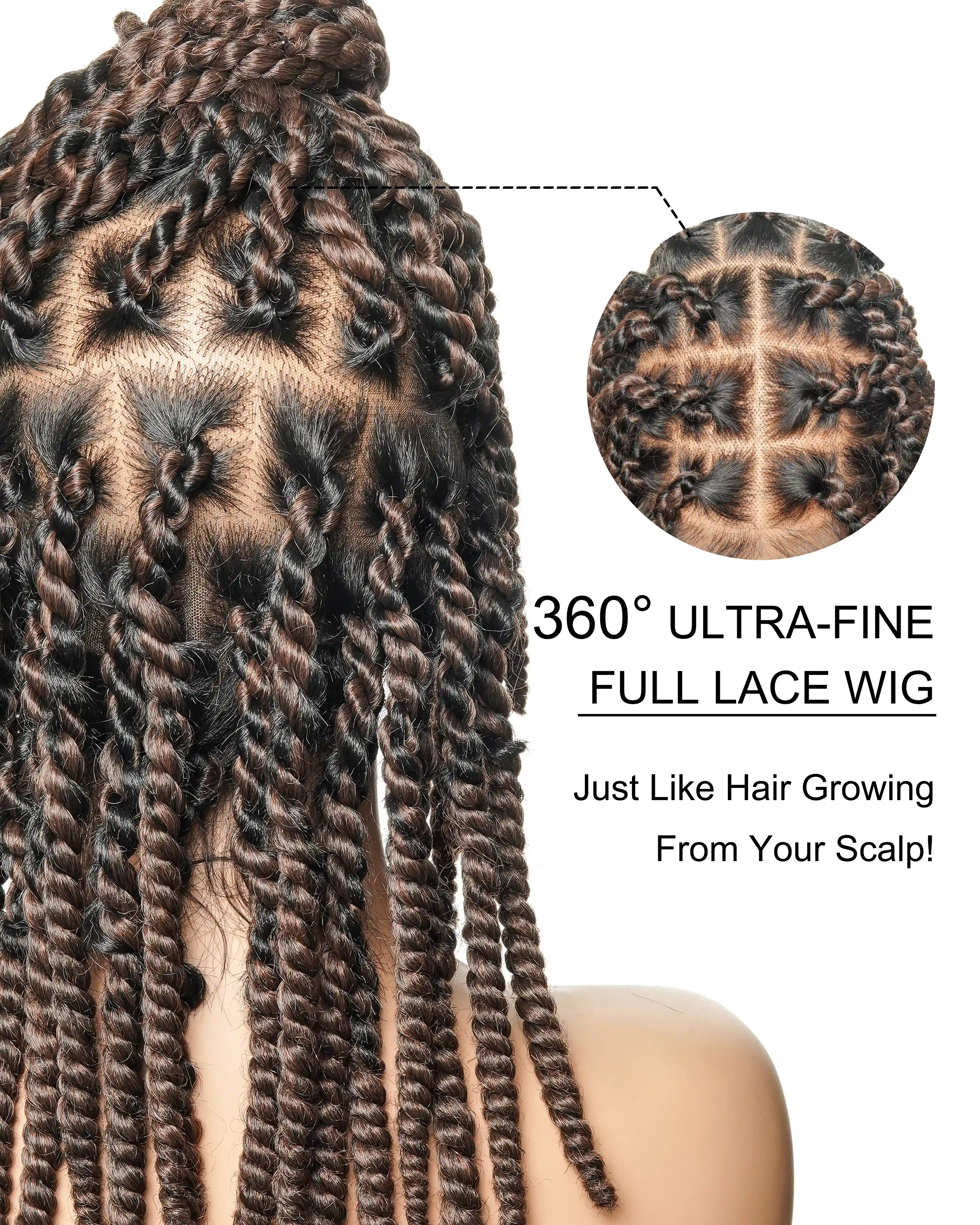
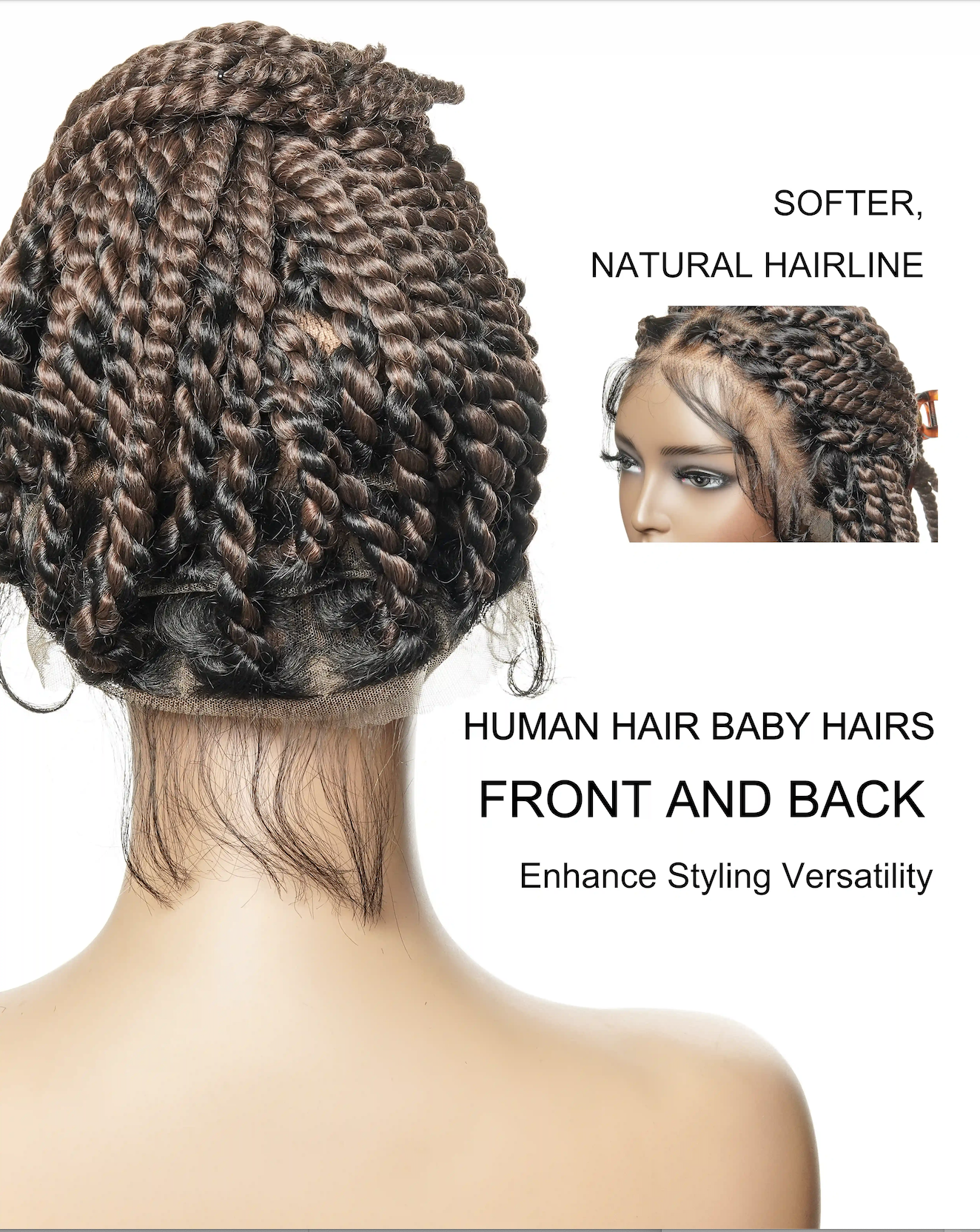
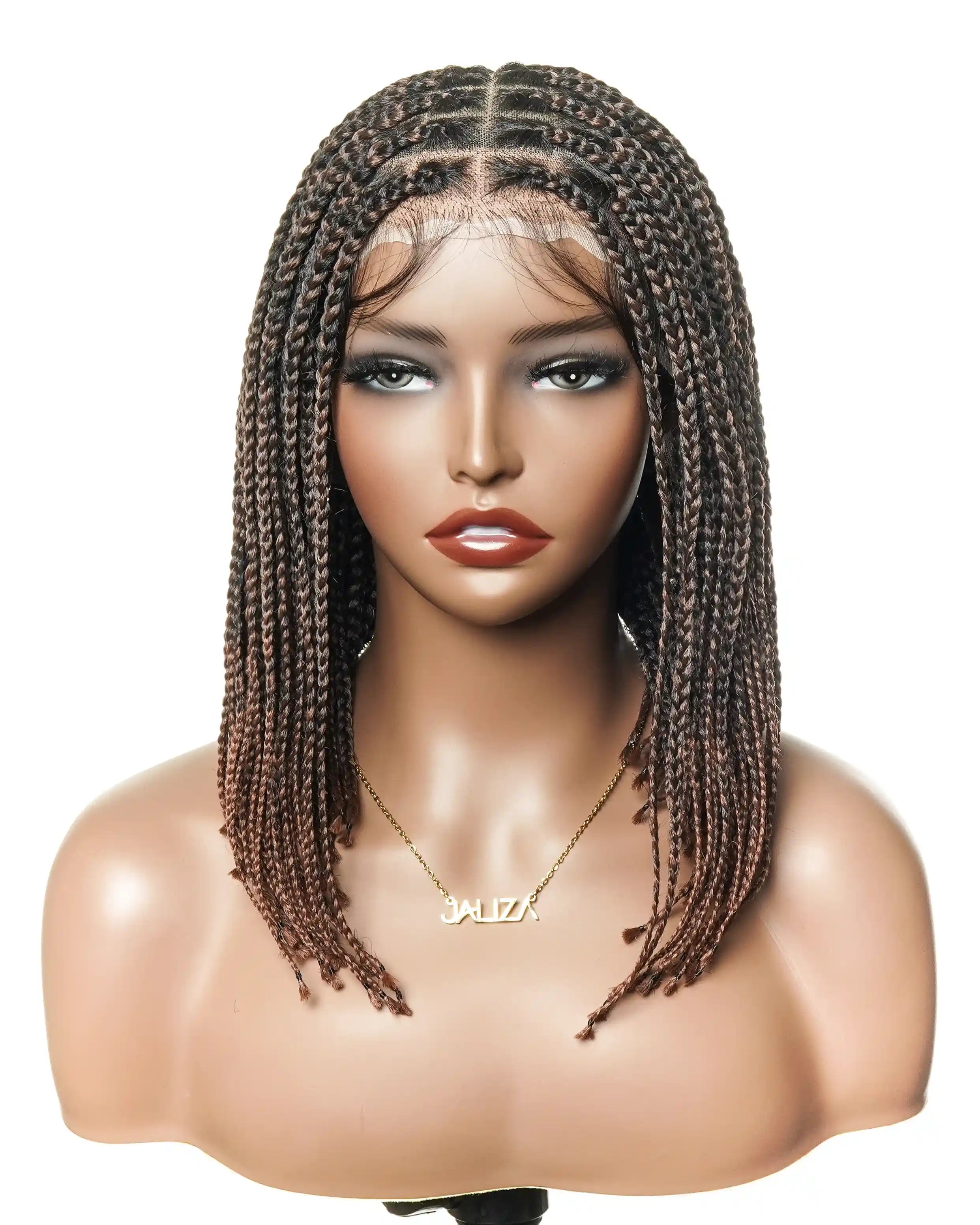
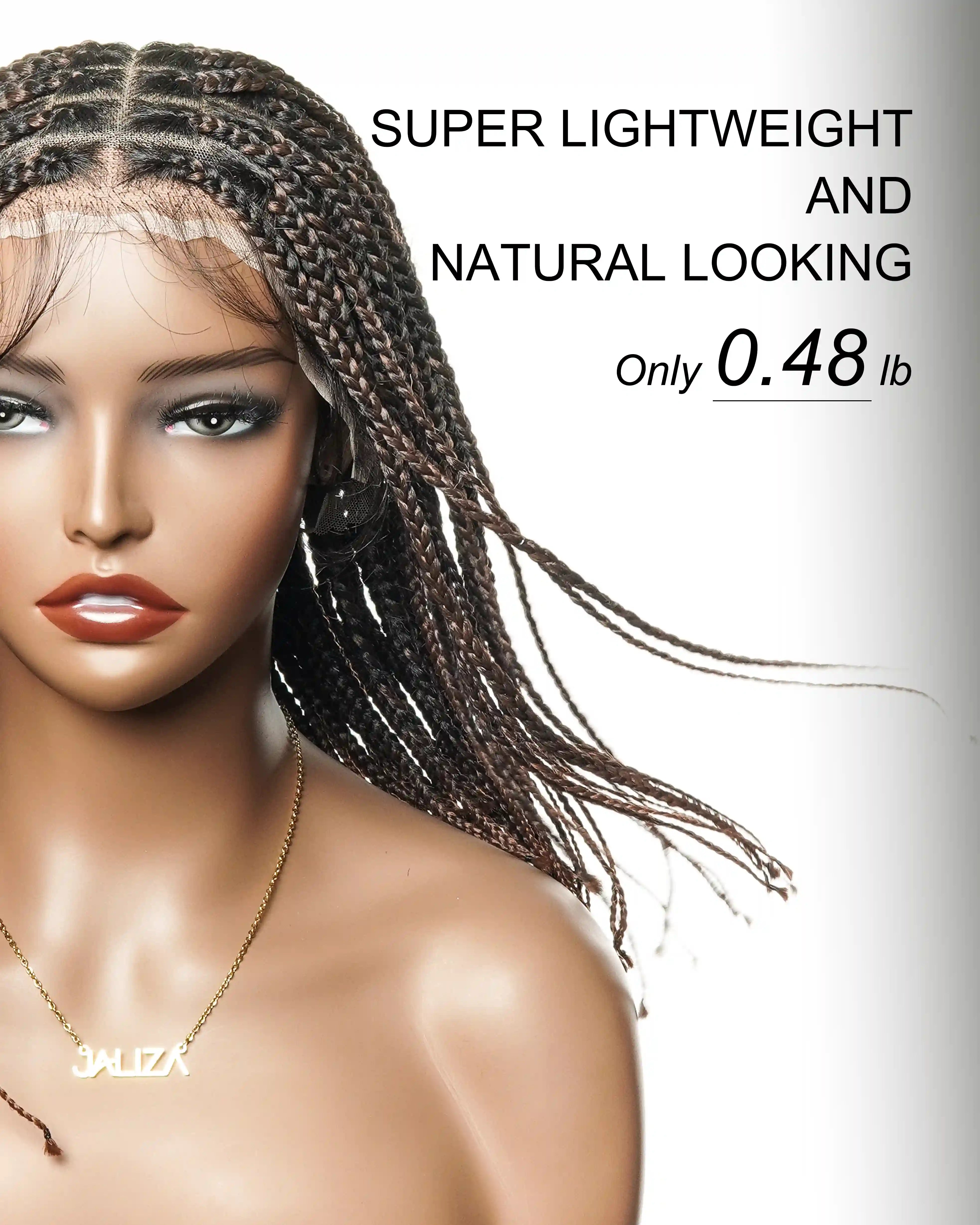
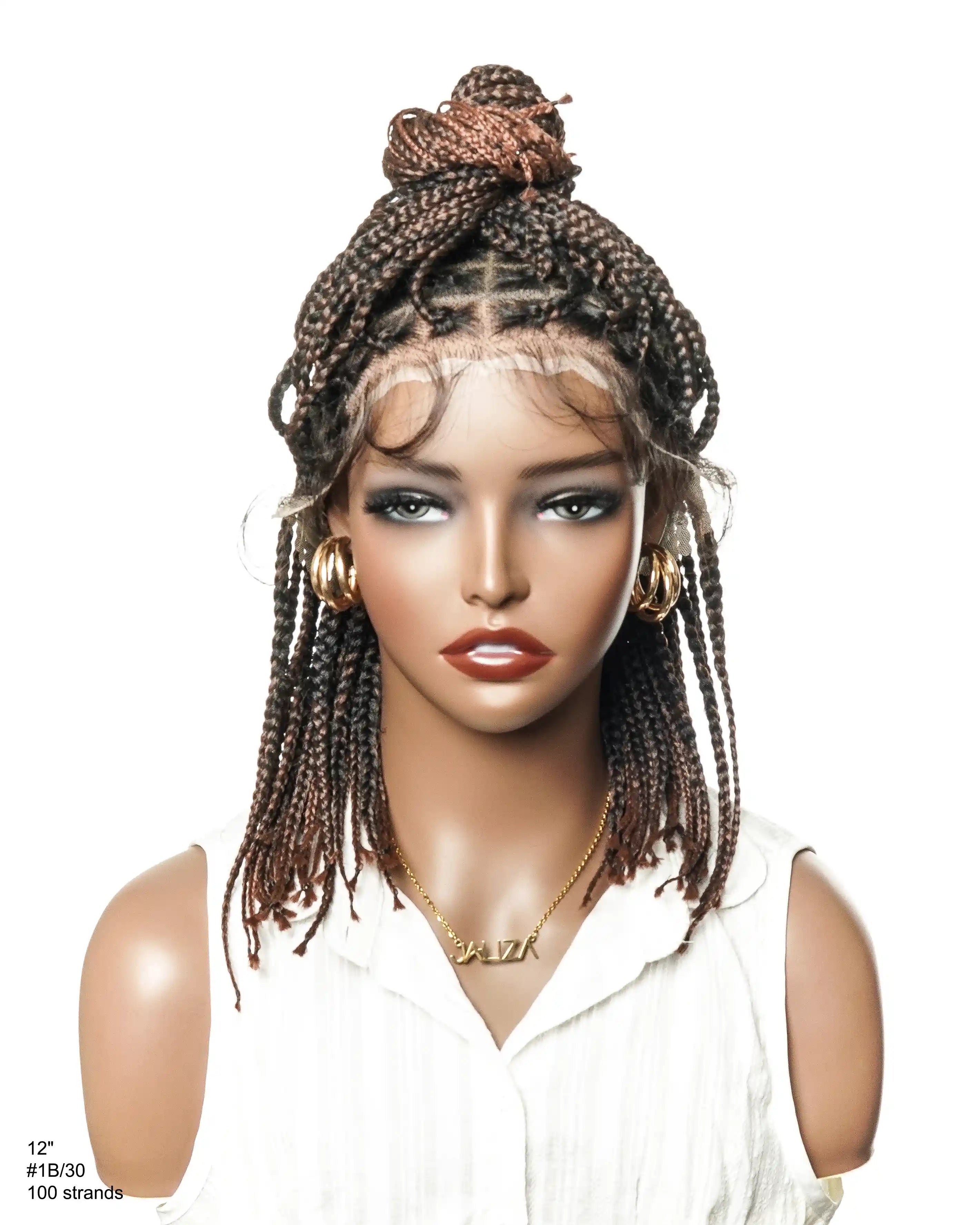
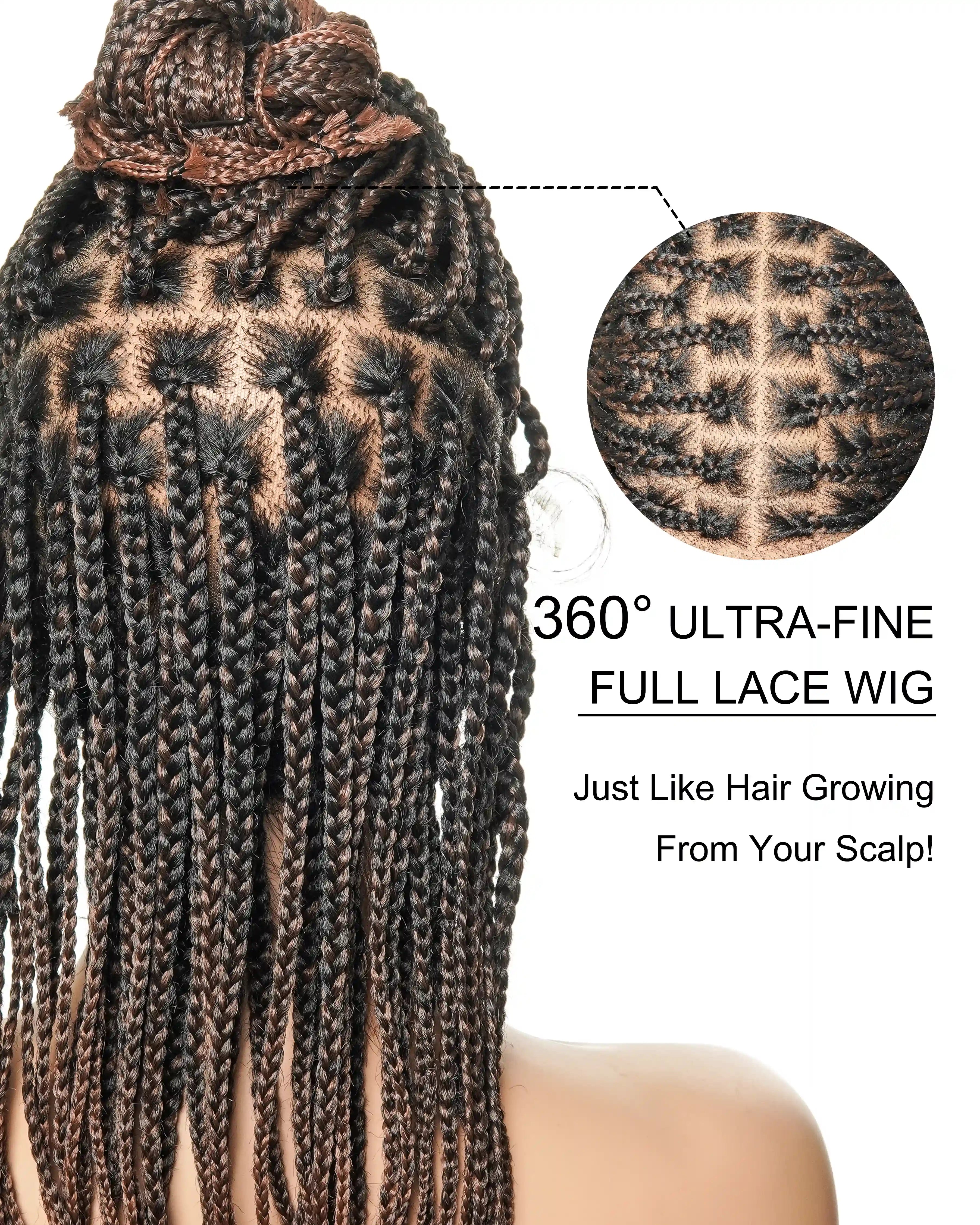
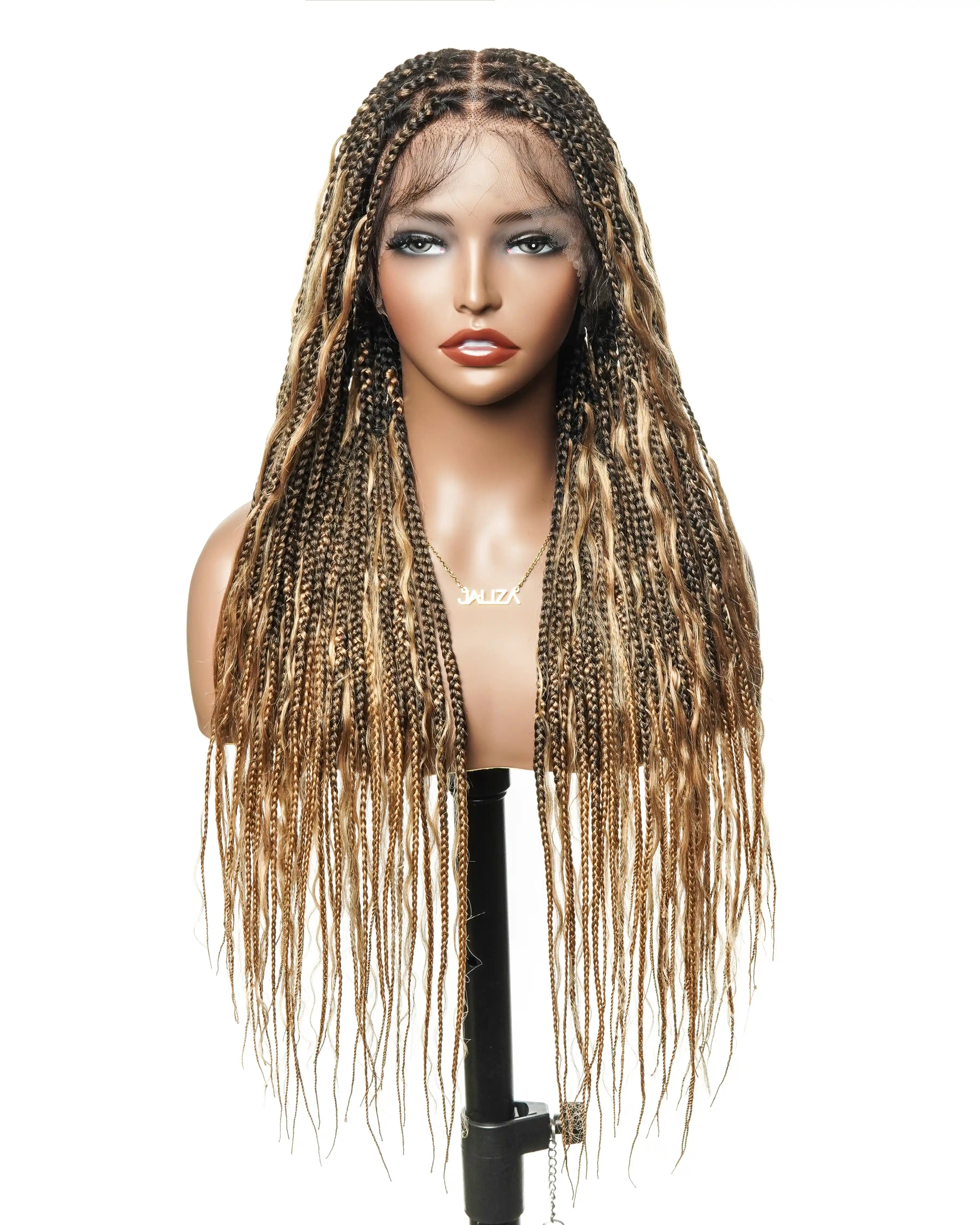
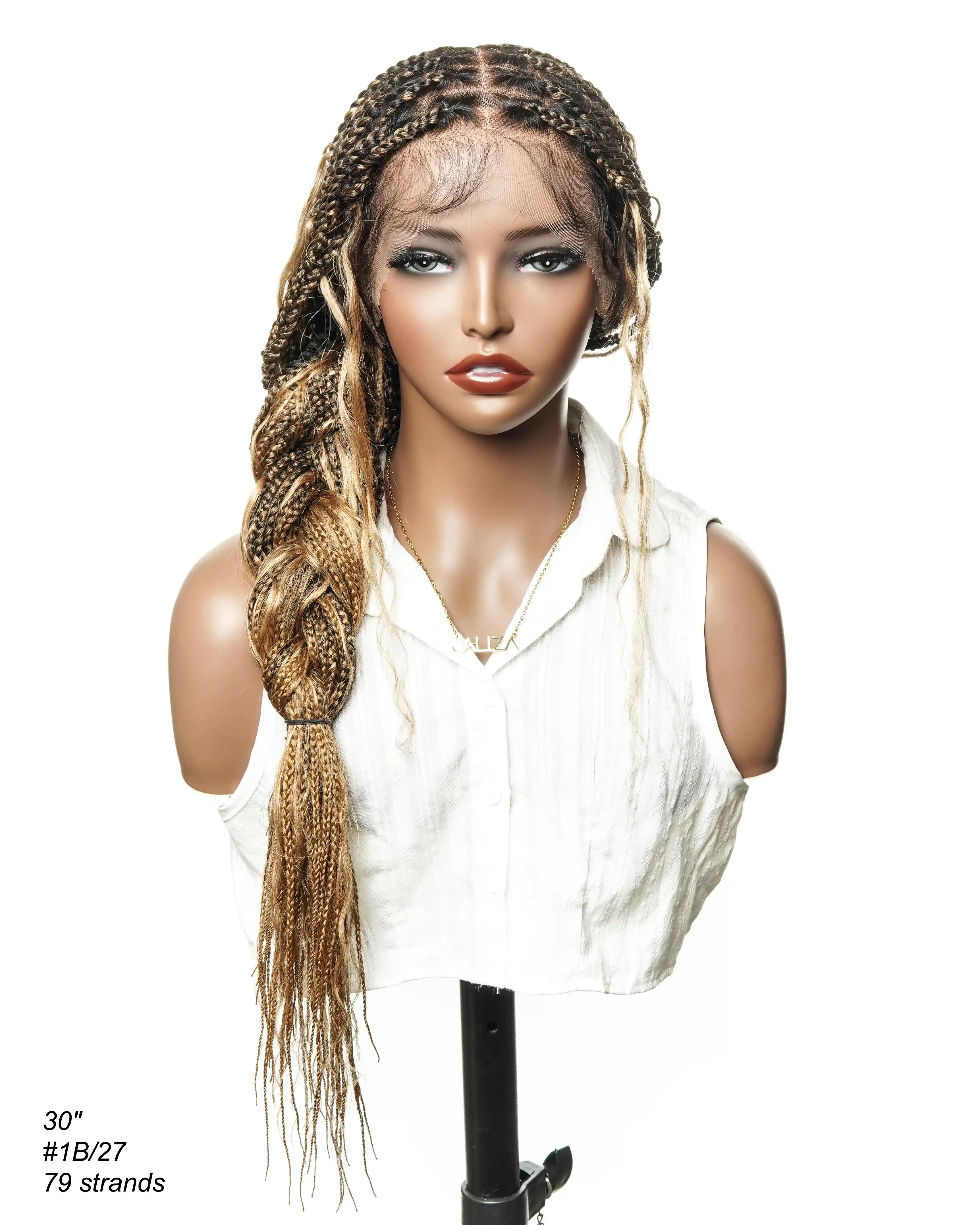
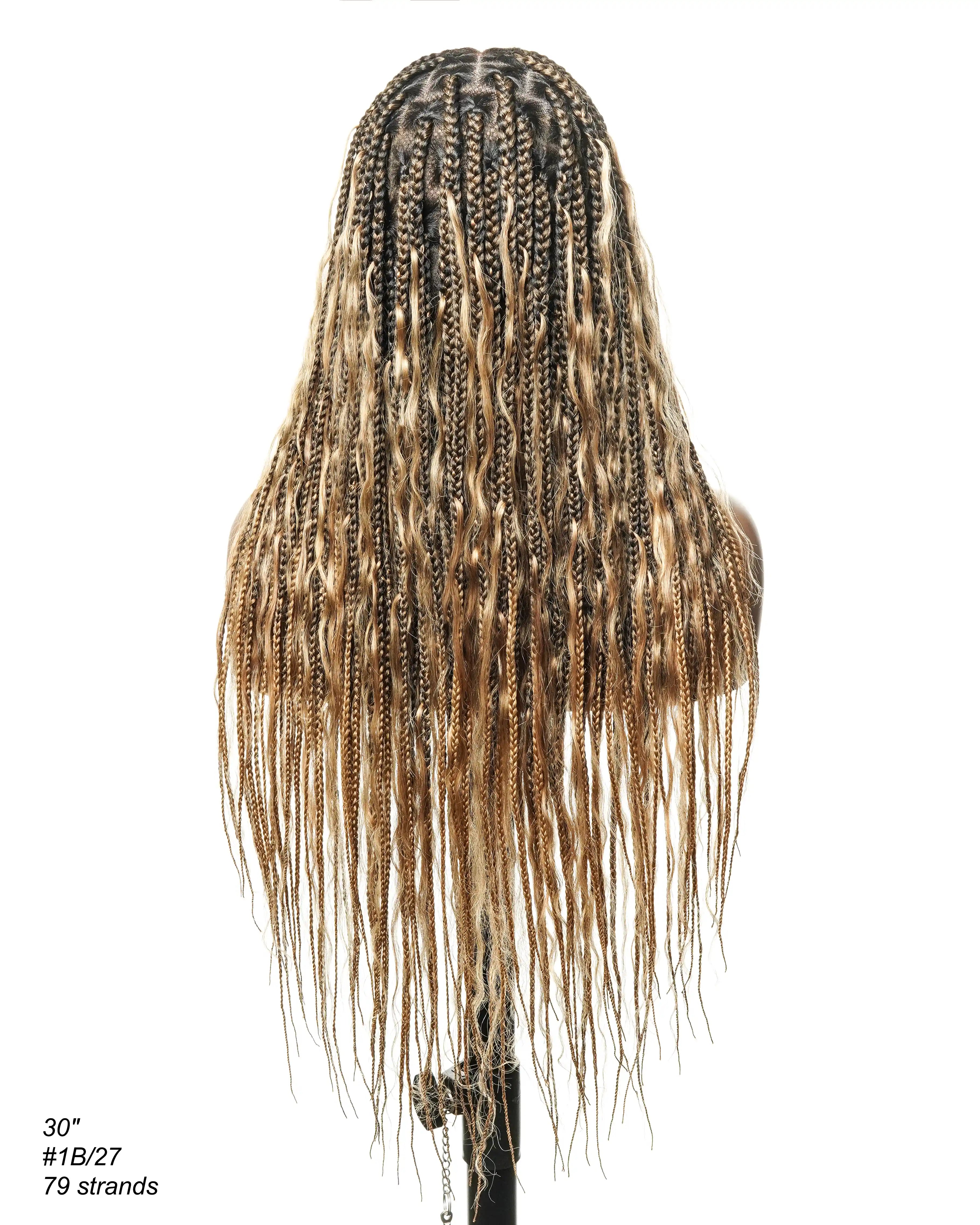
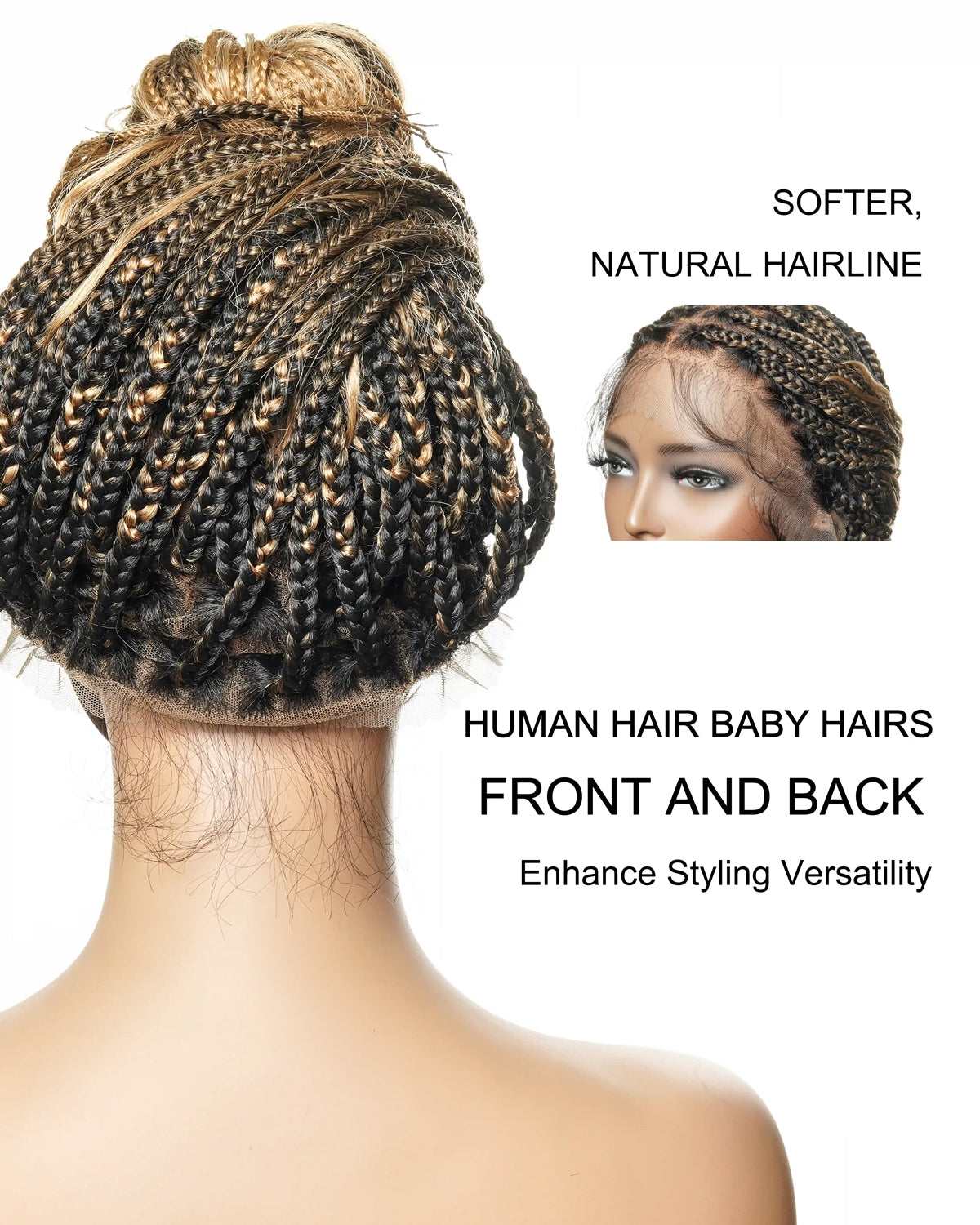
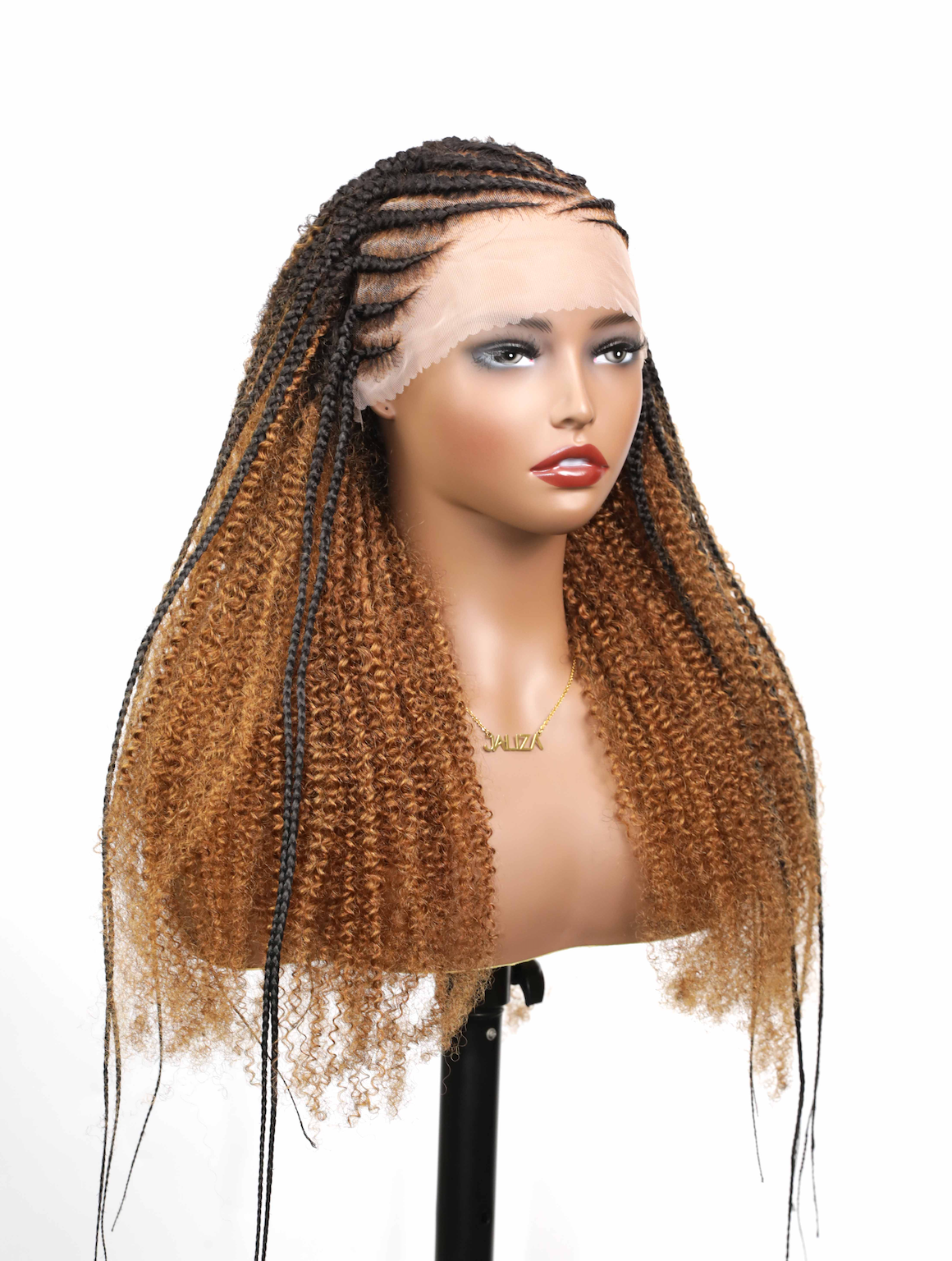
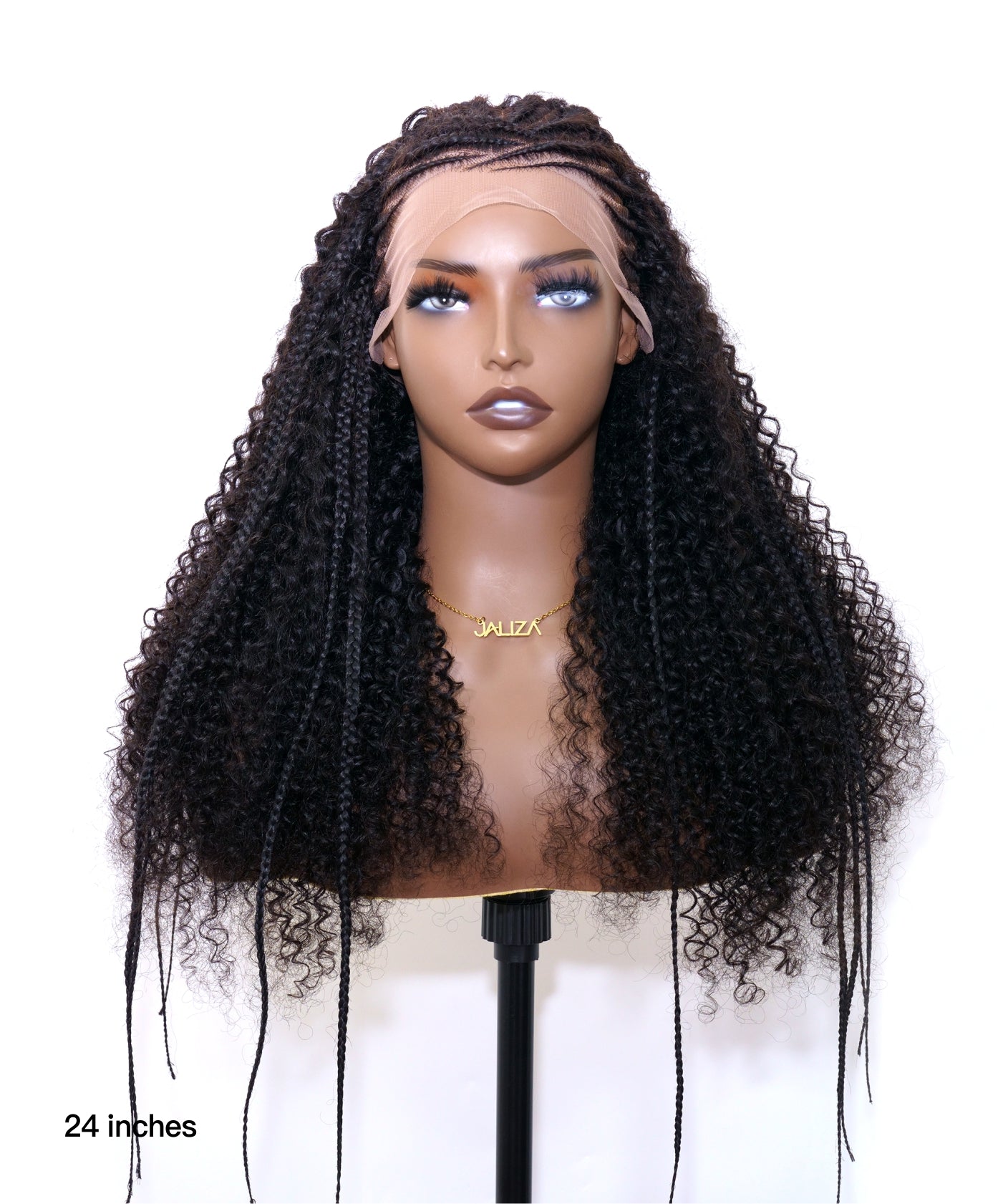
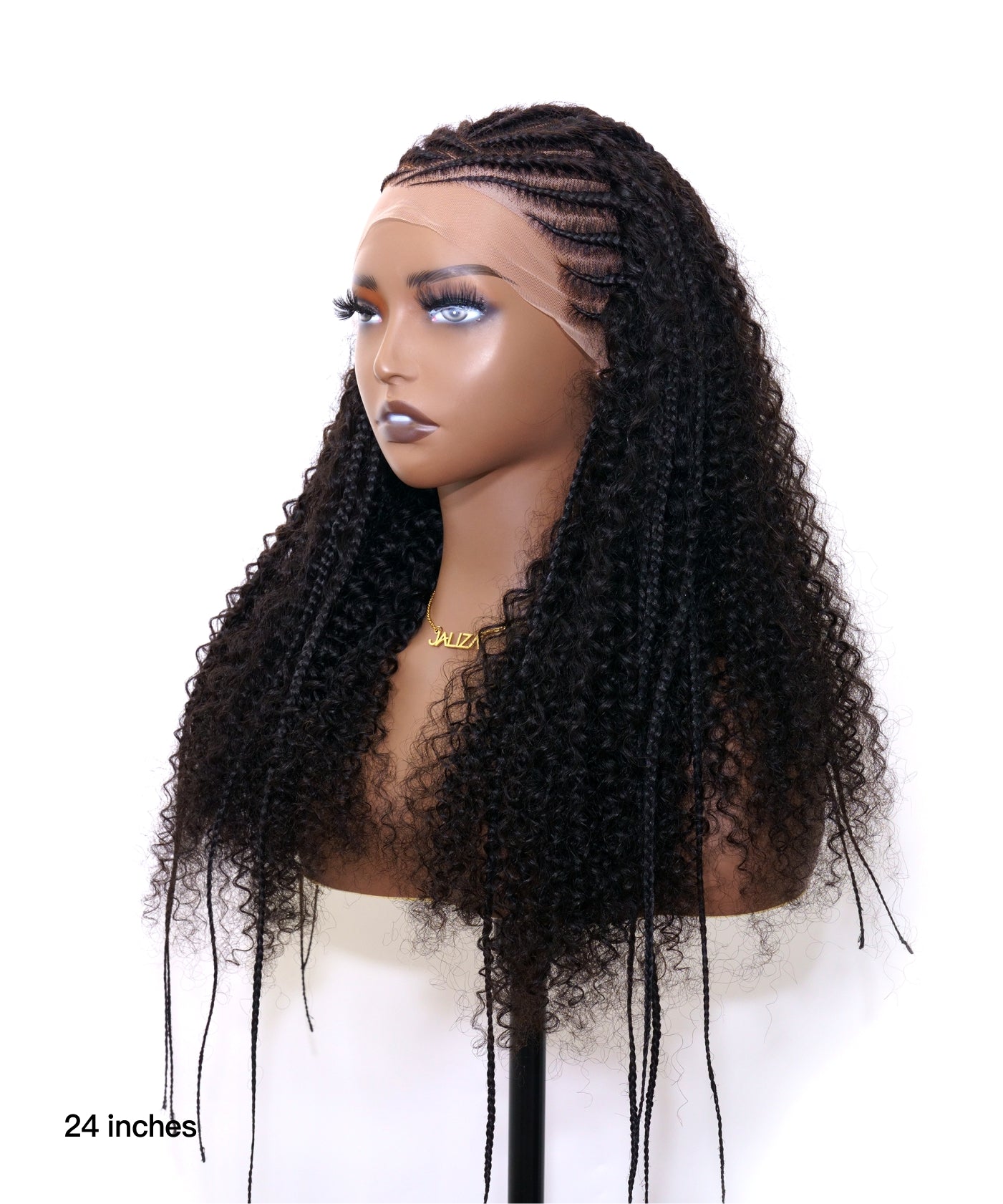
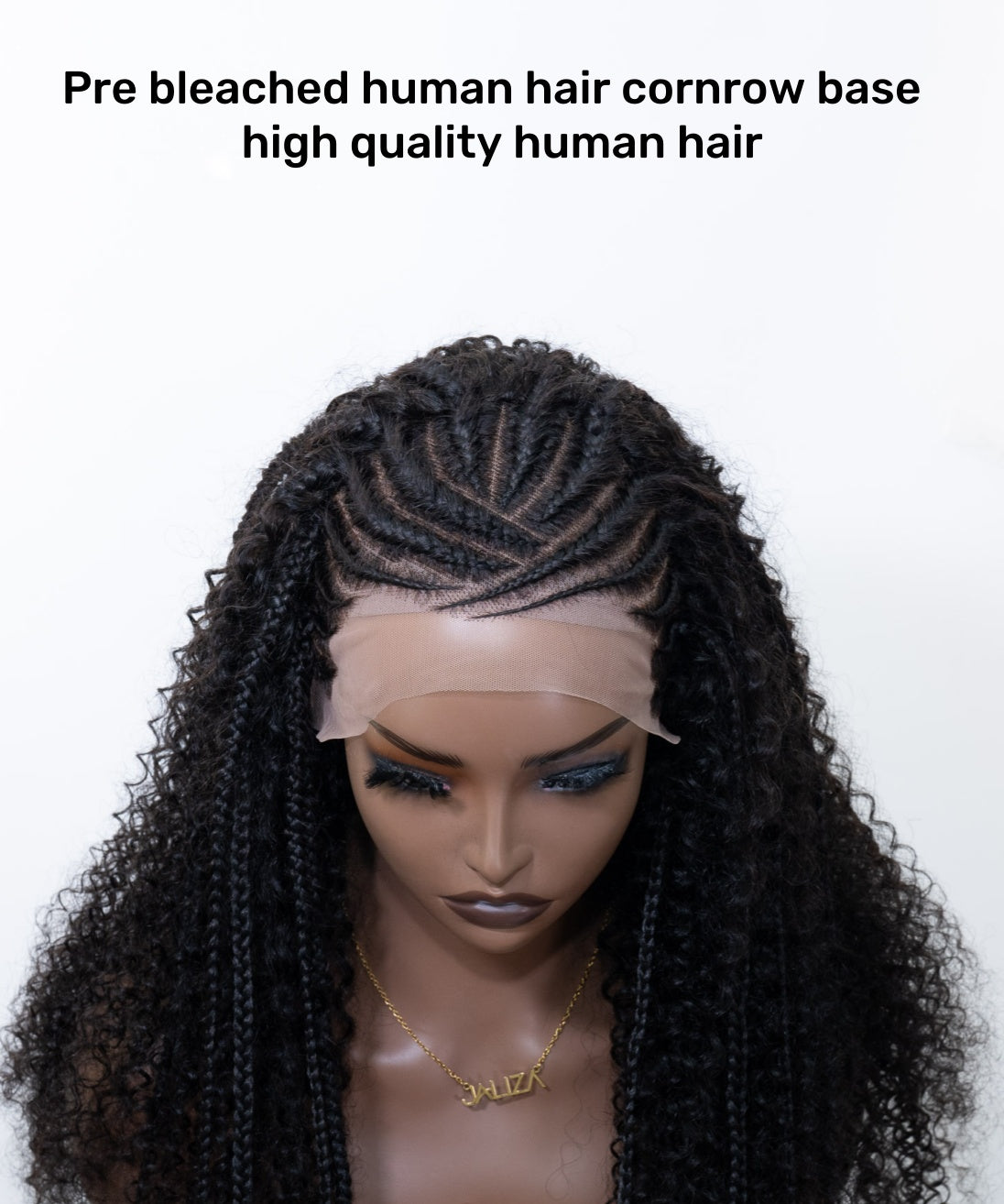
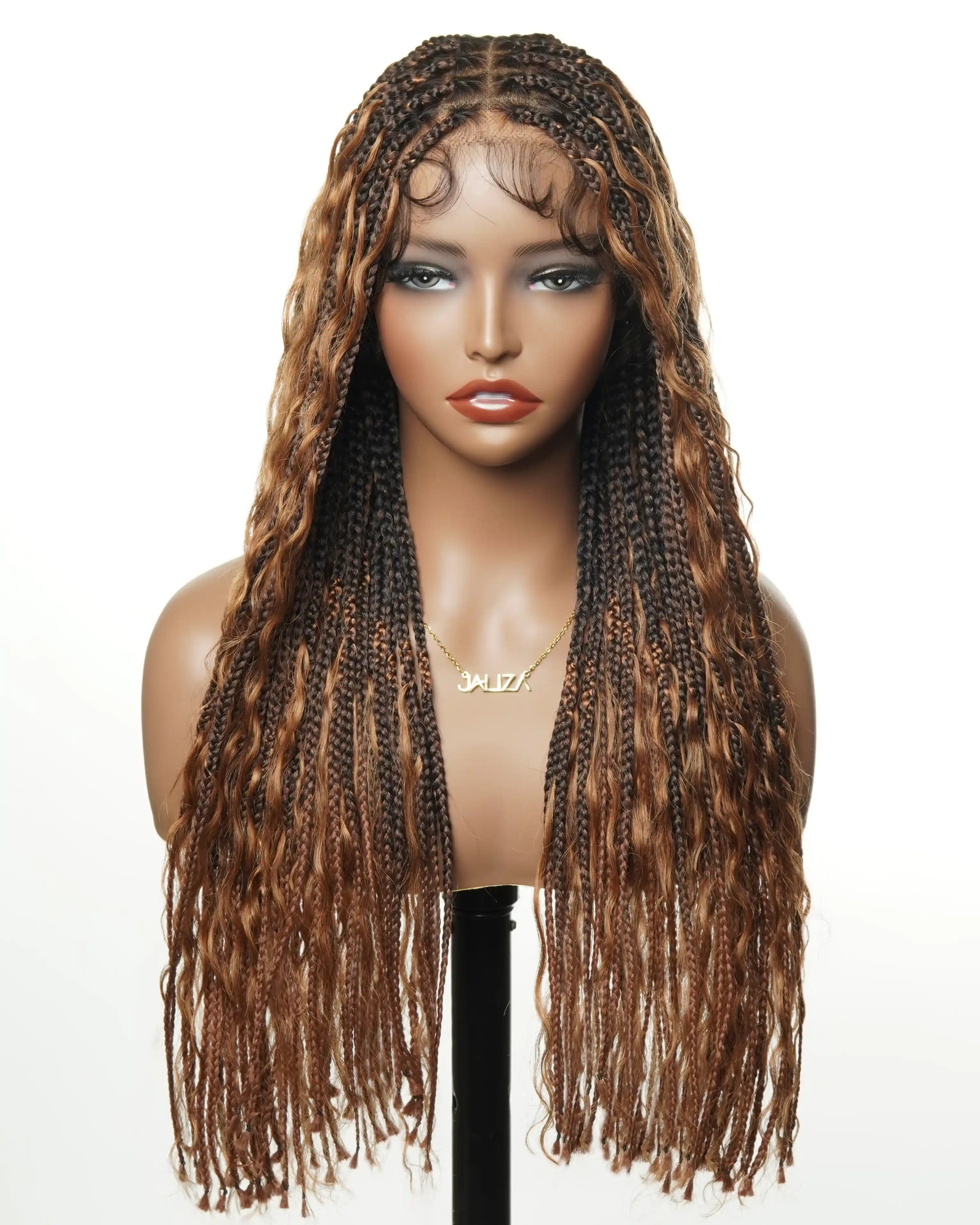
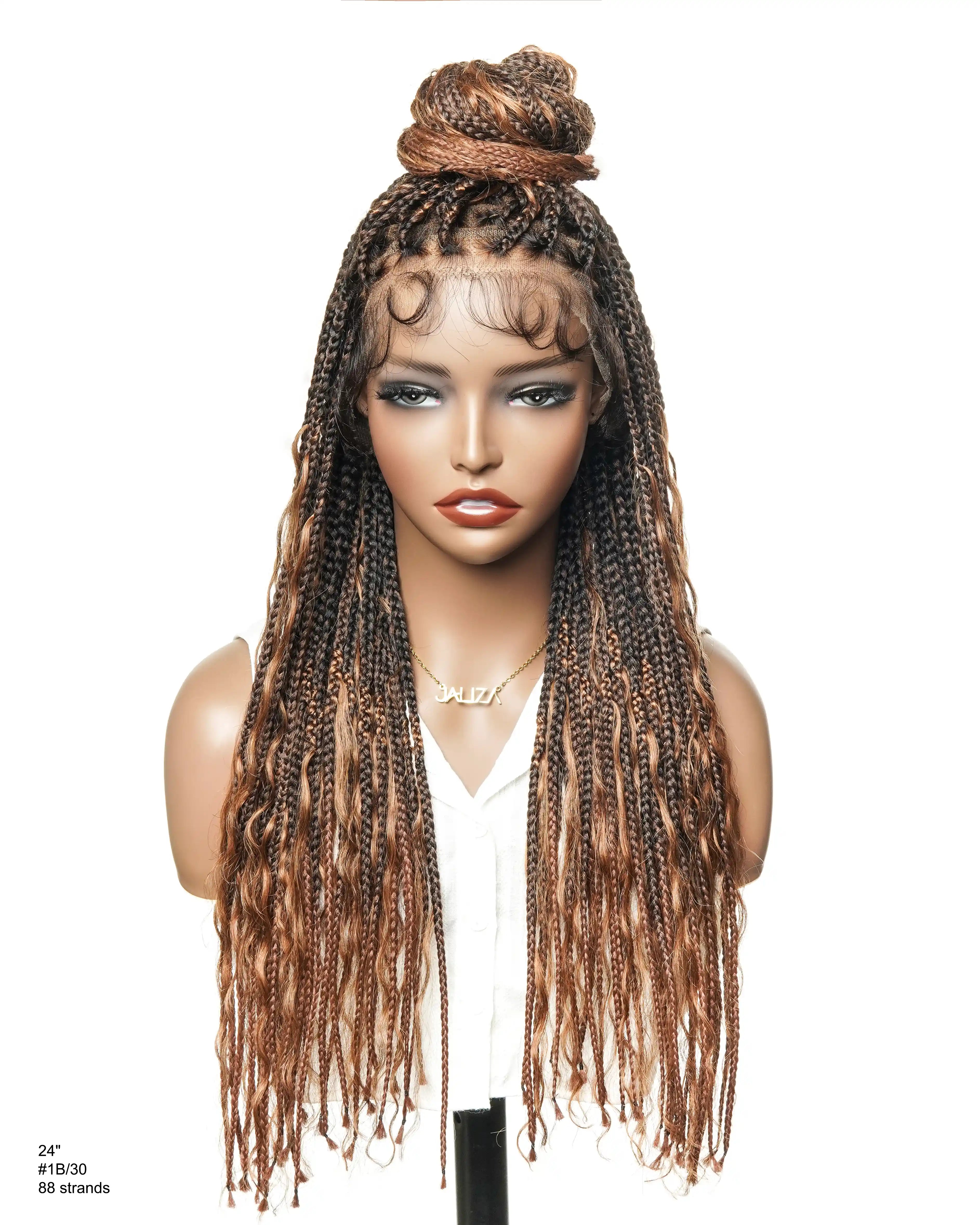
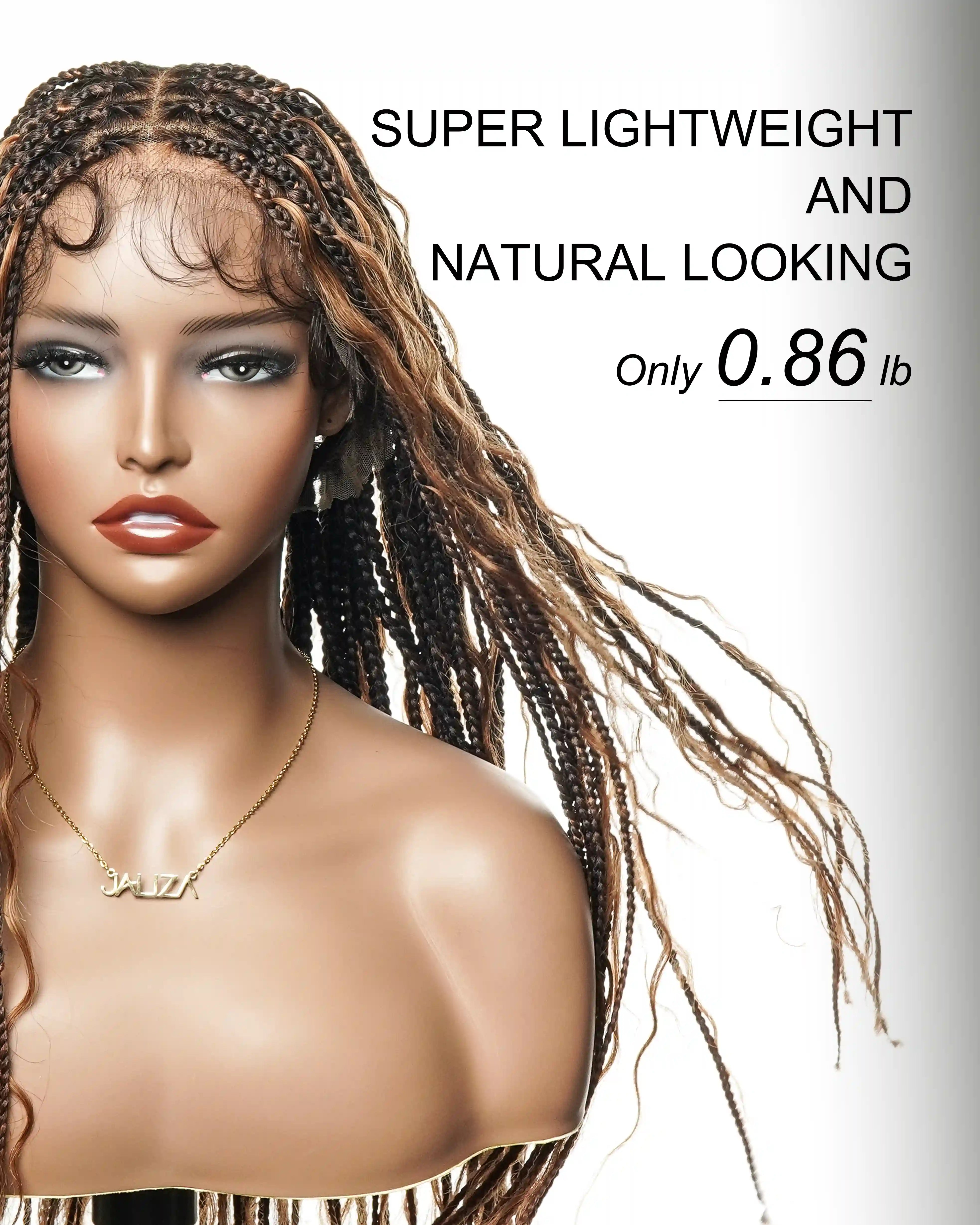
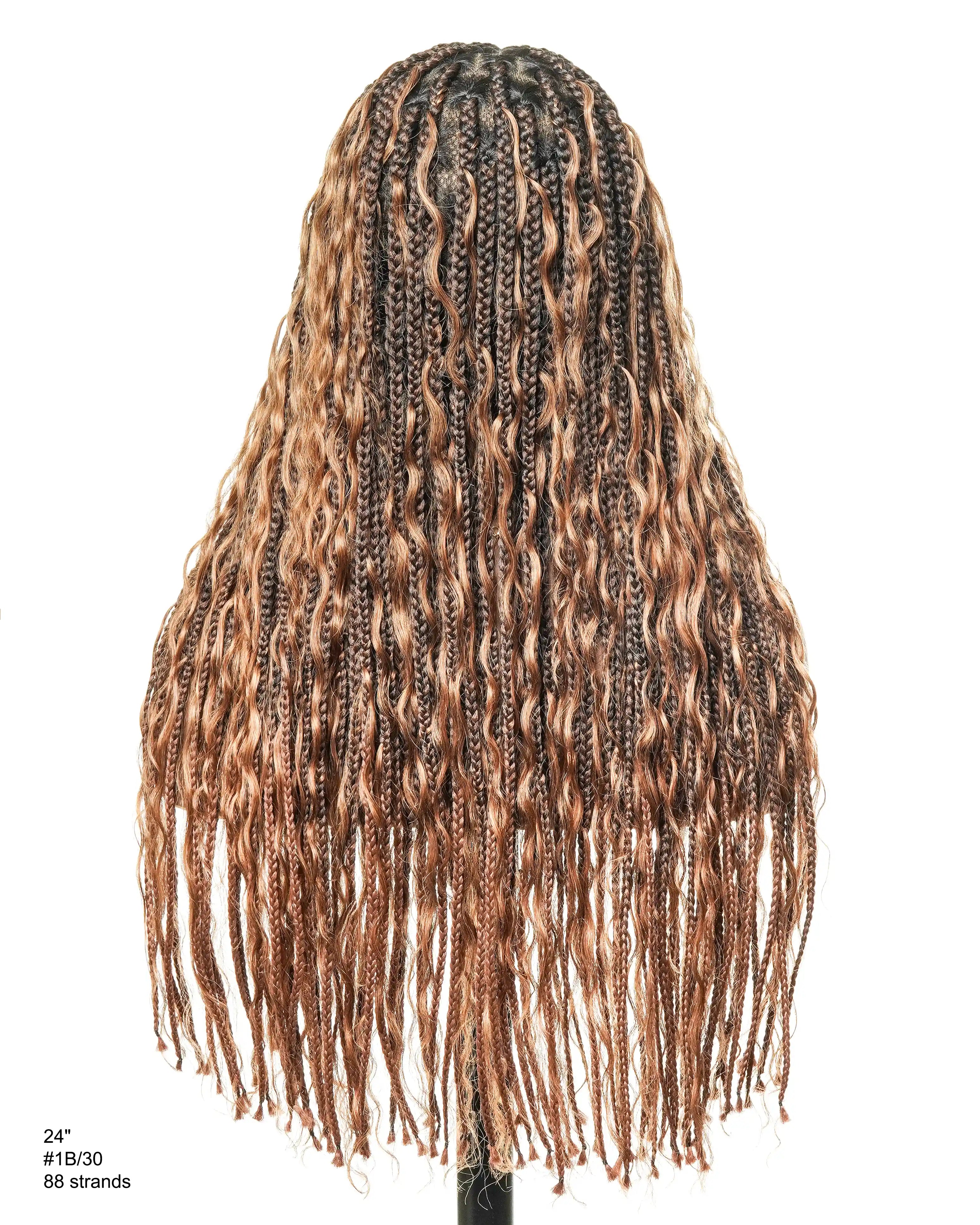
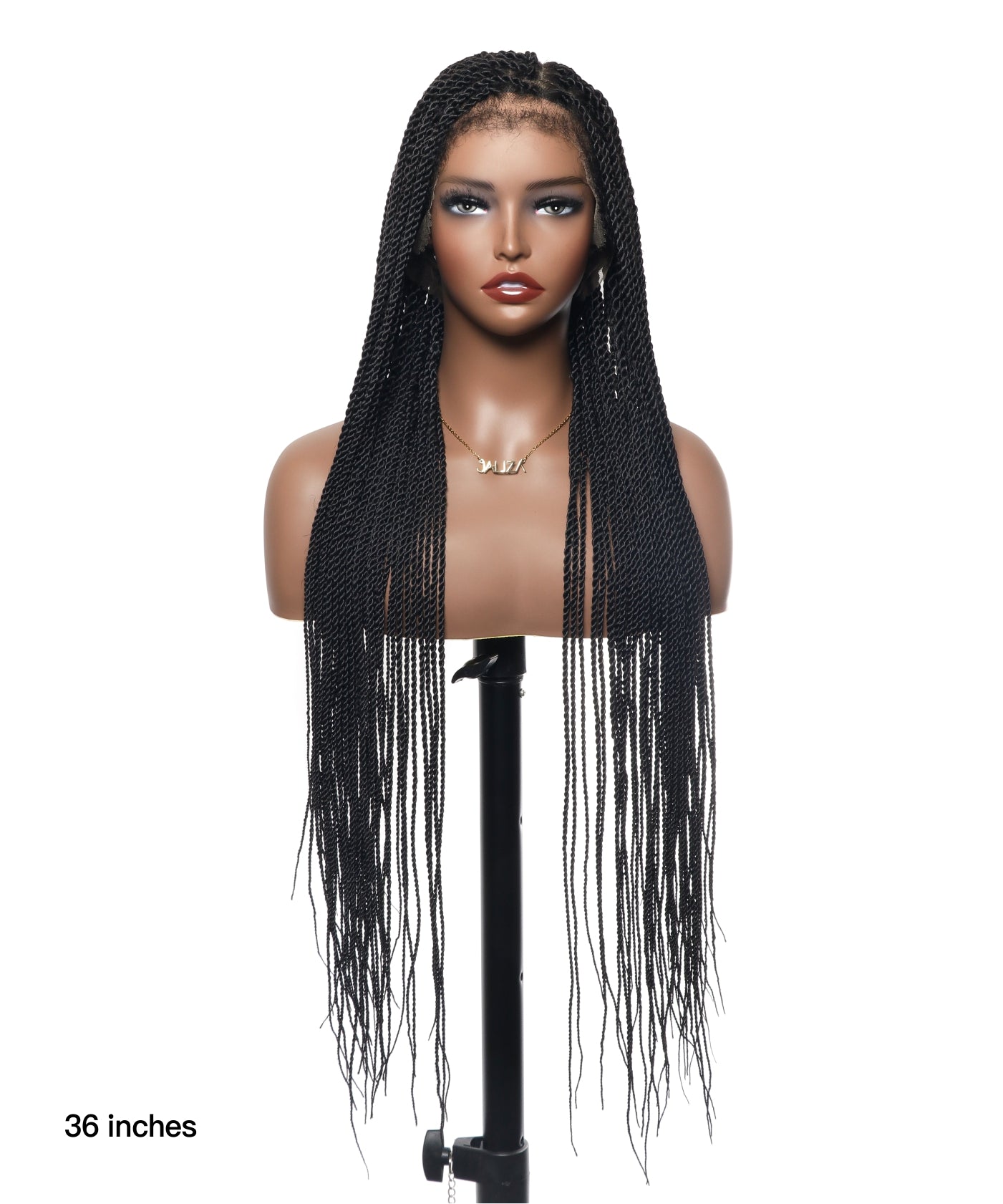
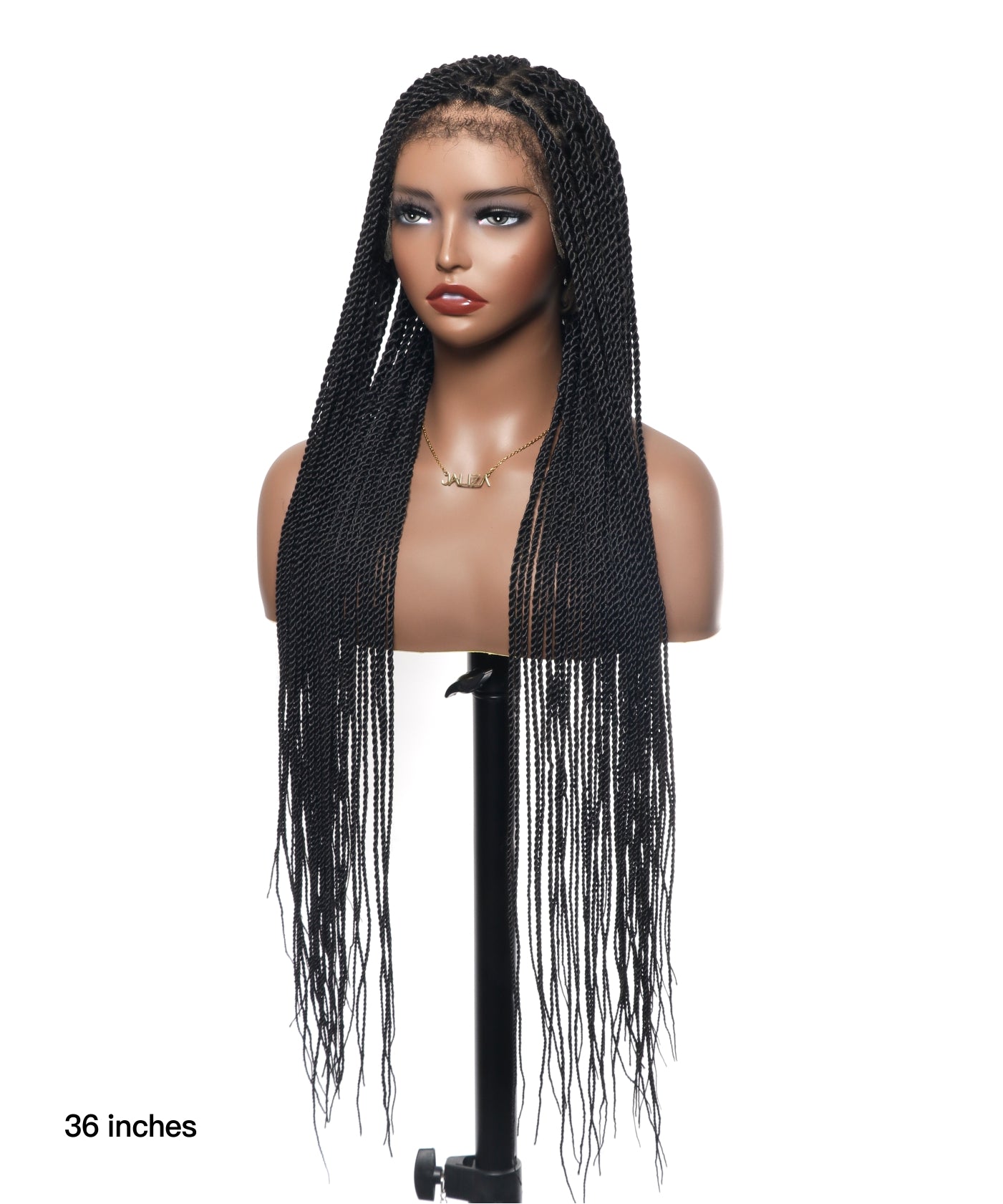
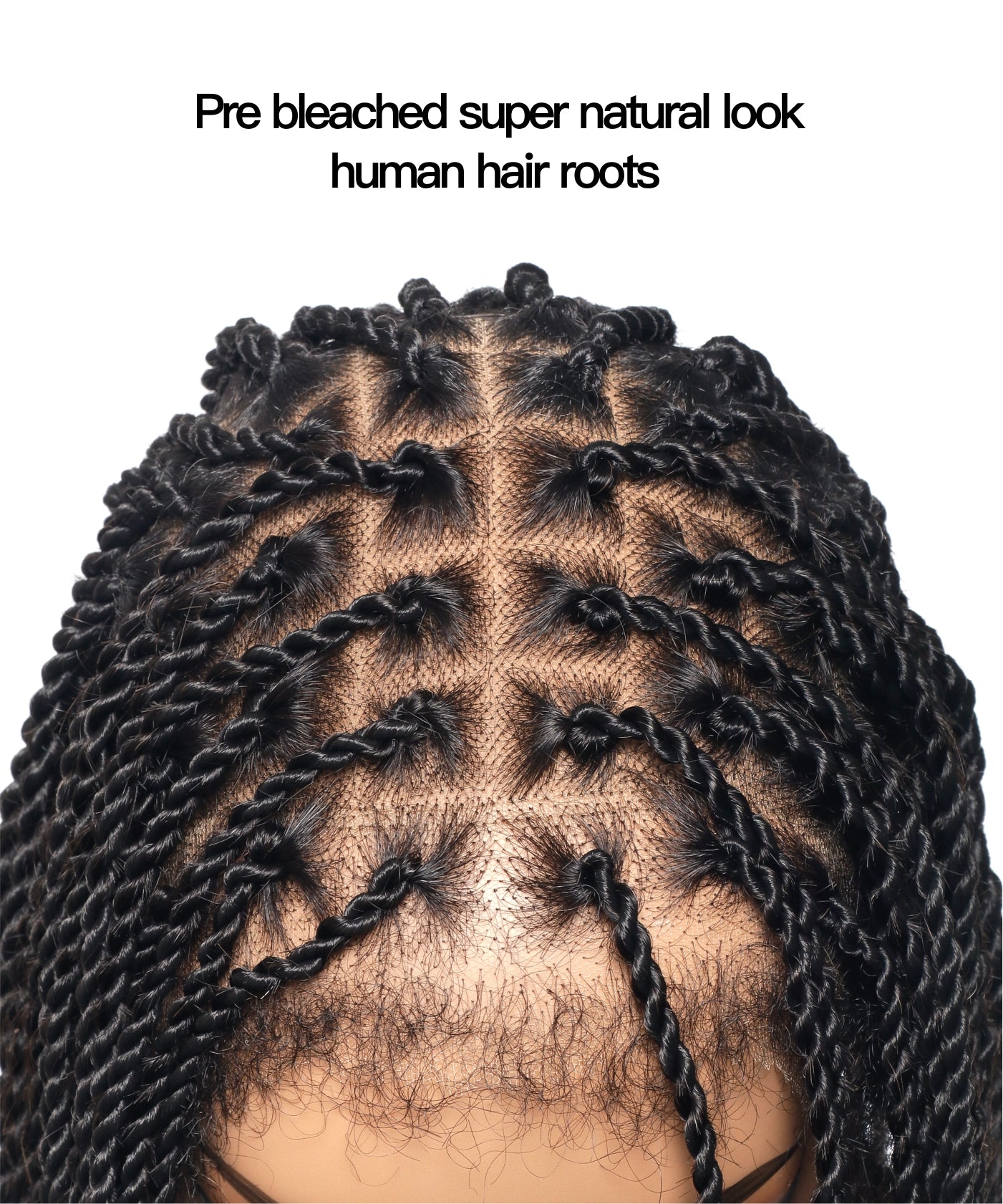
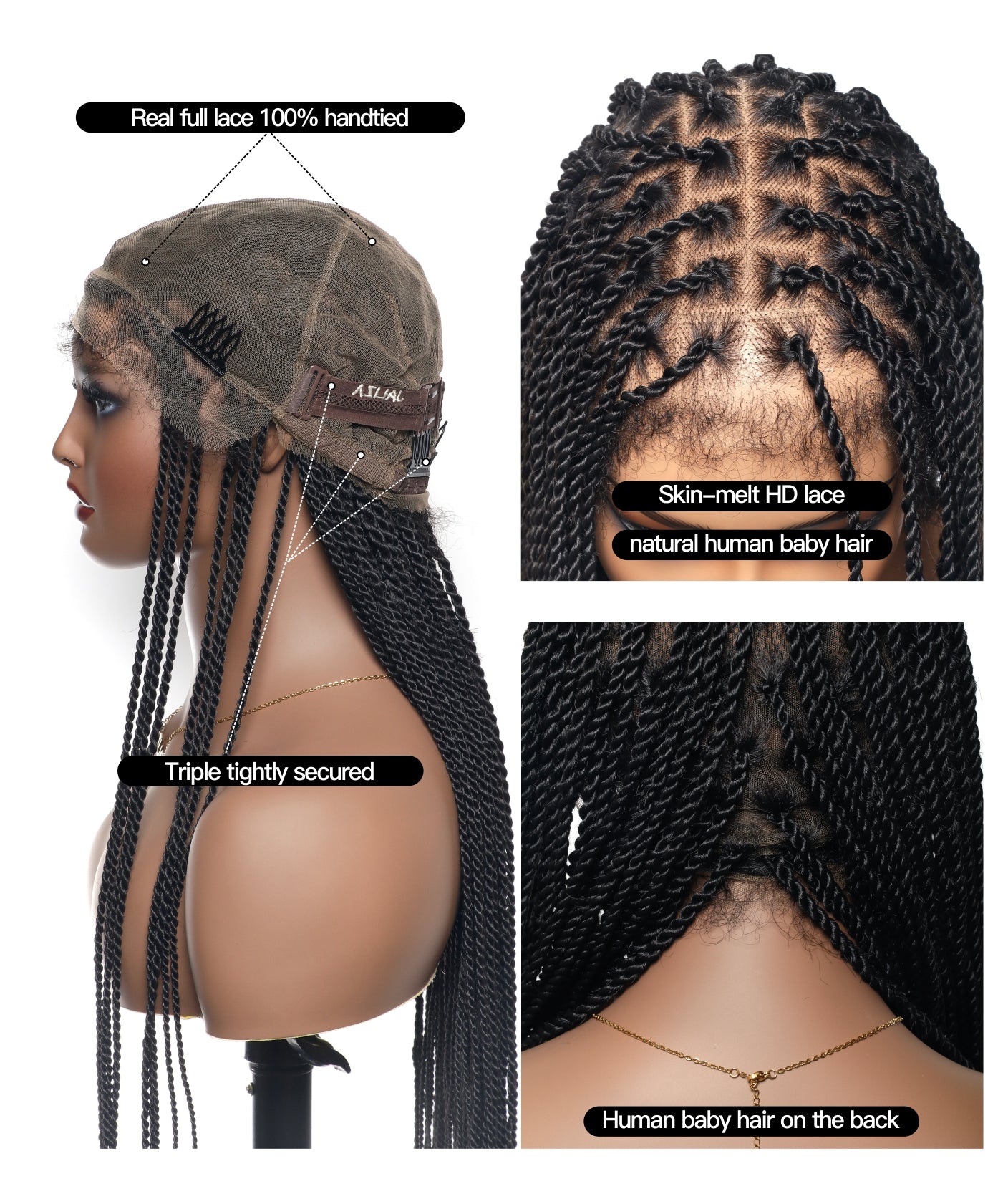
Share:
Unraveling the Mystery: What Causes Frizz in Knotless Braids?
Unraveling the Myth: Understanding the "Knotless" in Knotless Braids